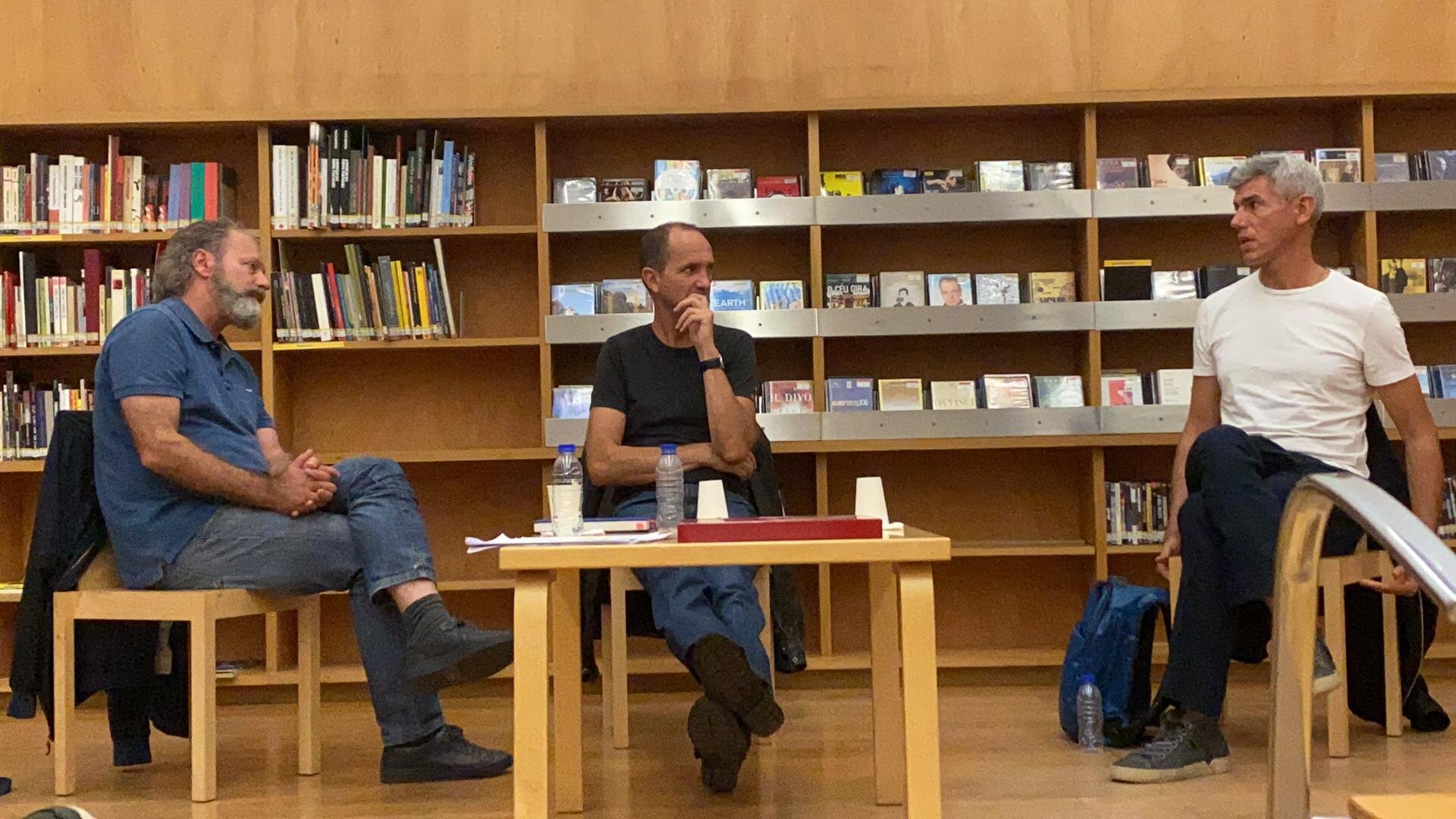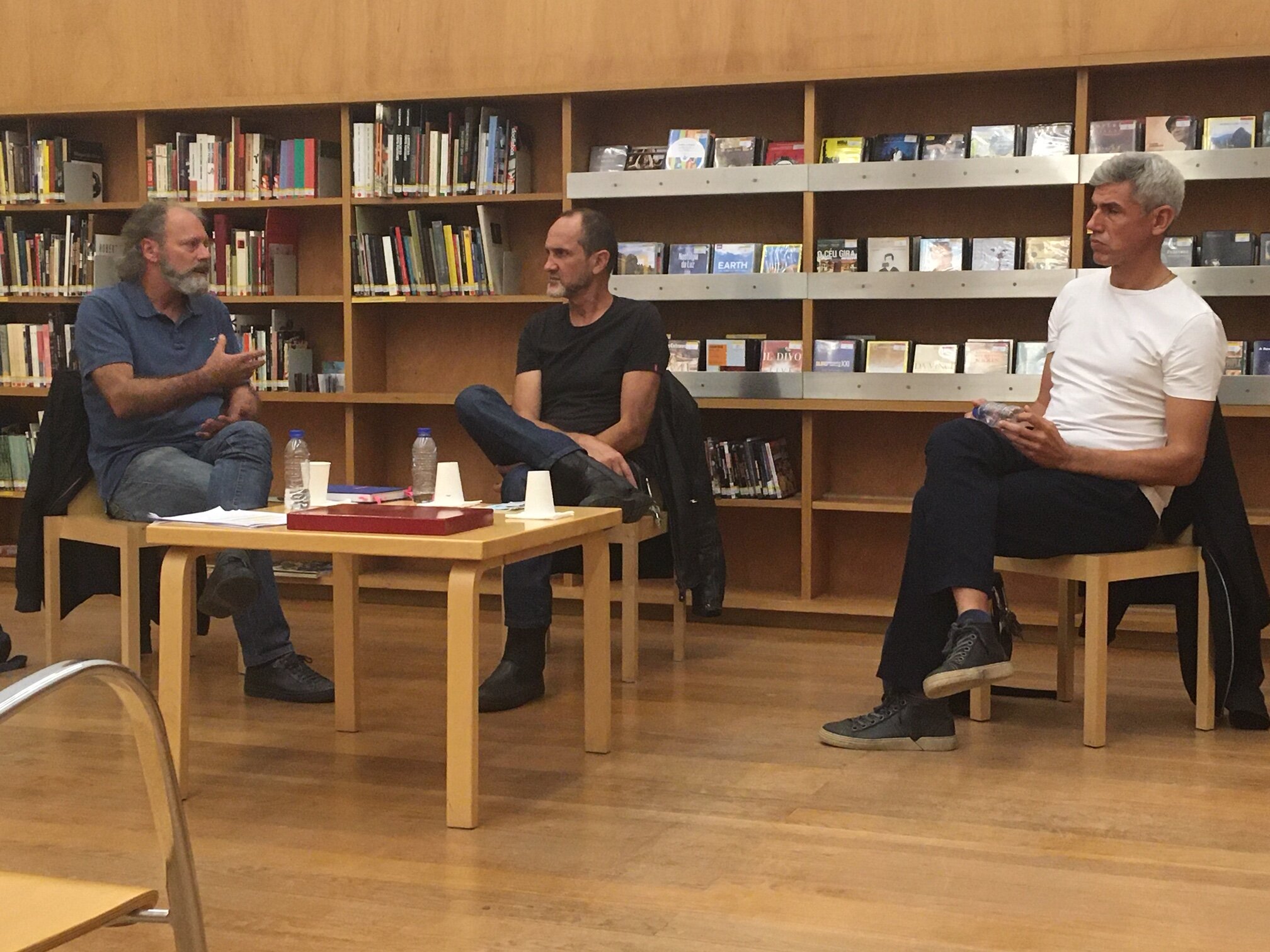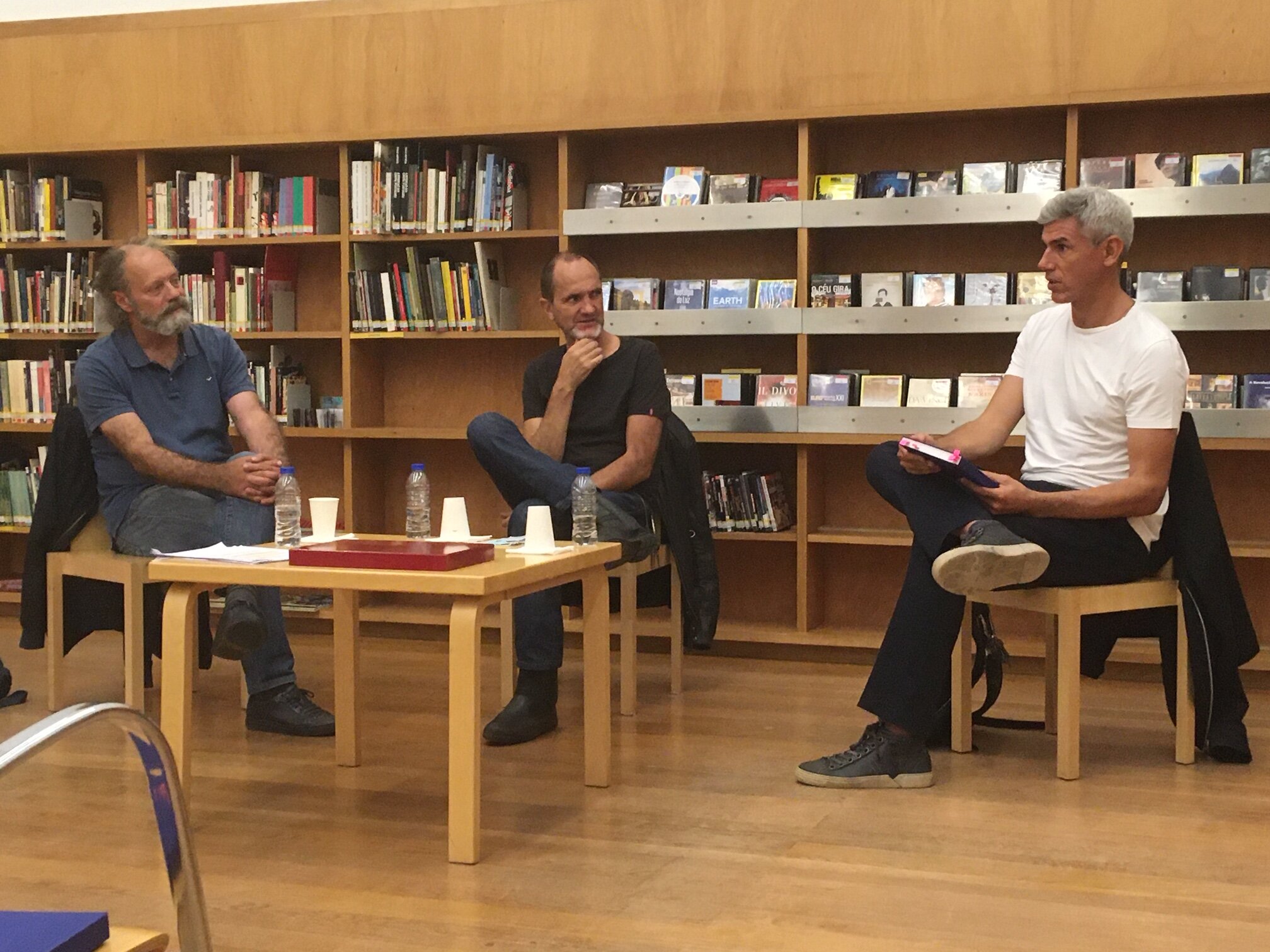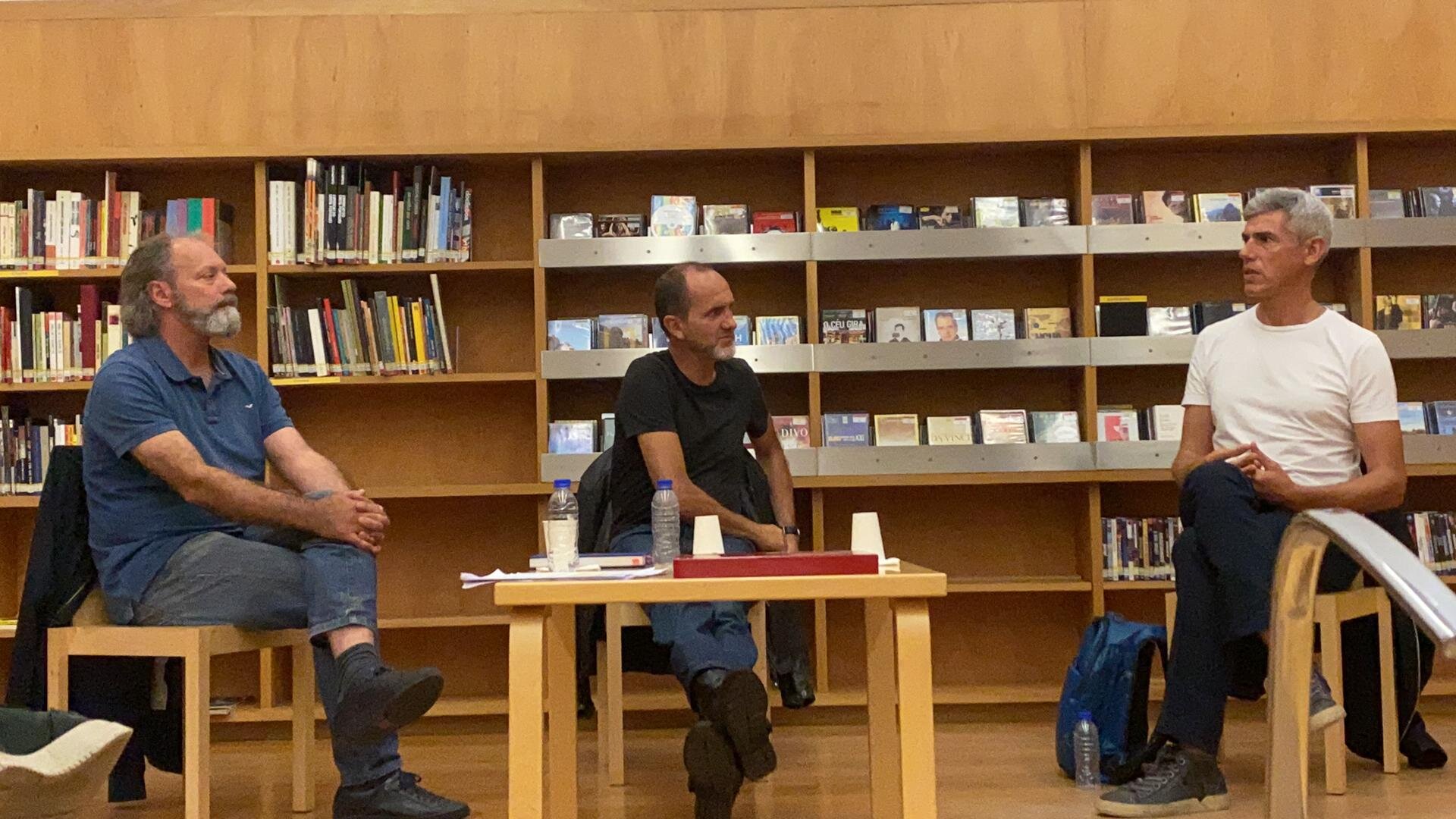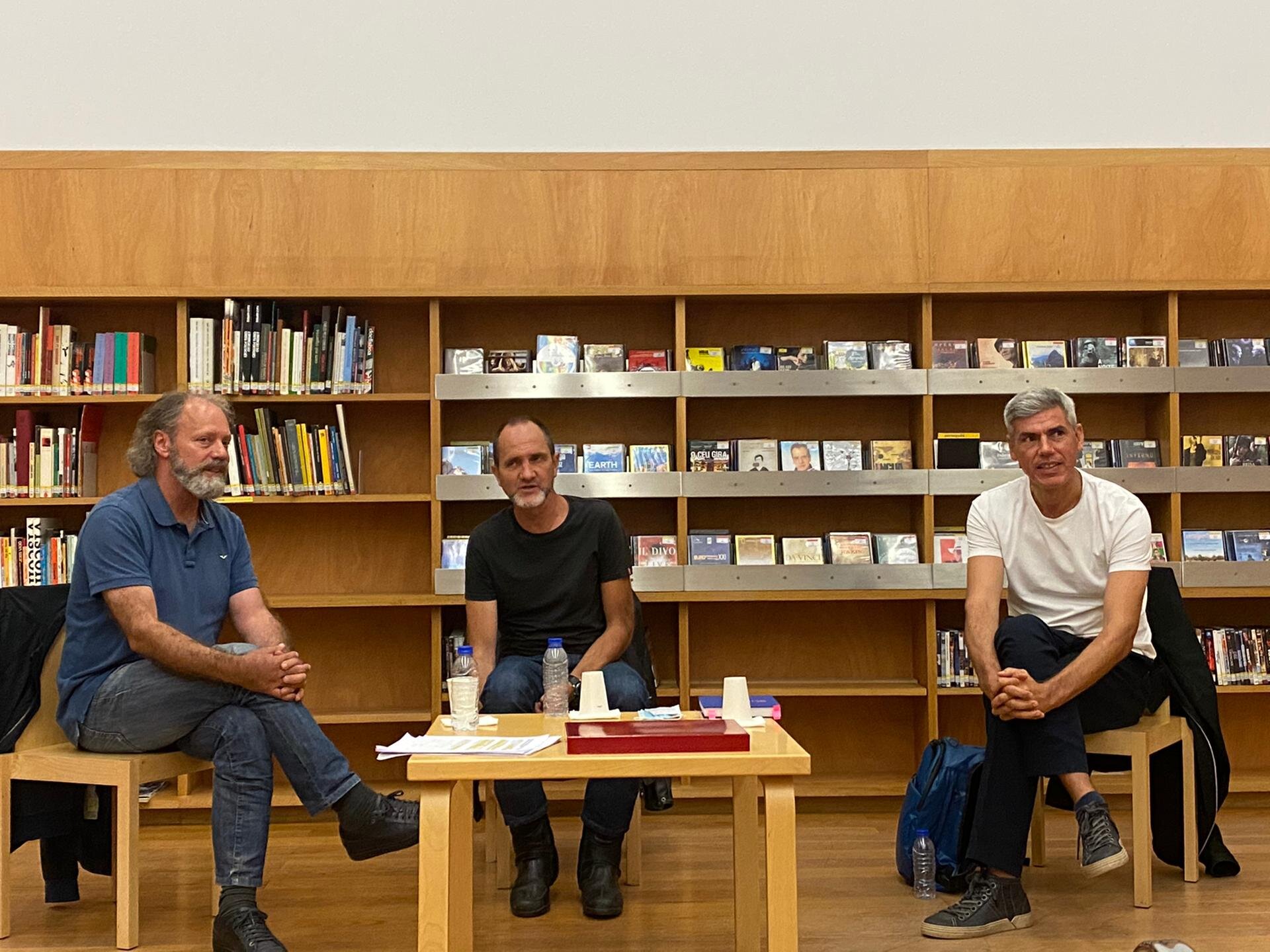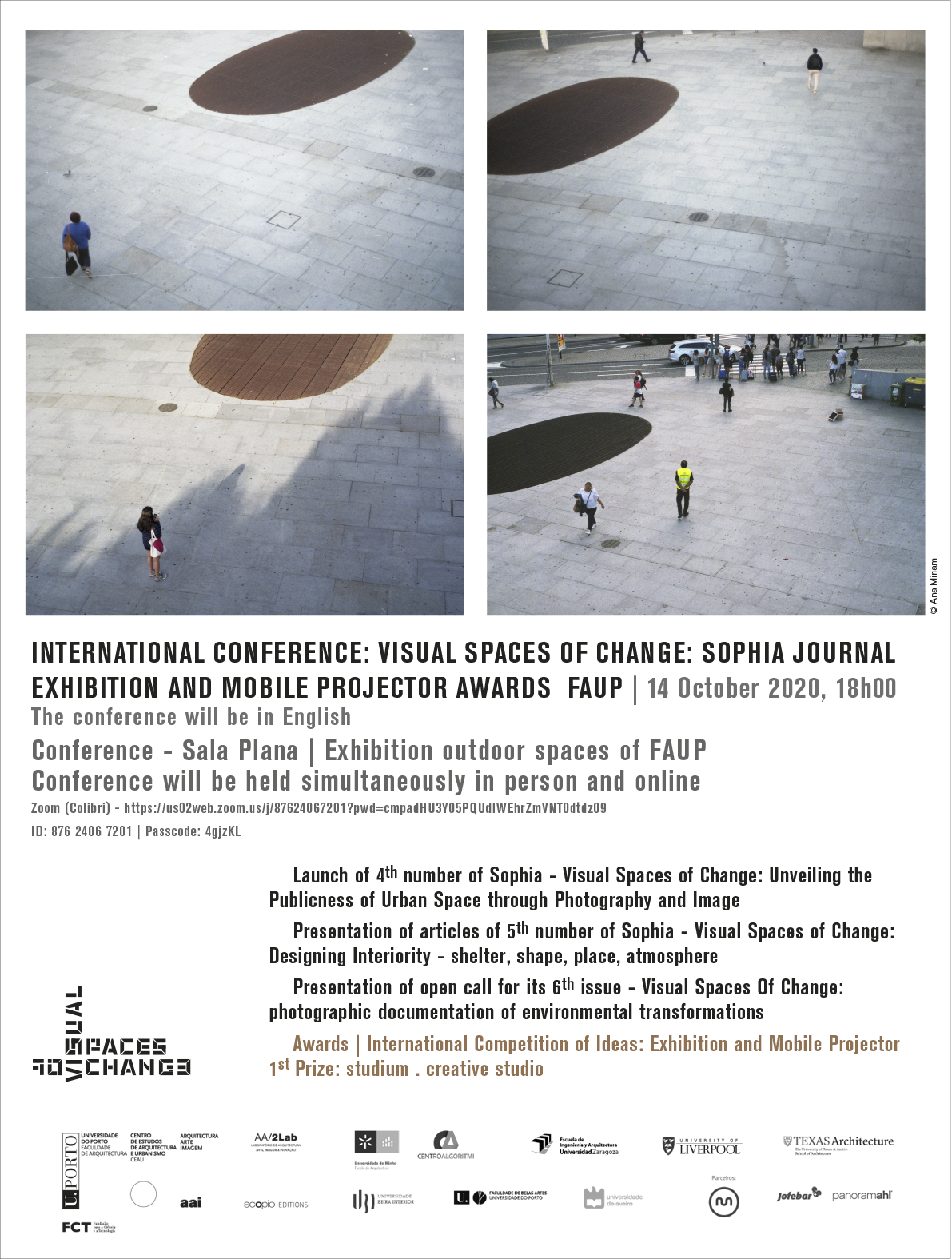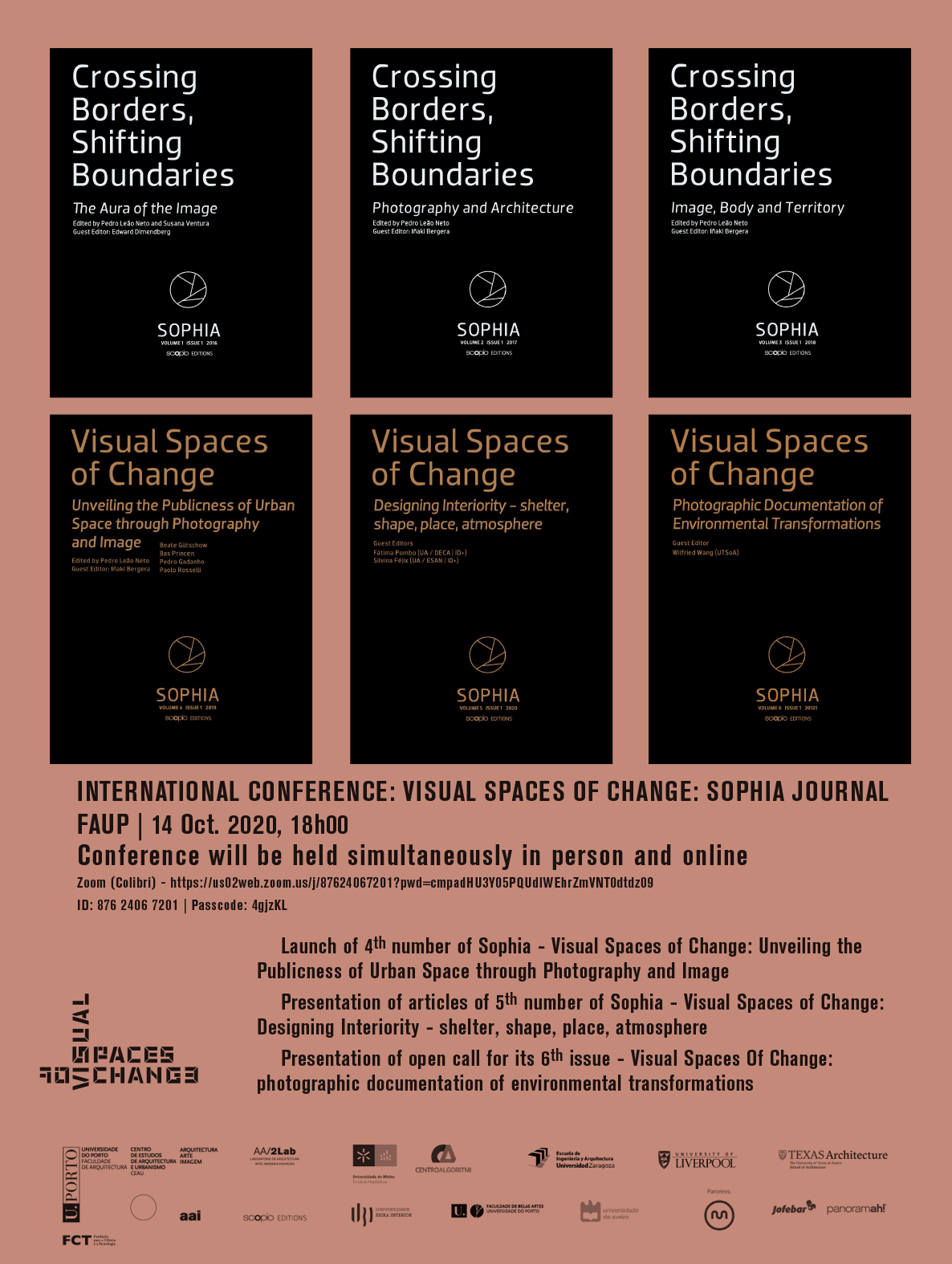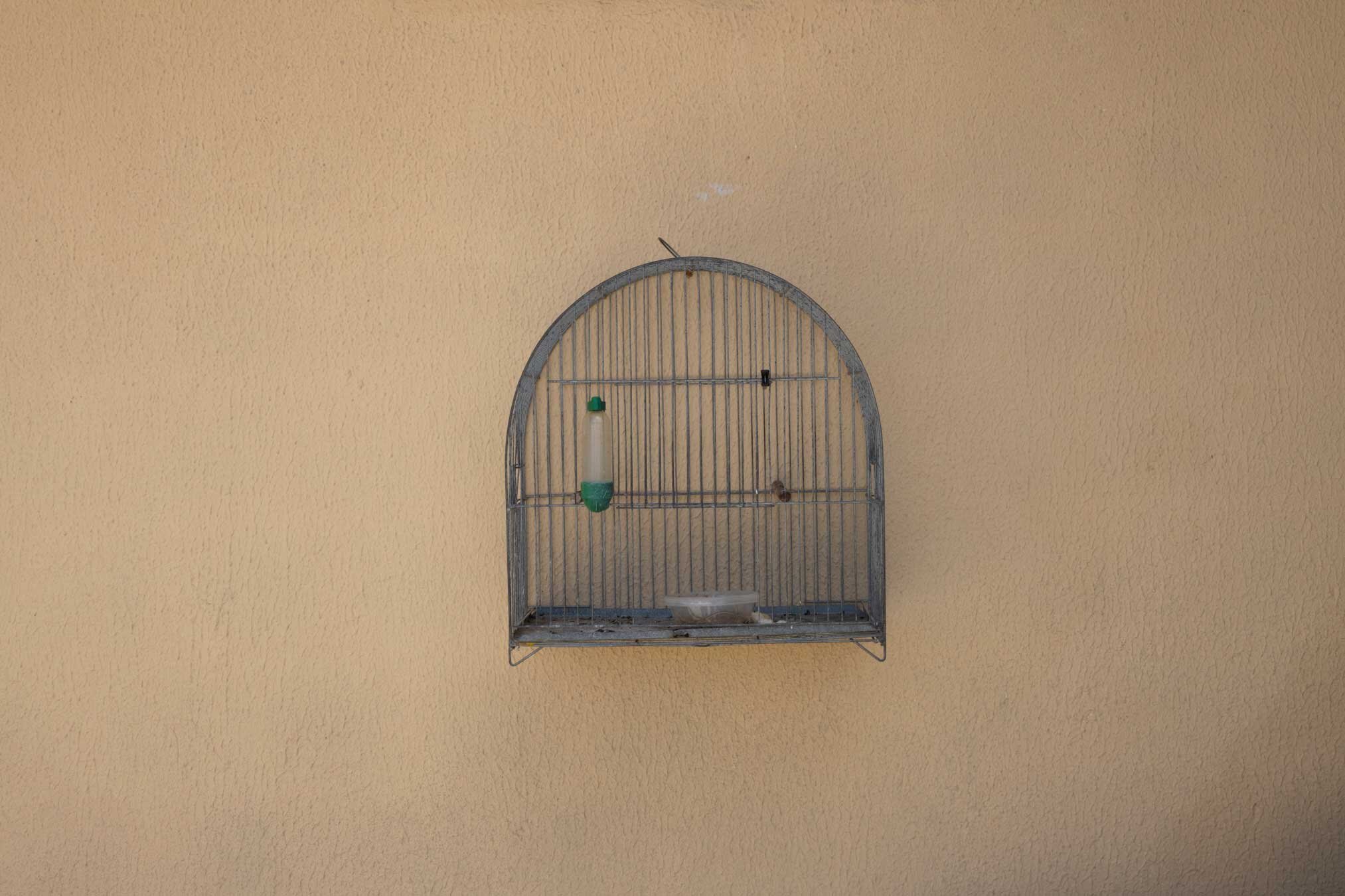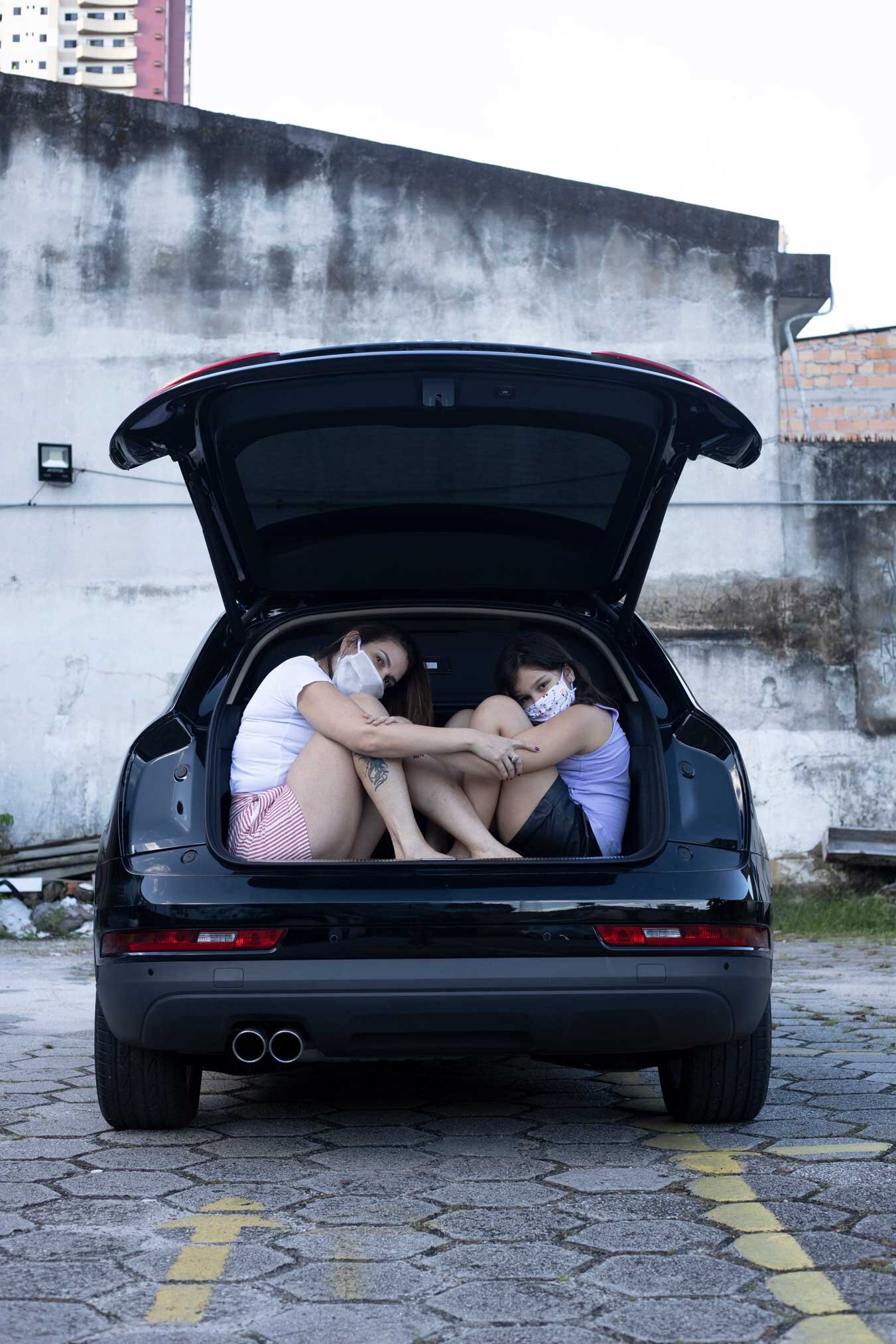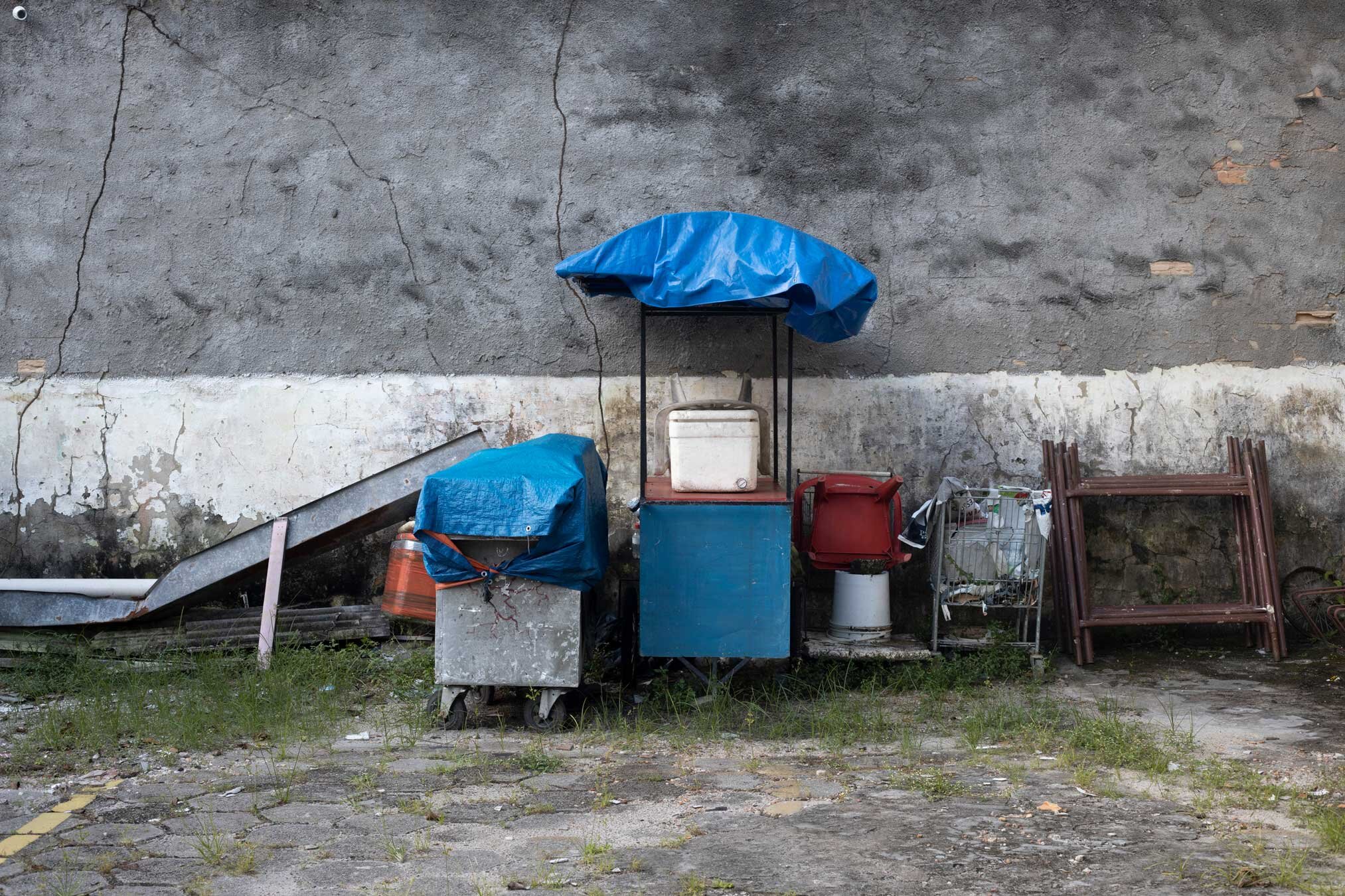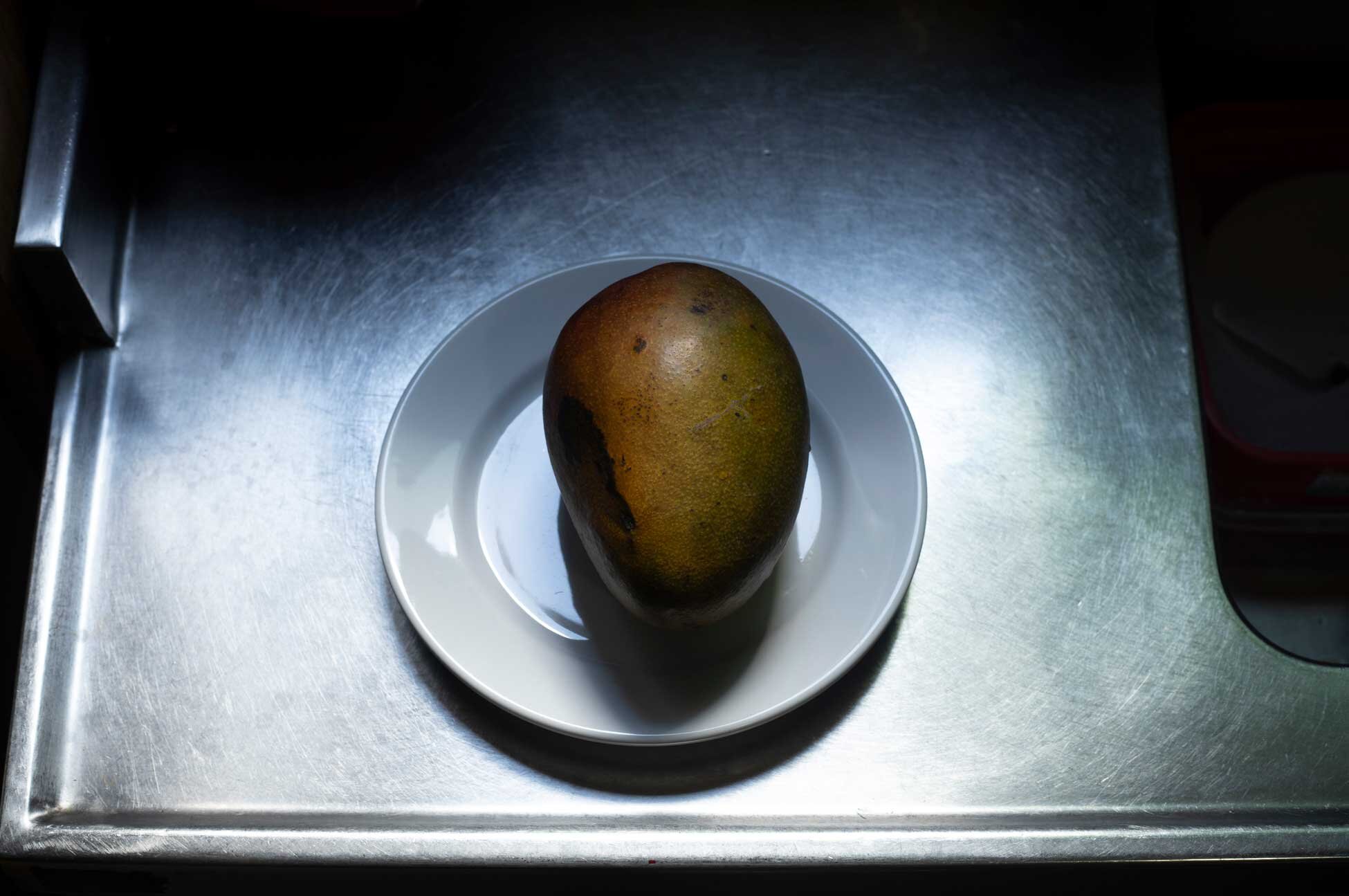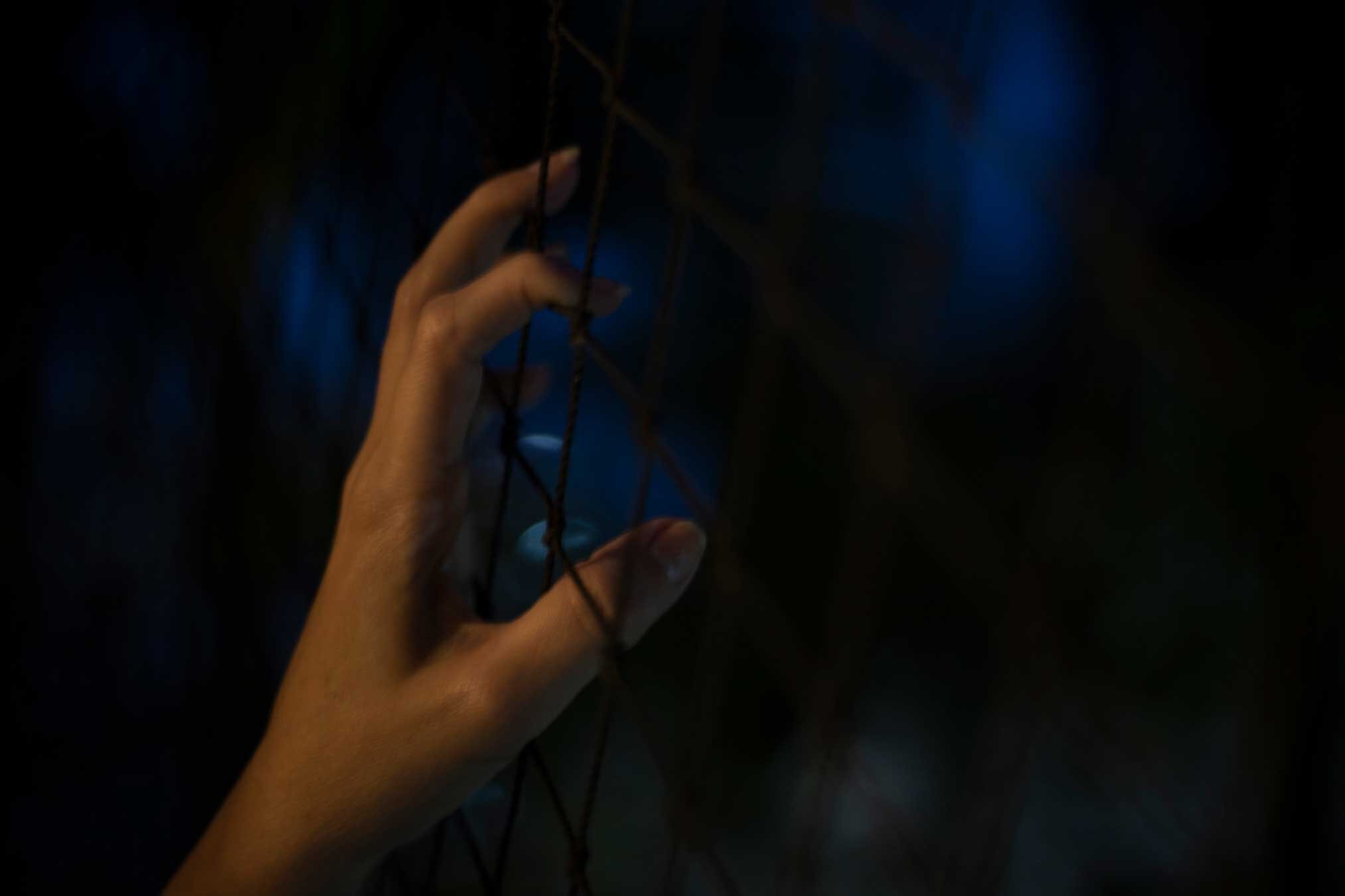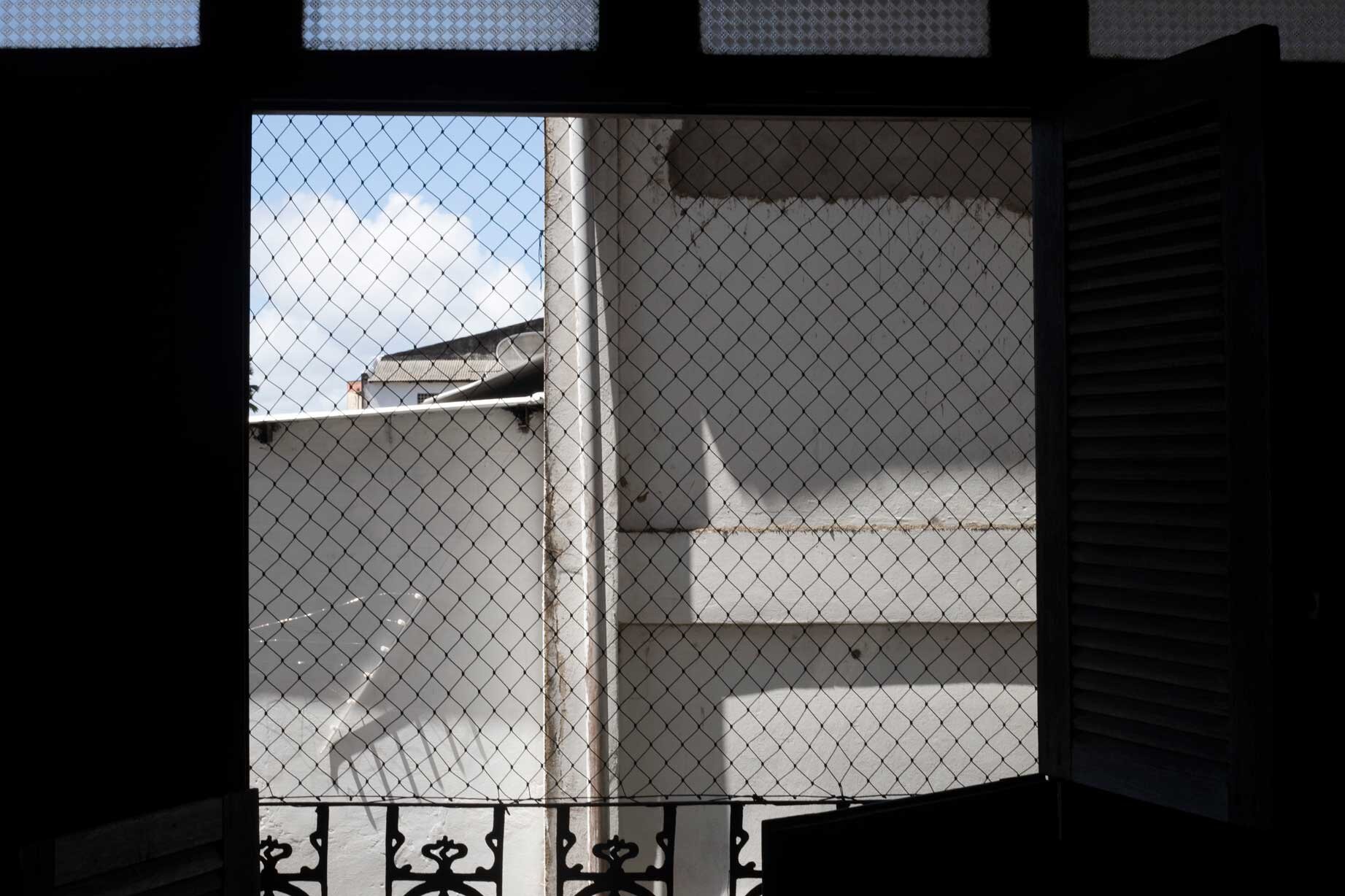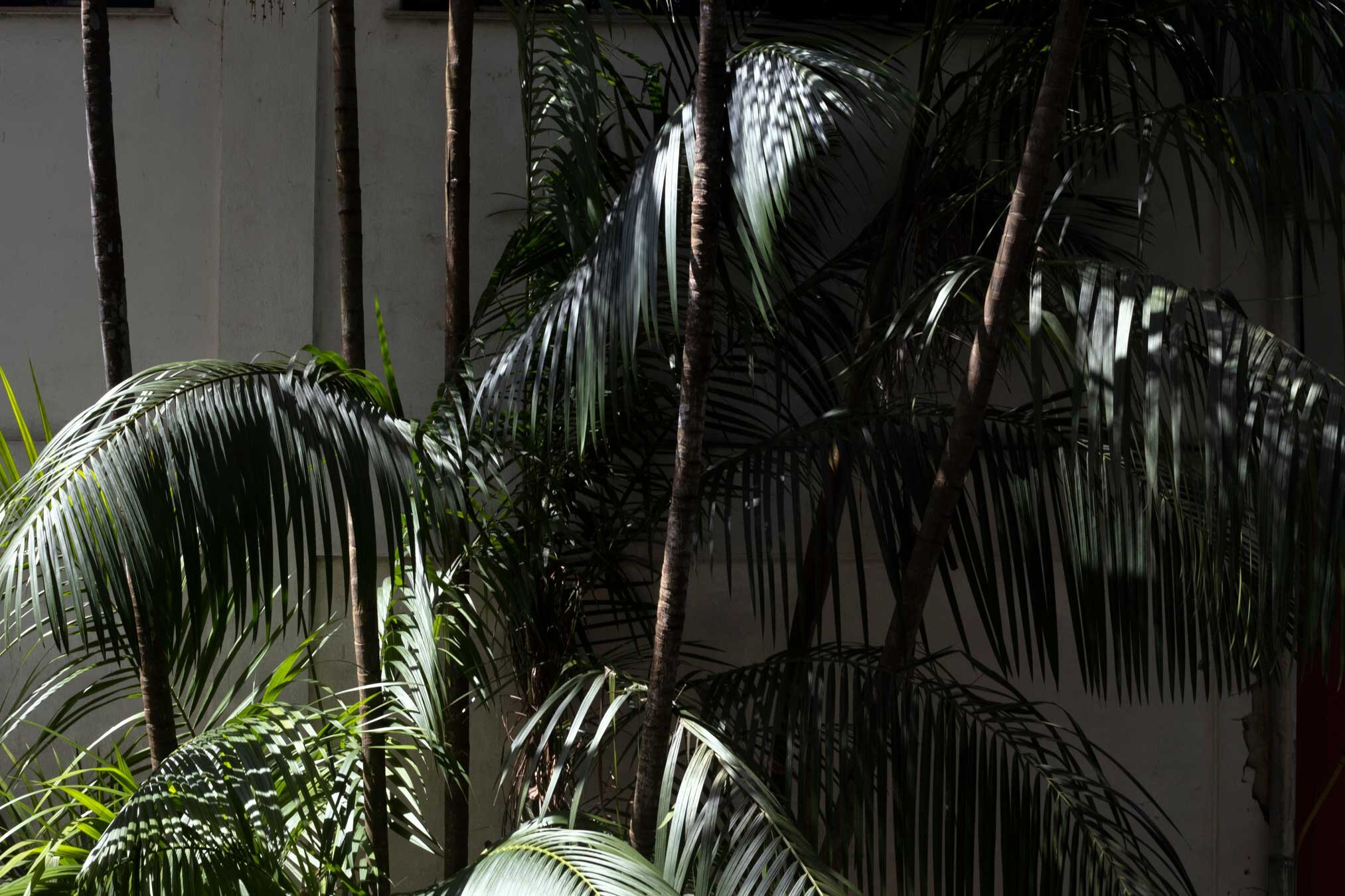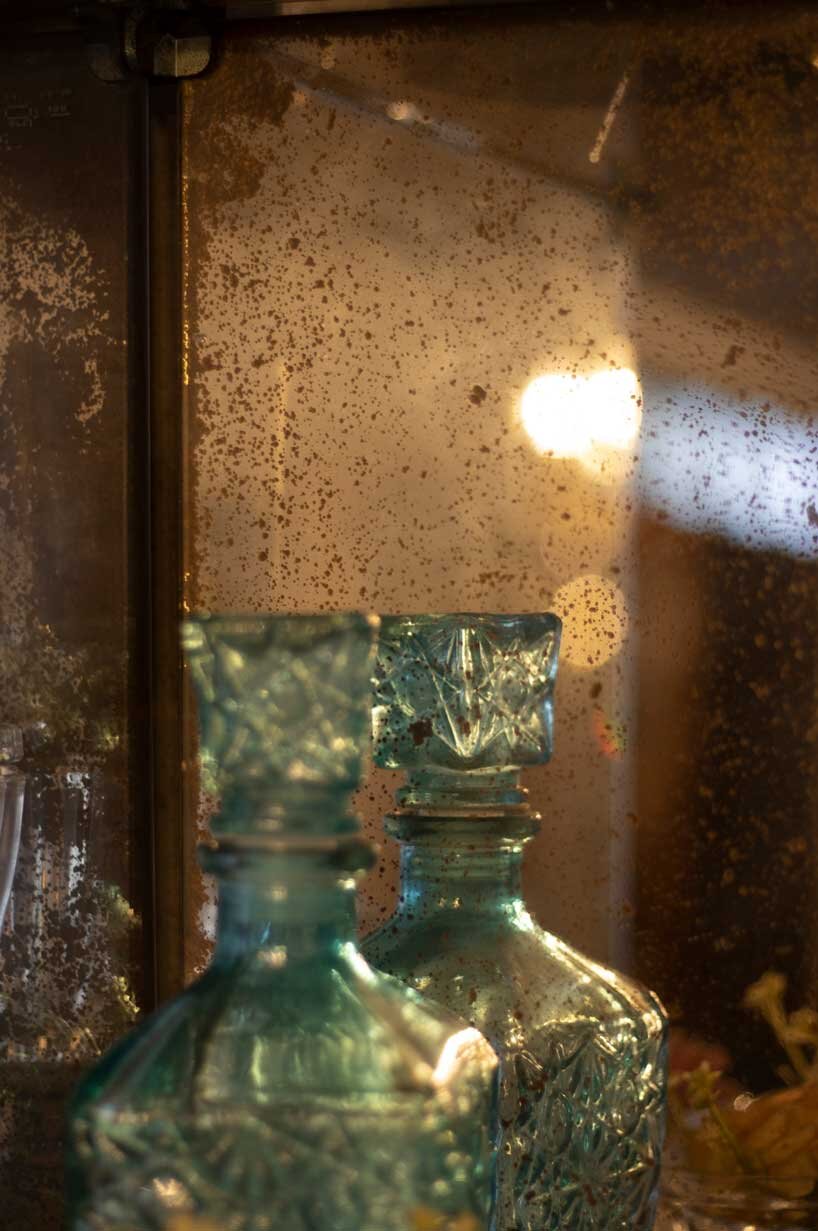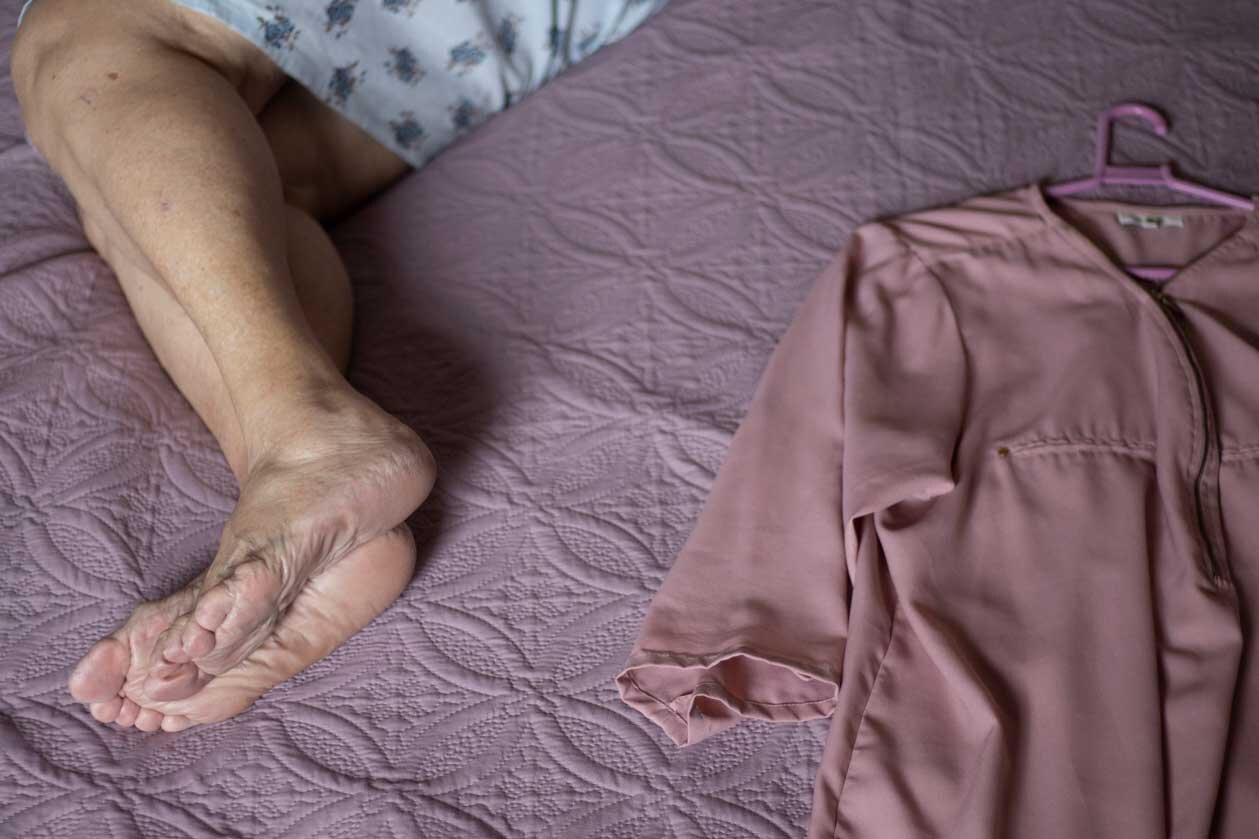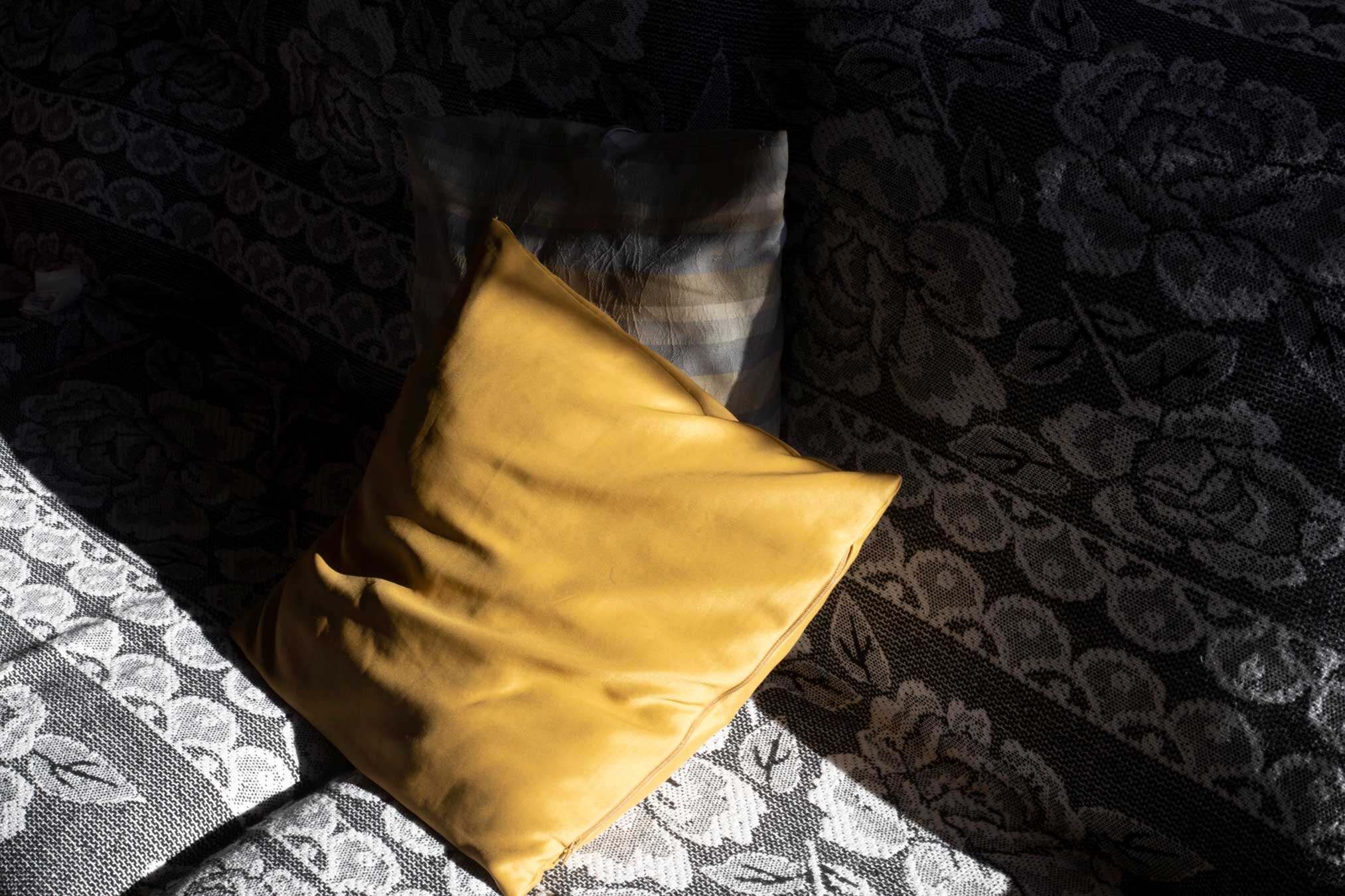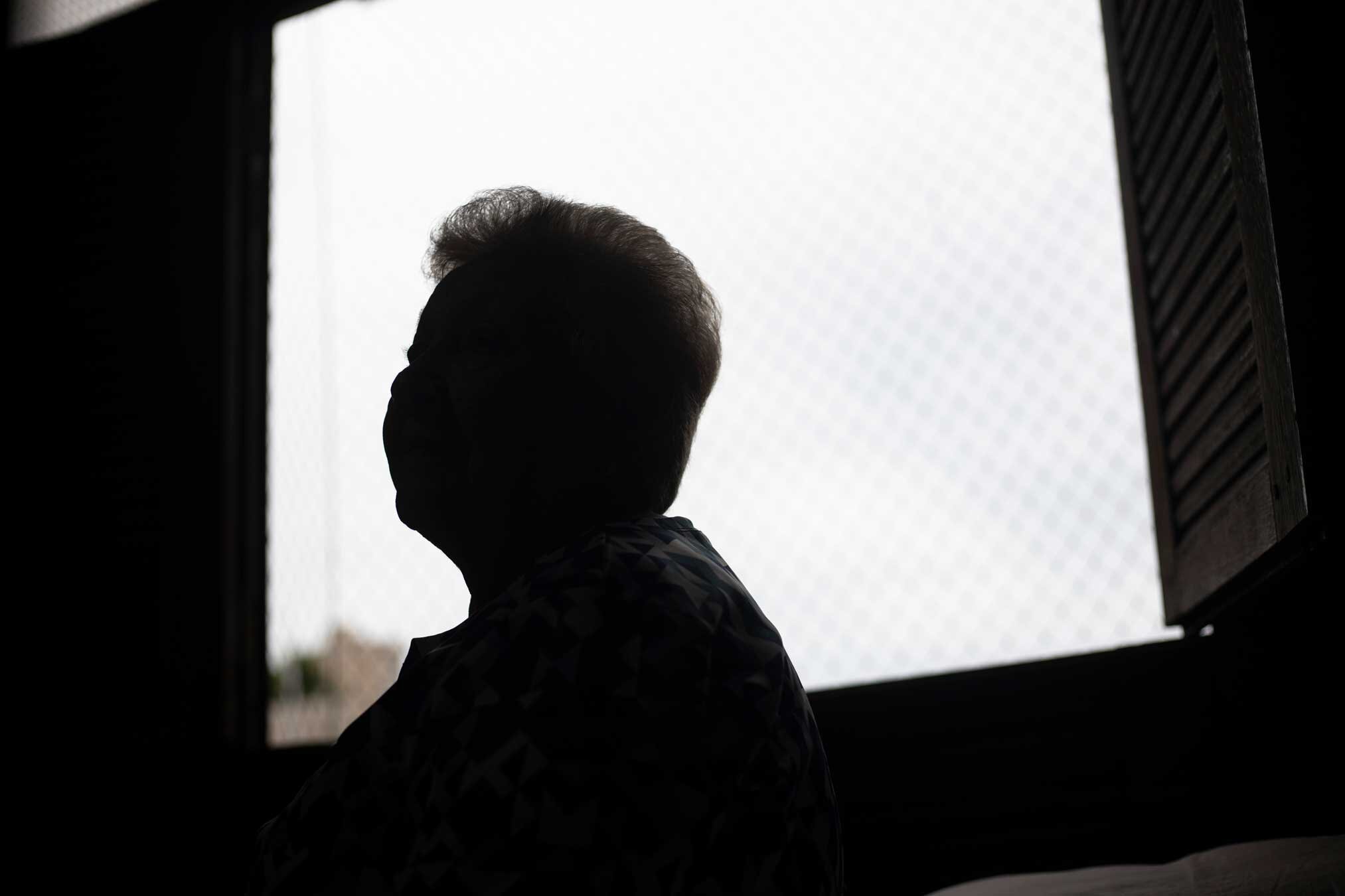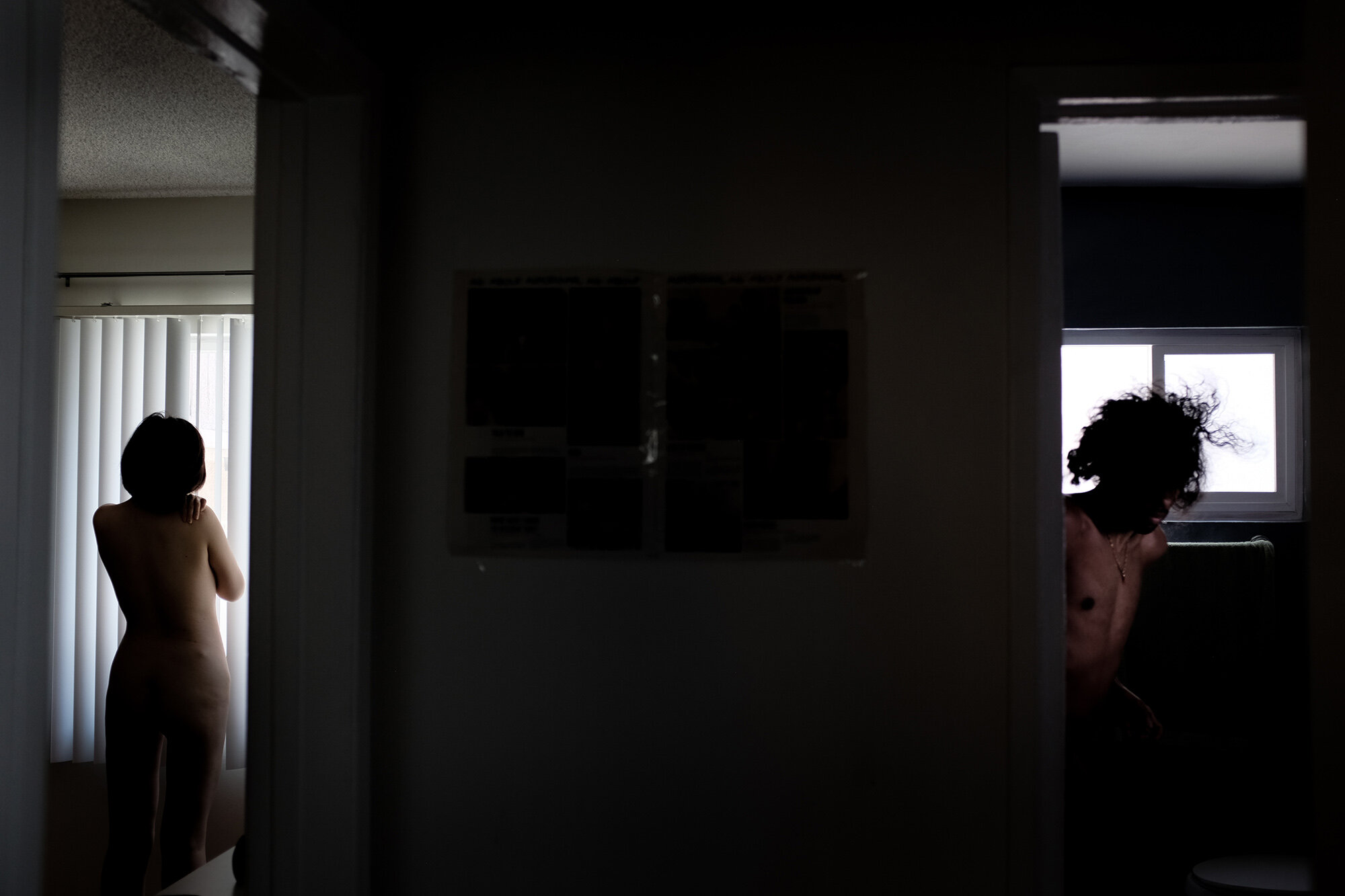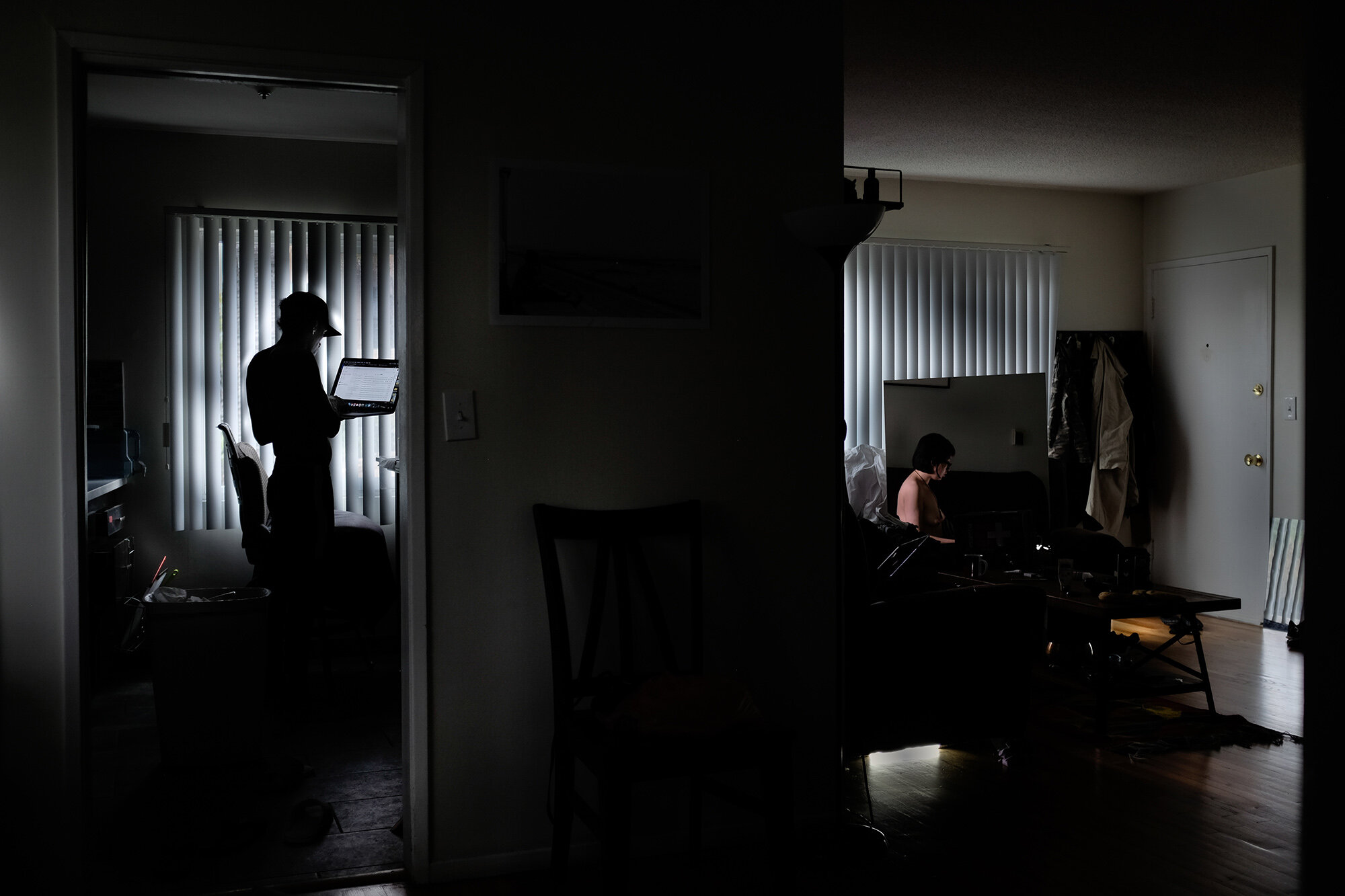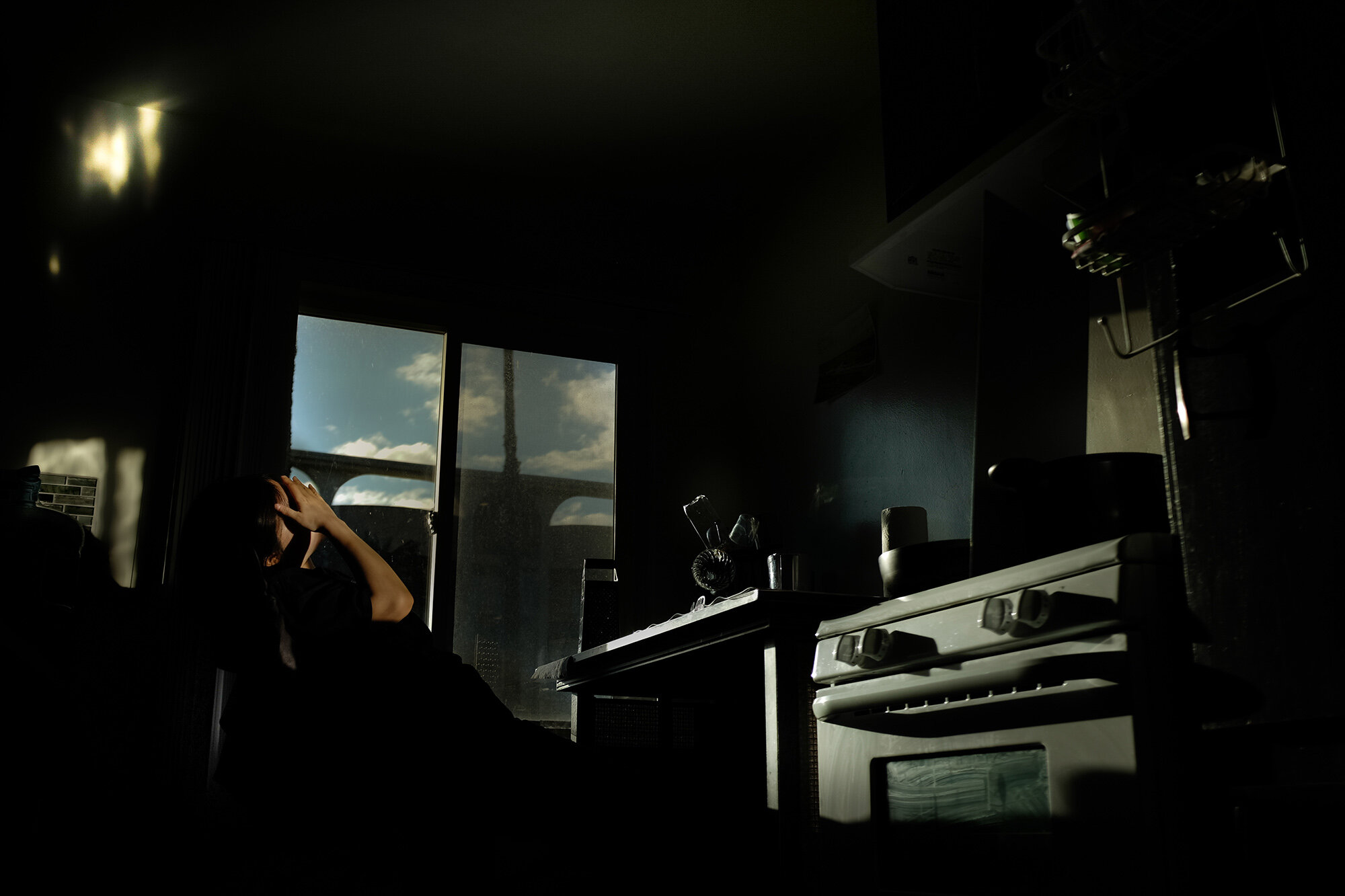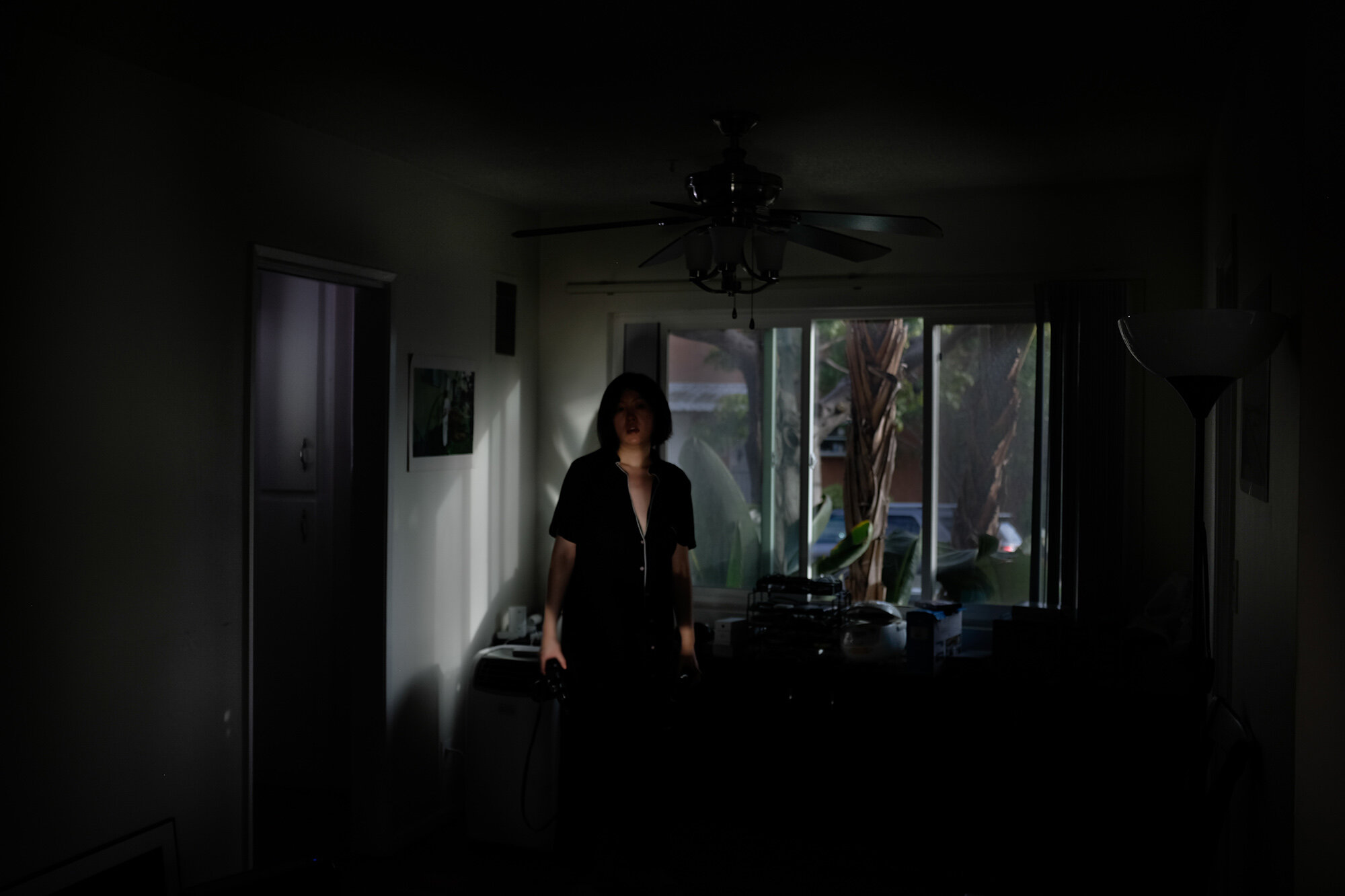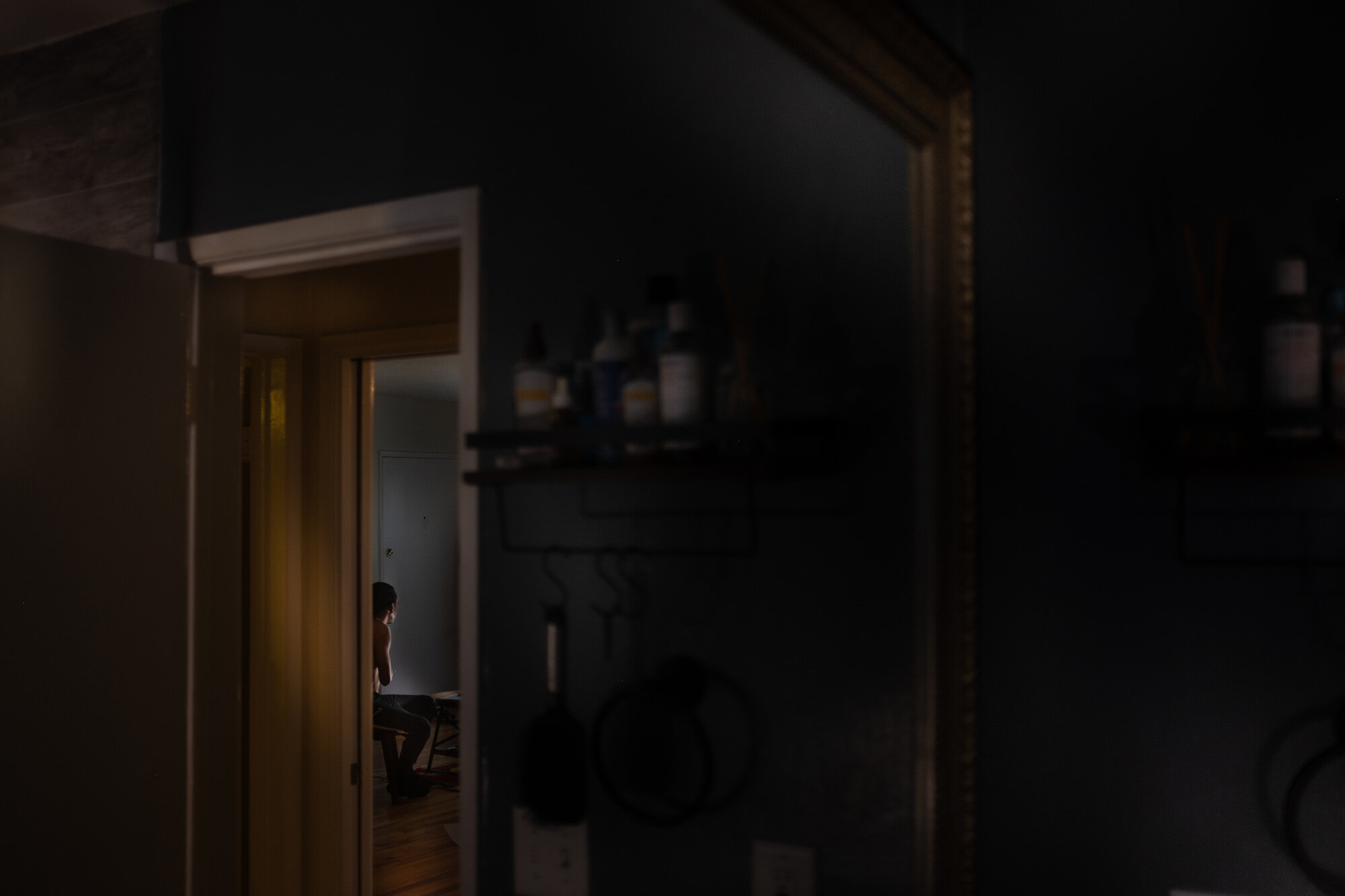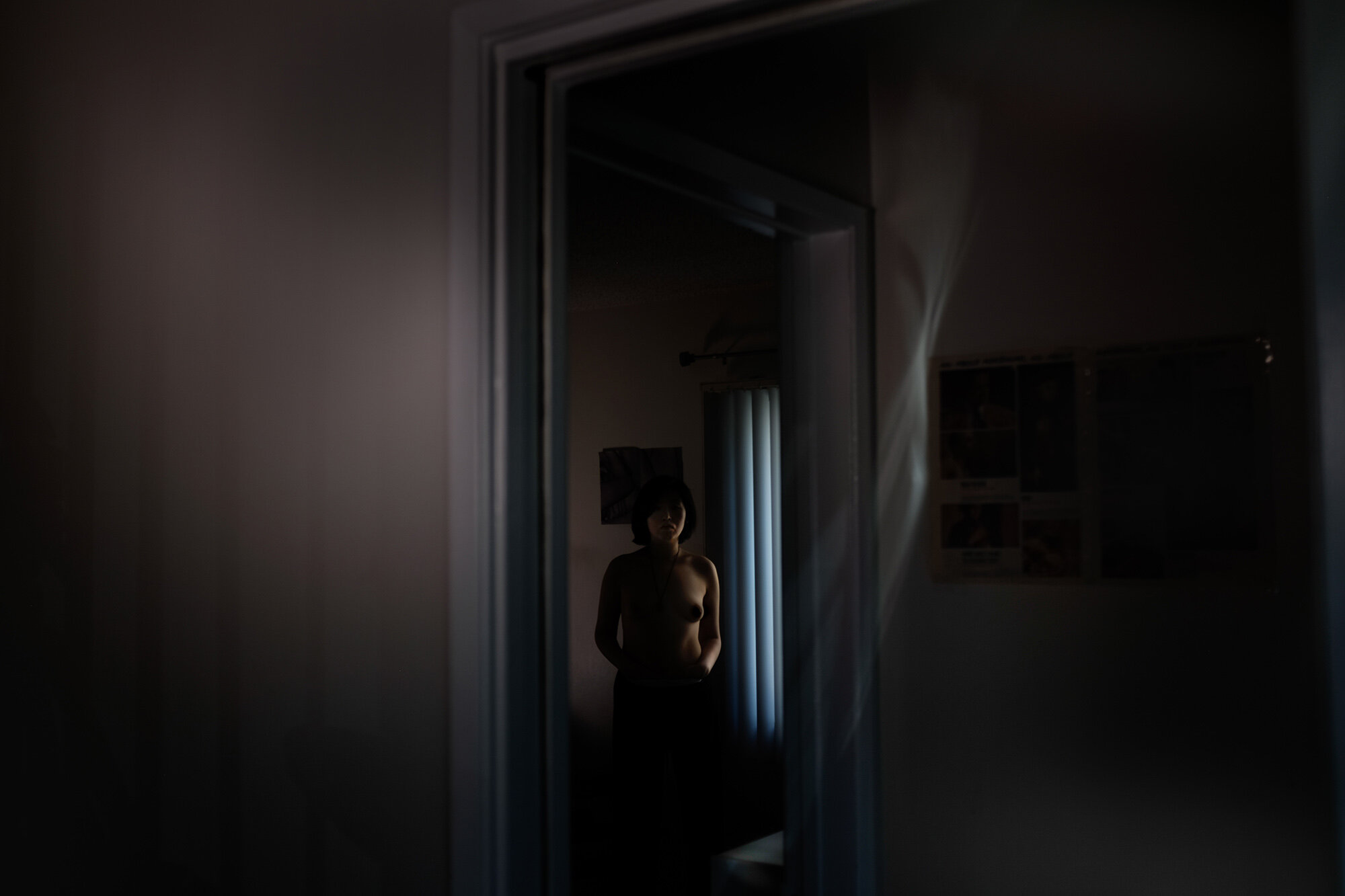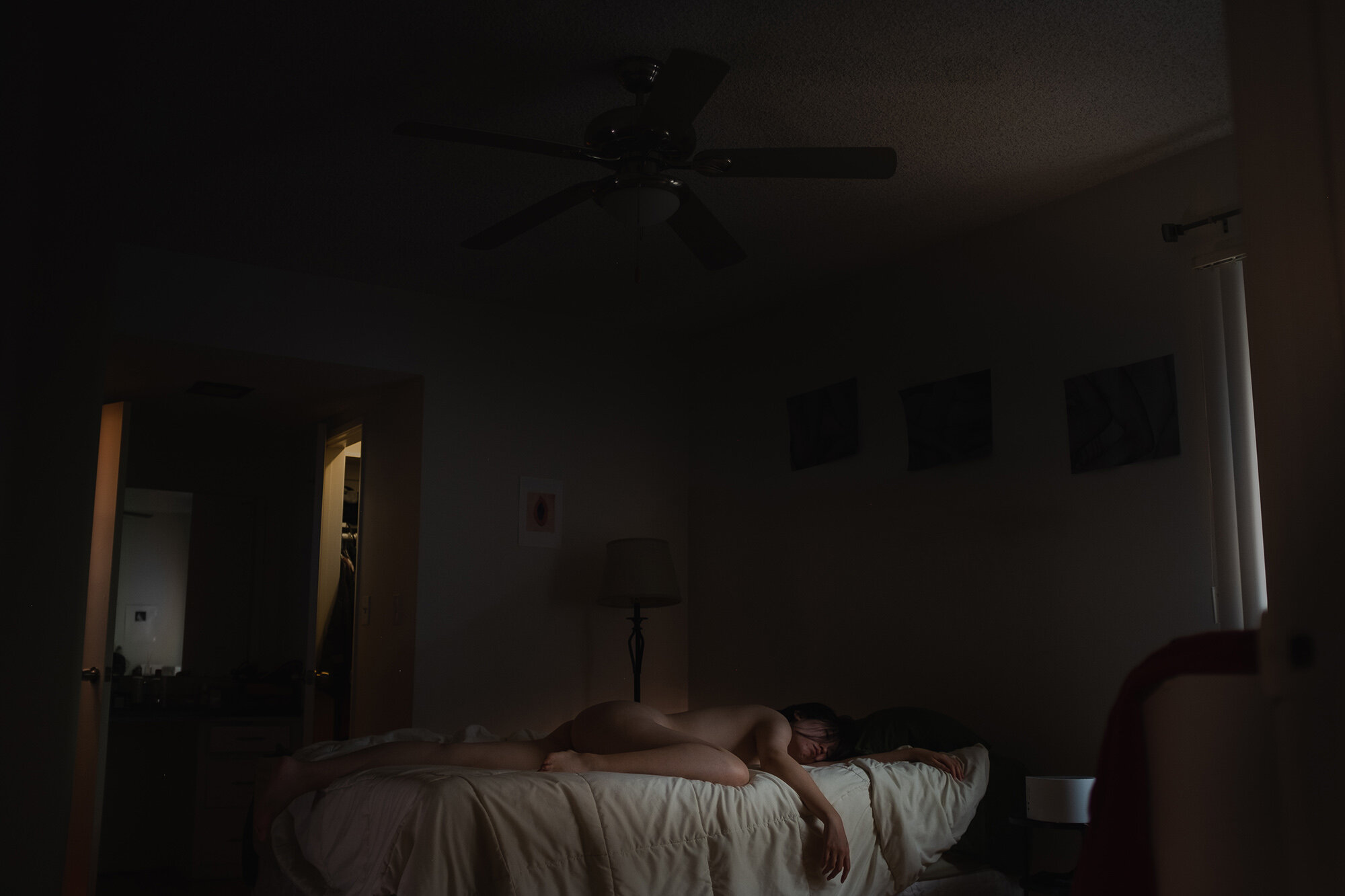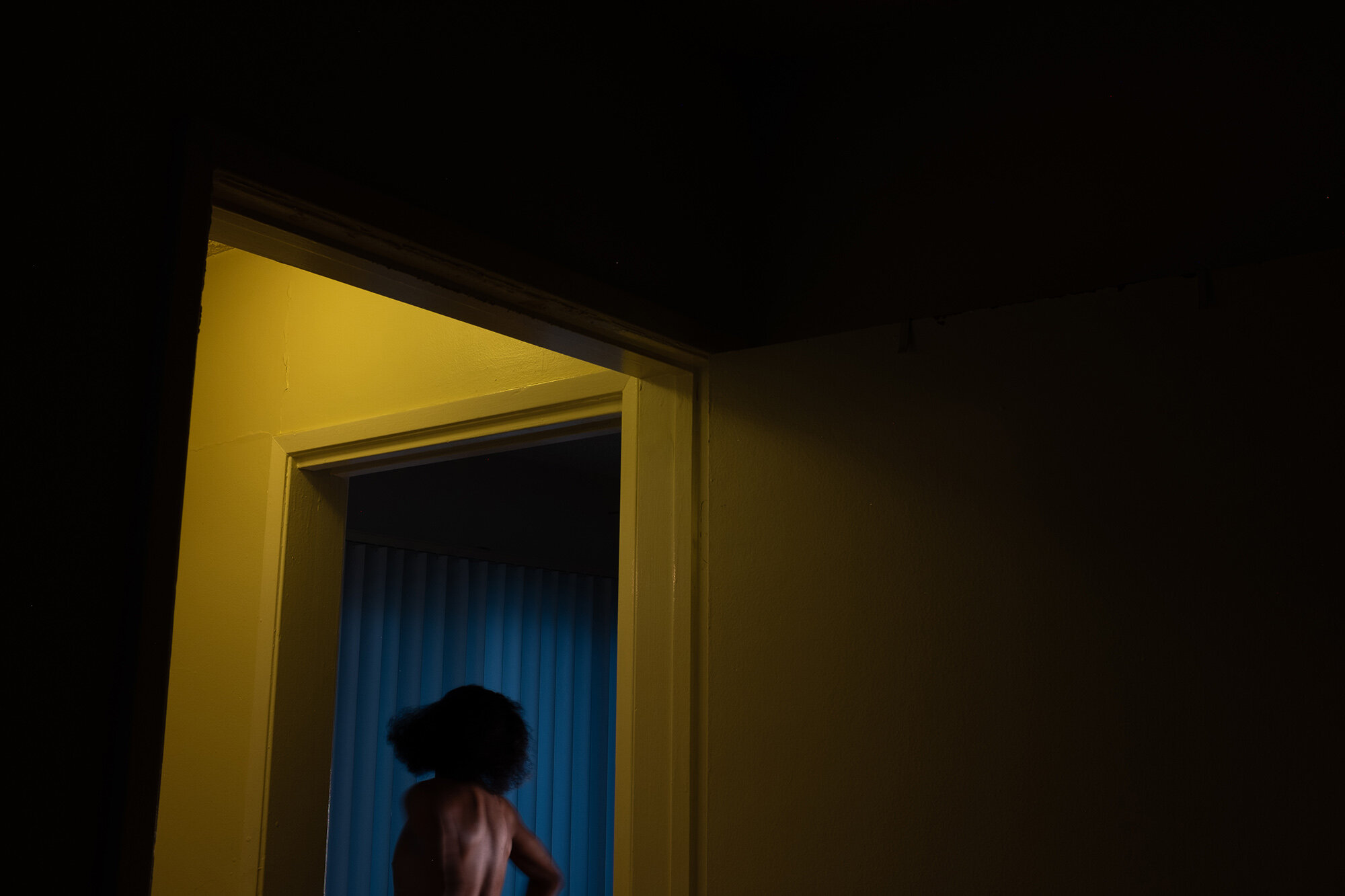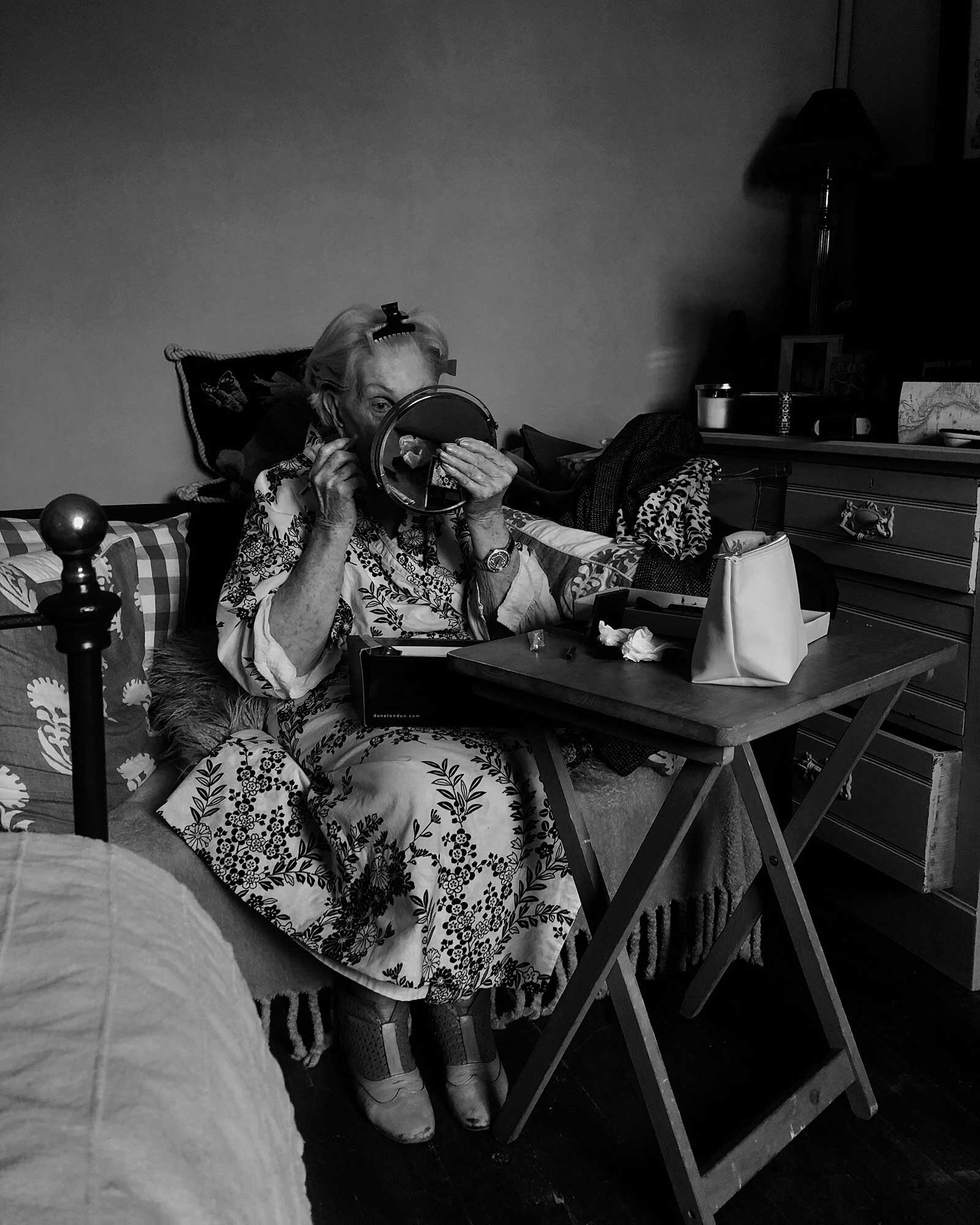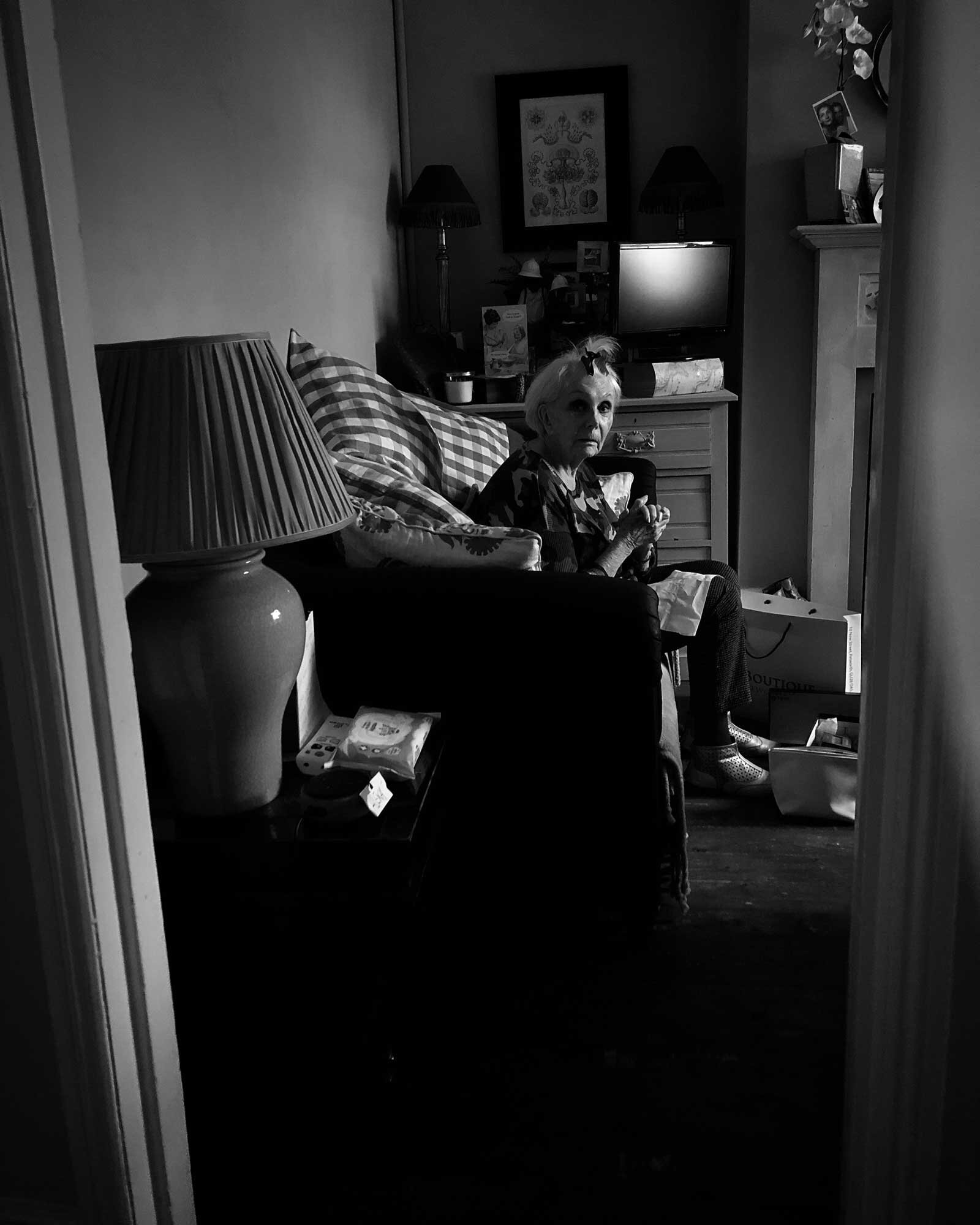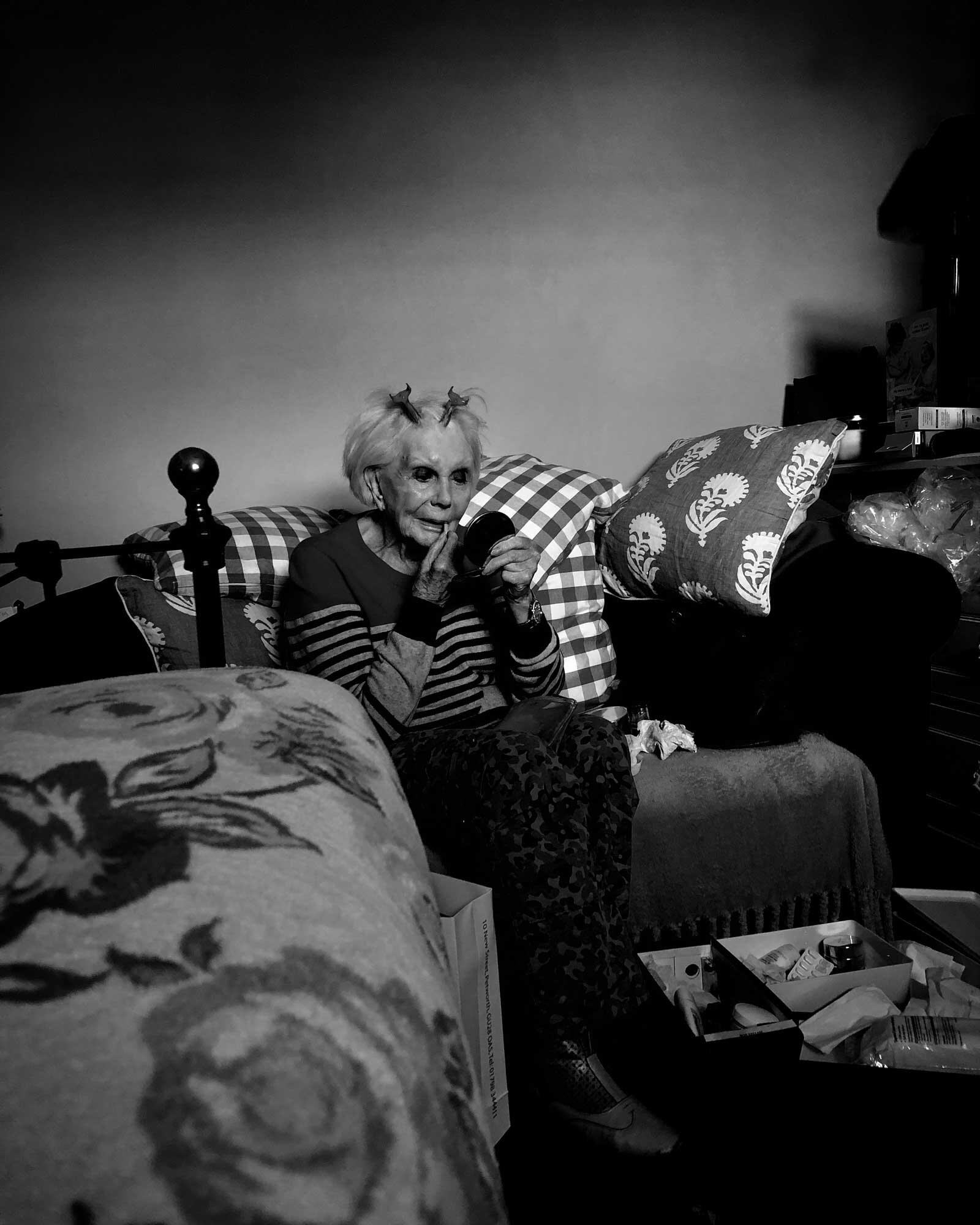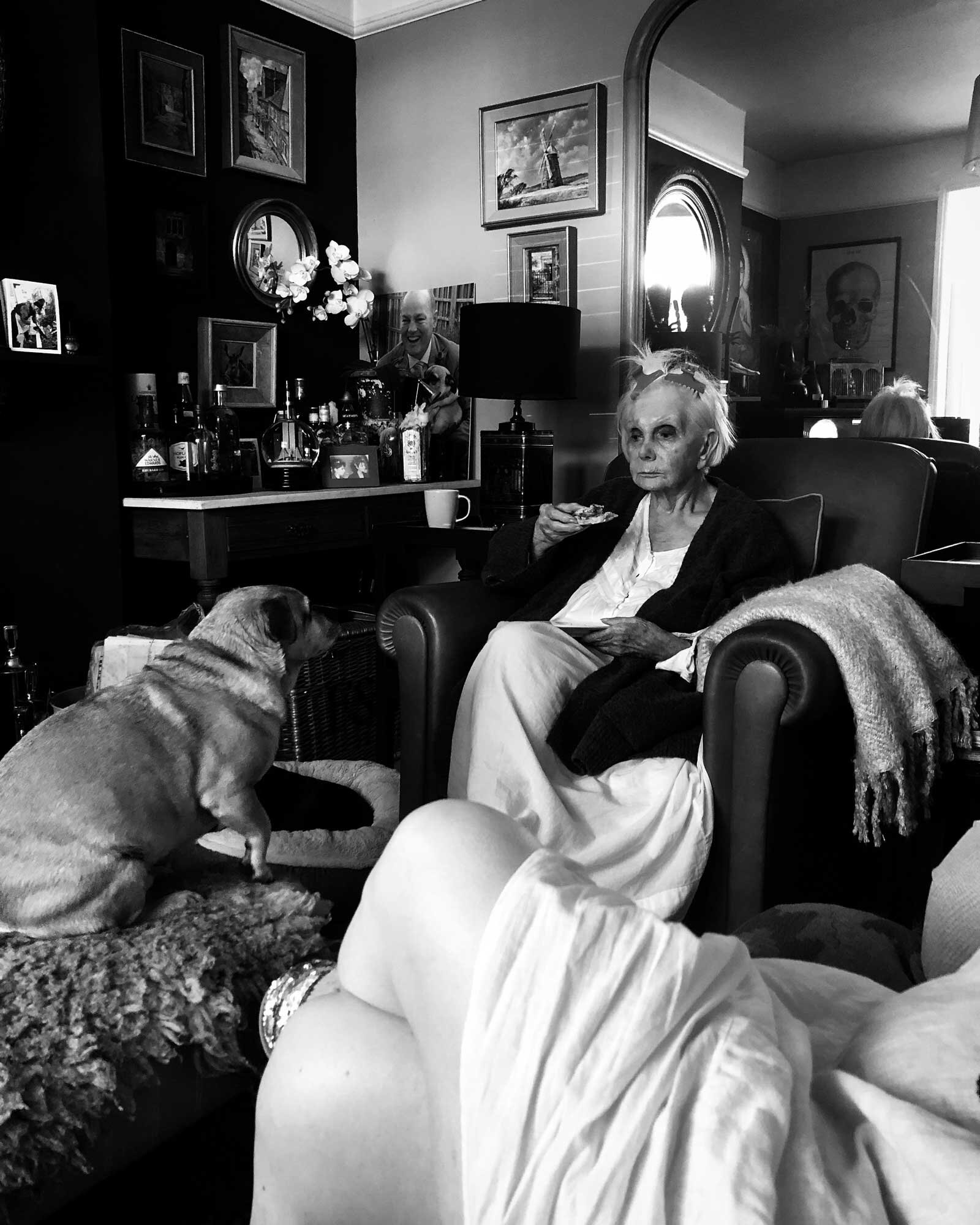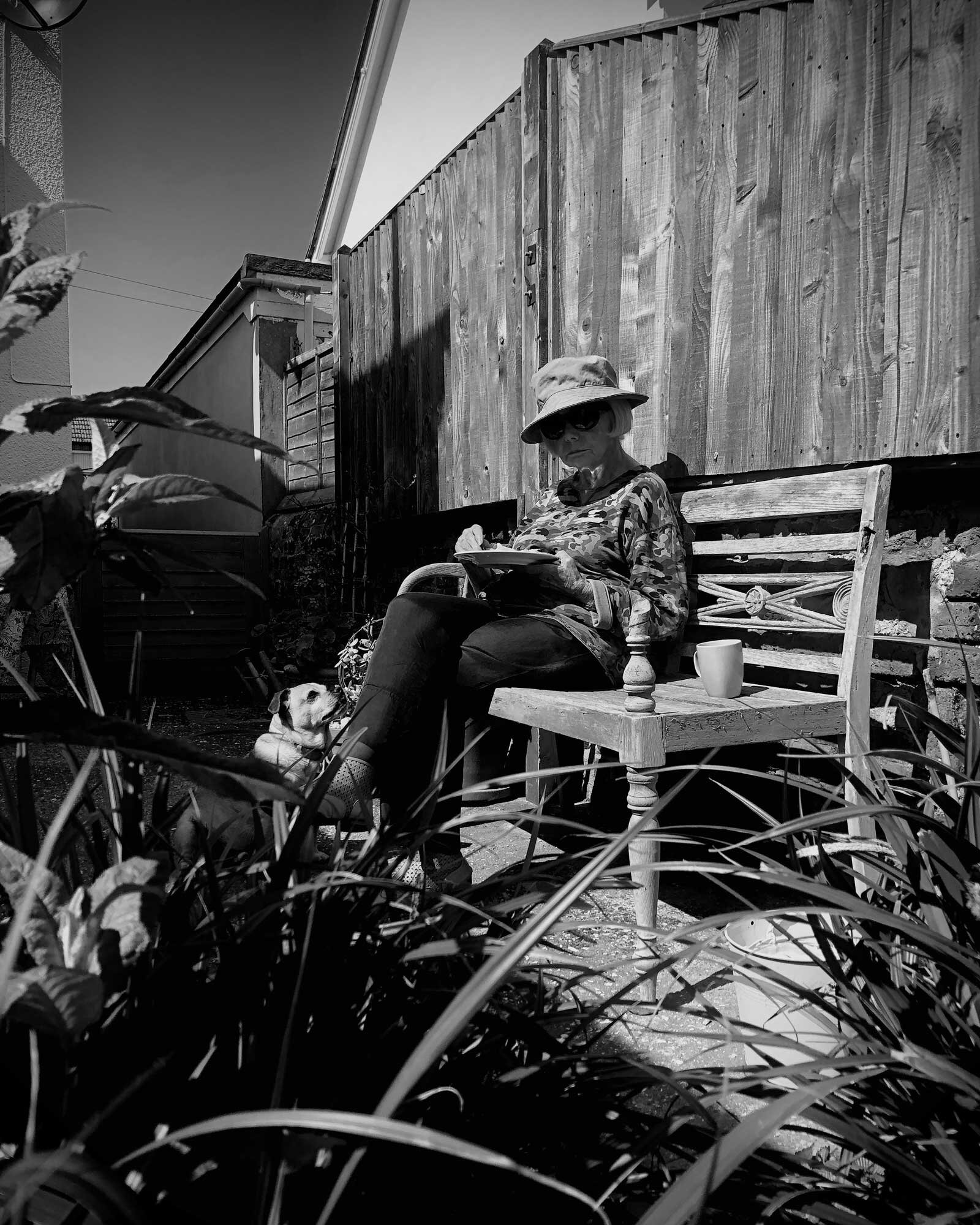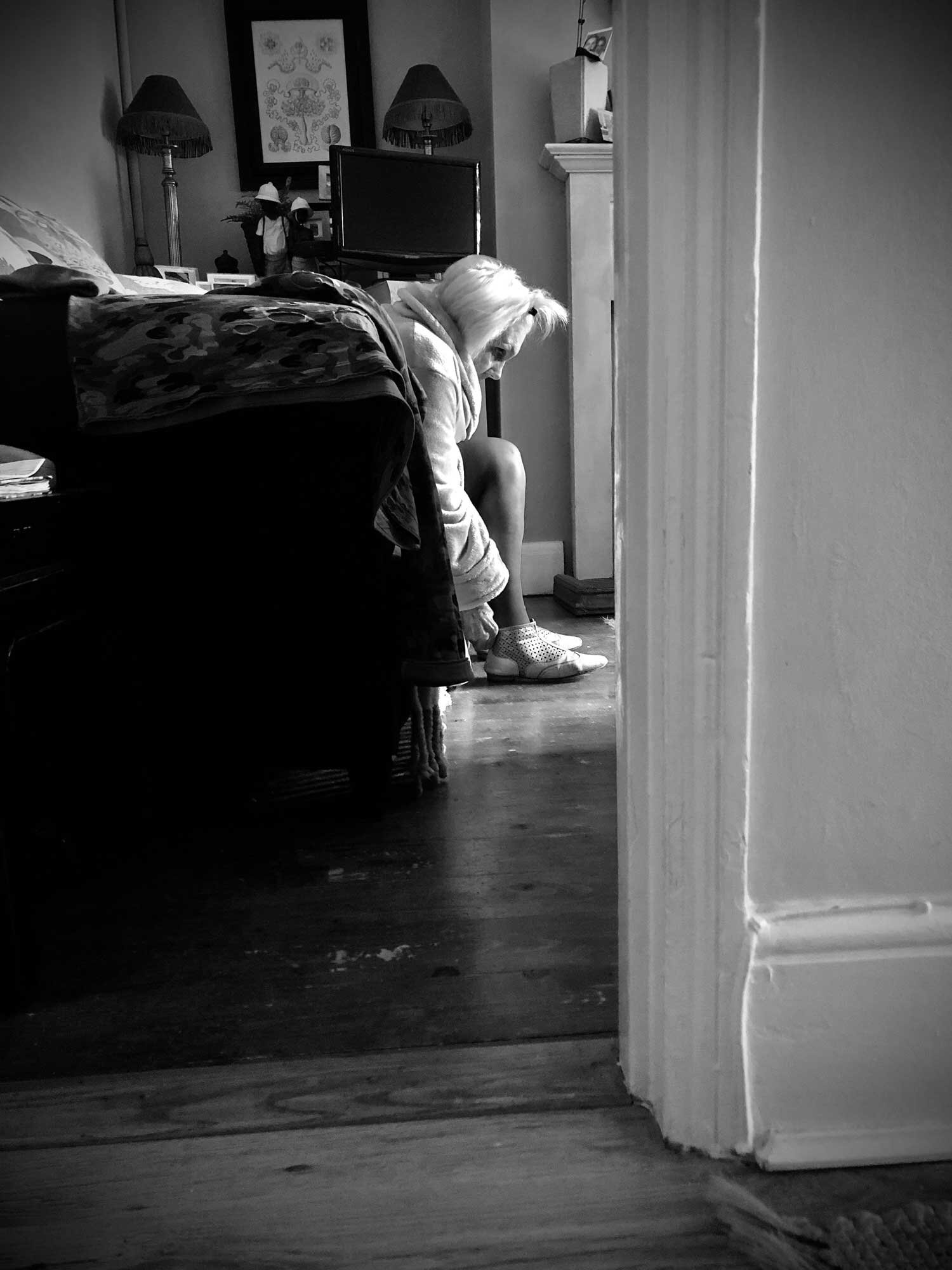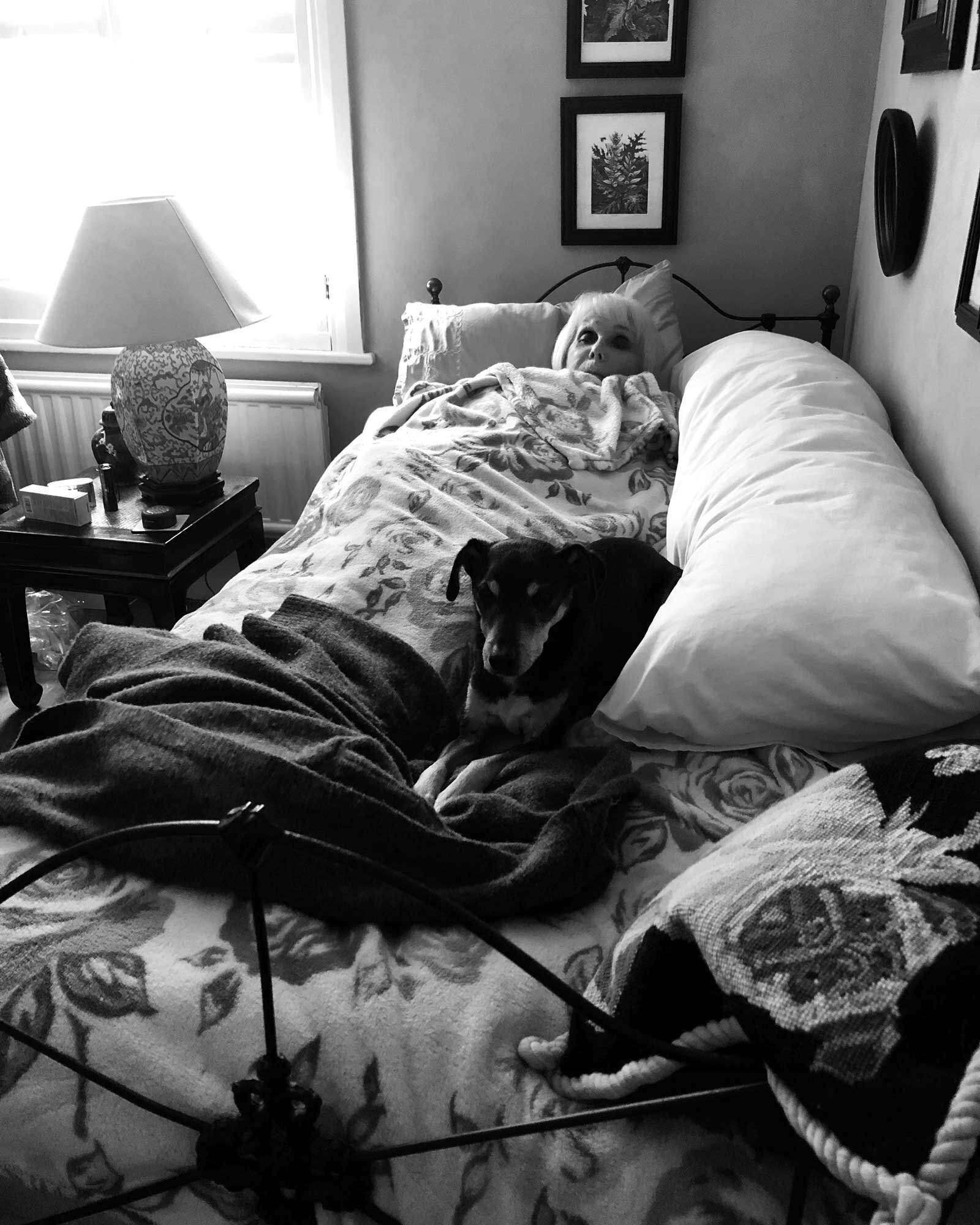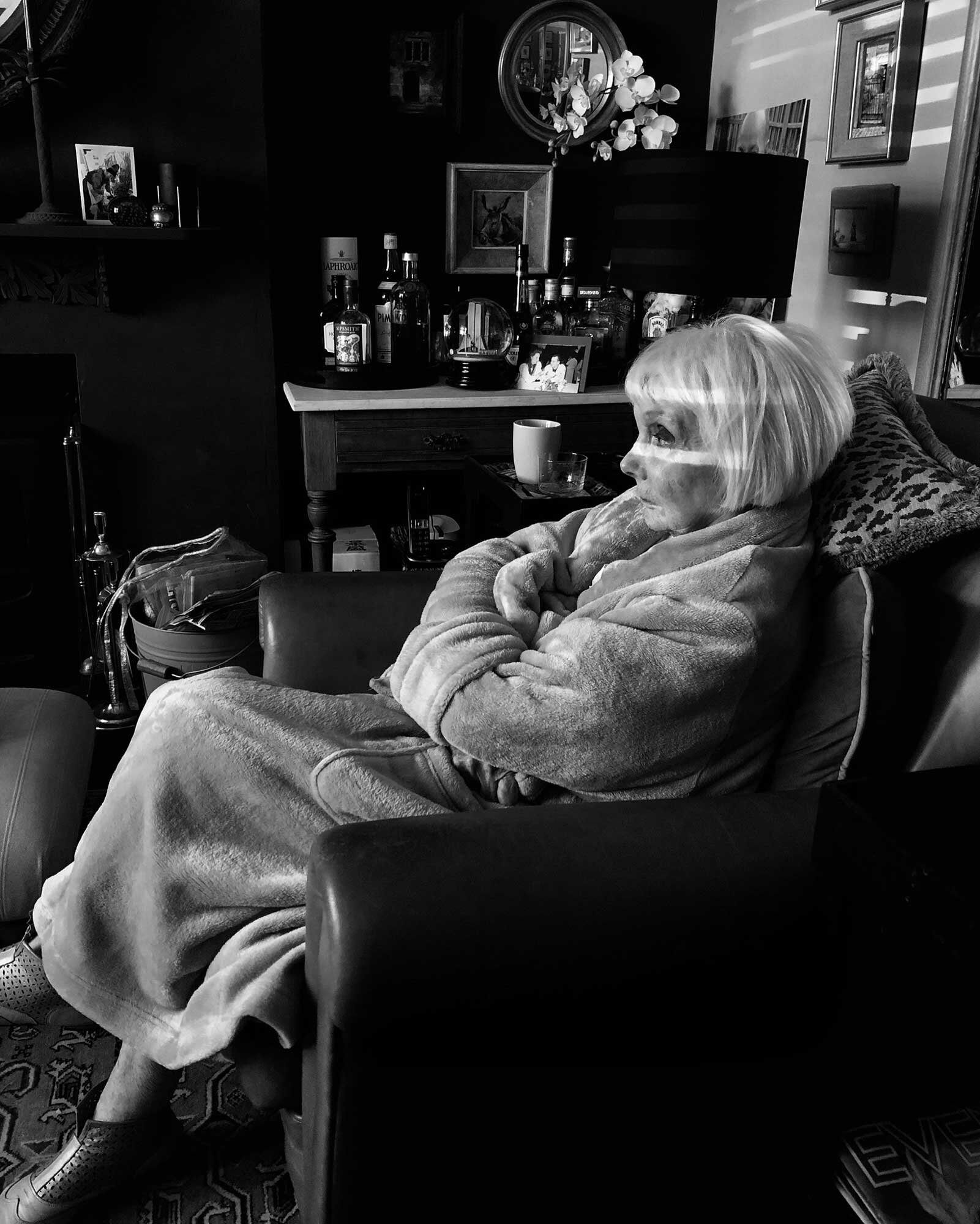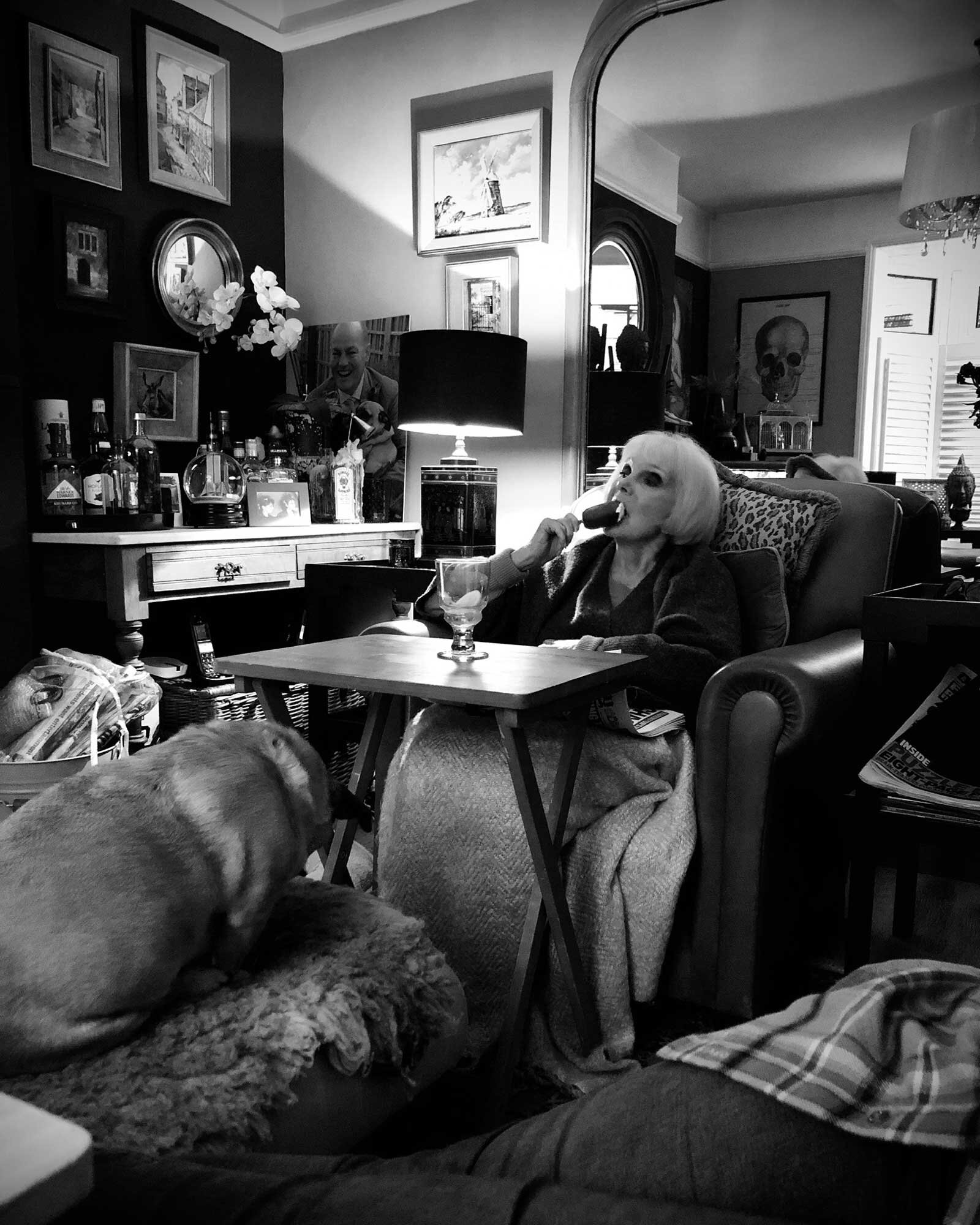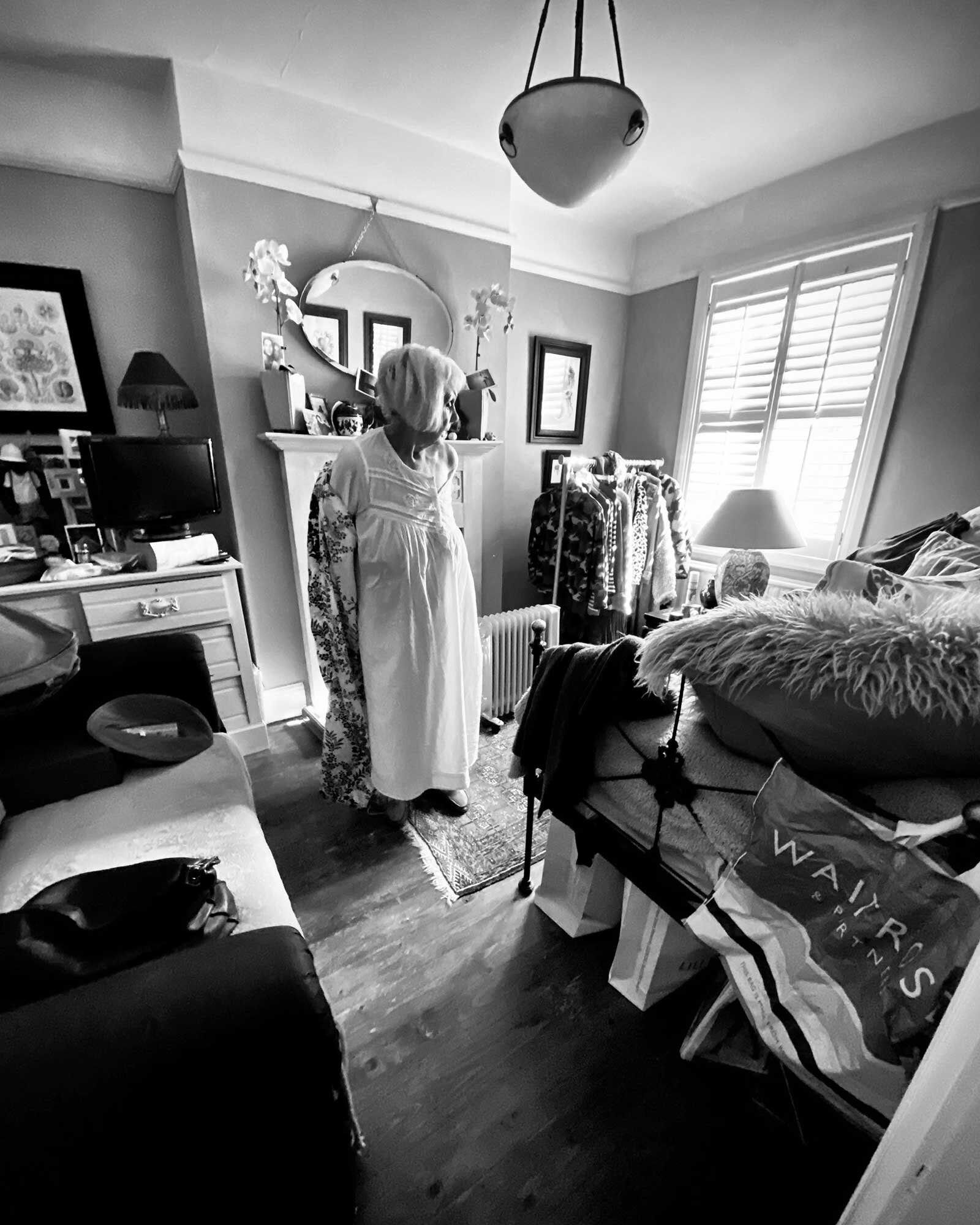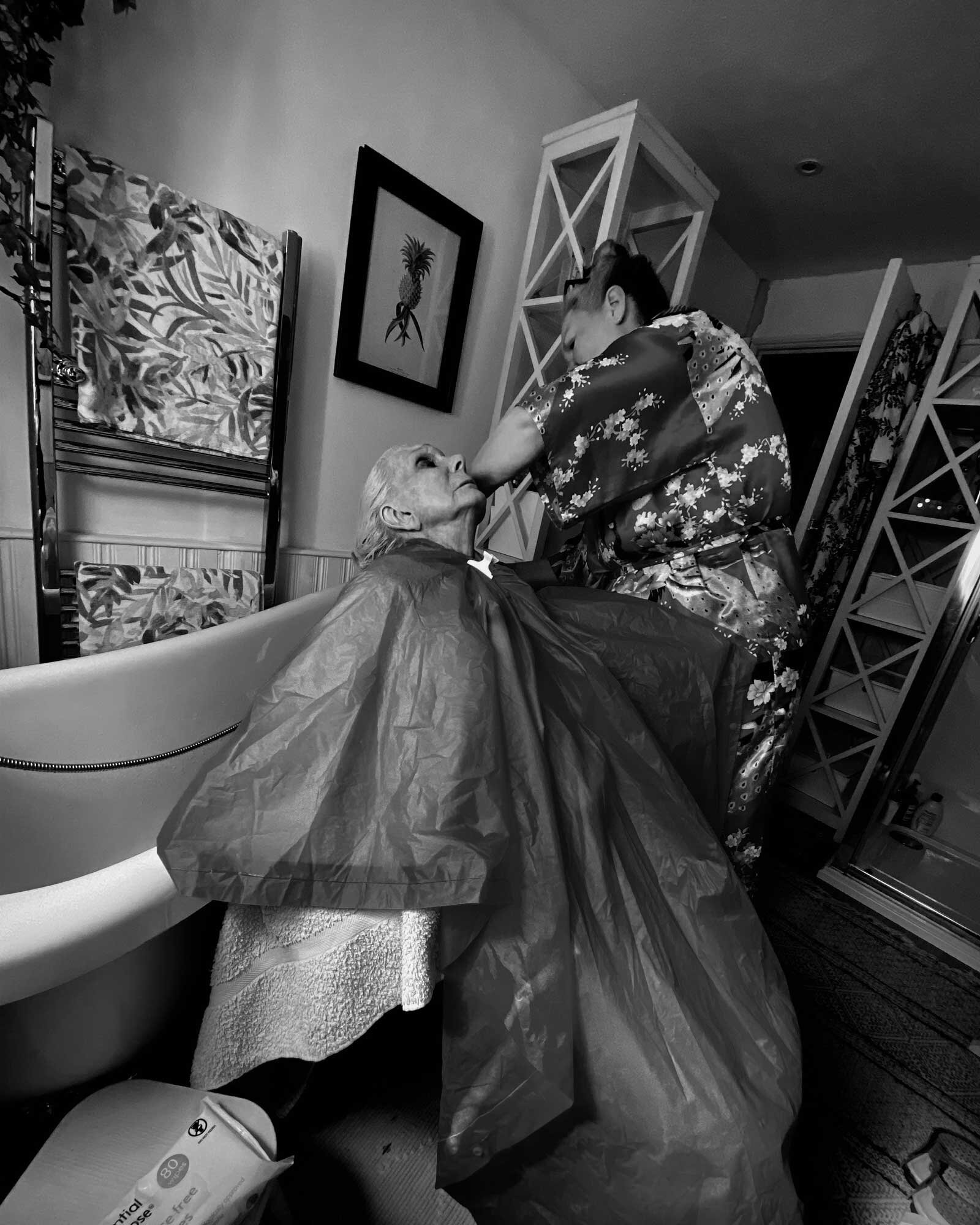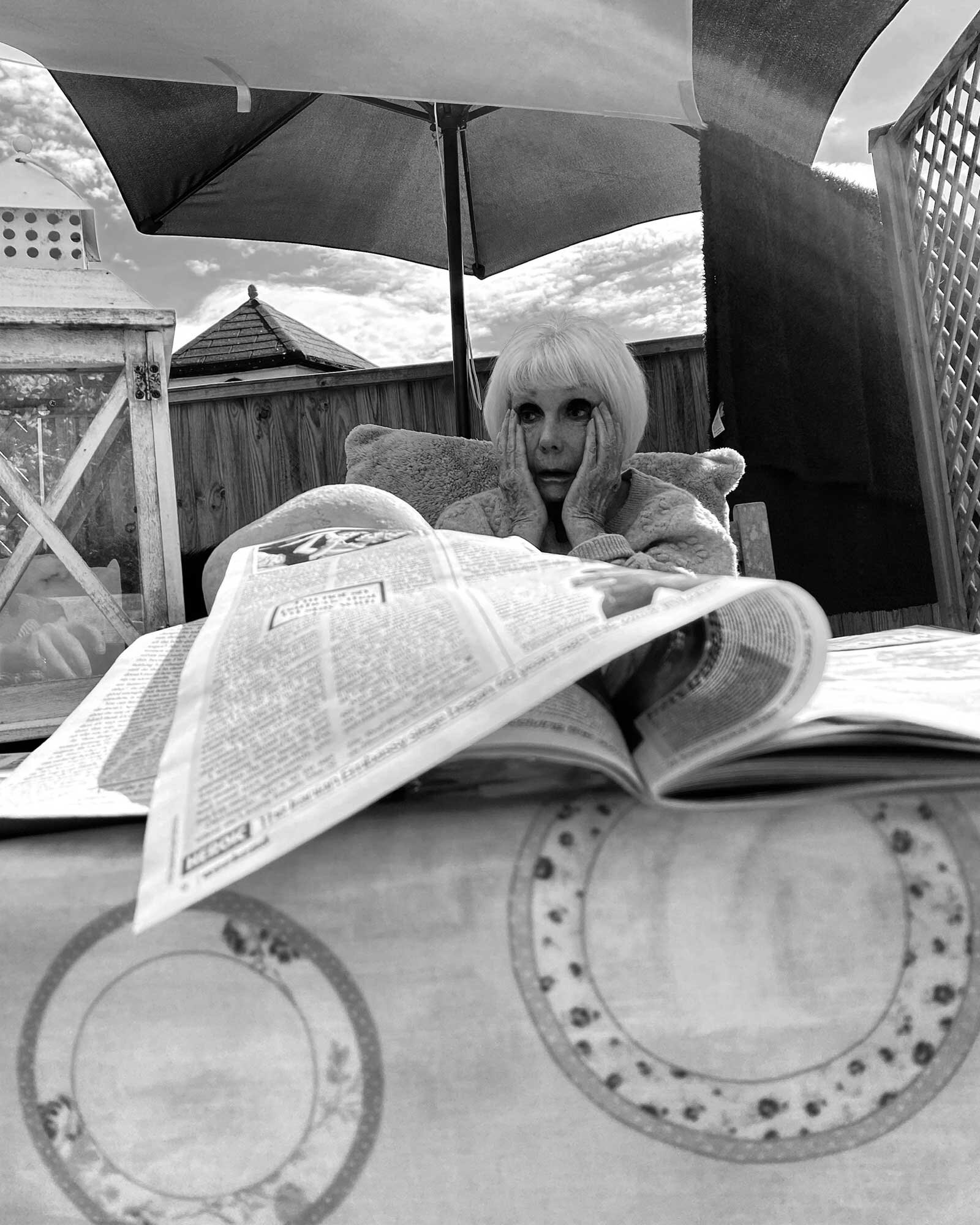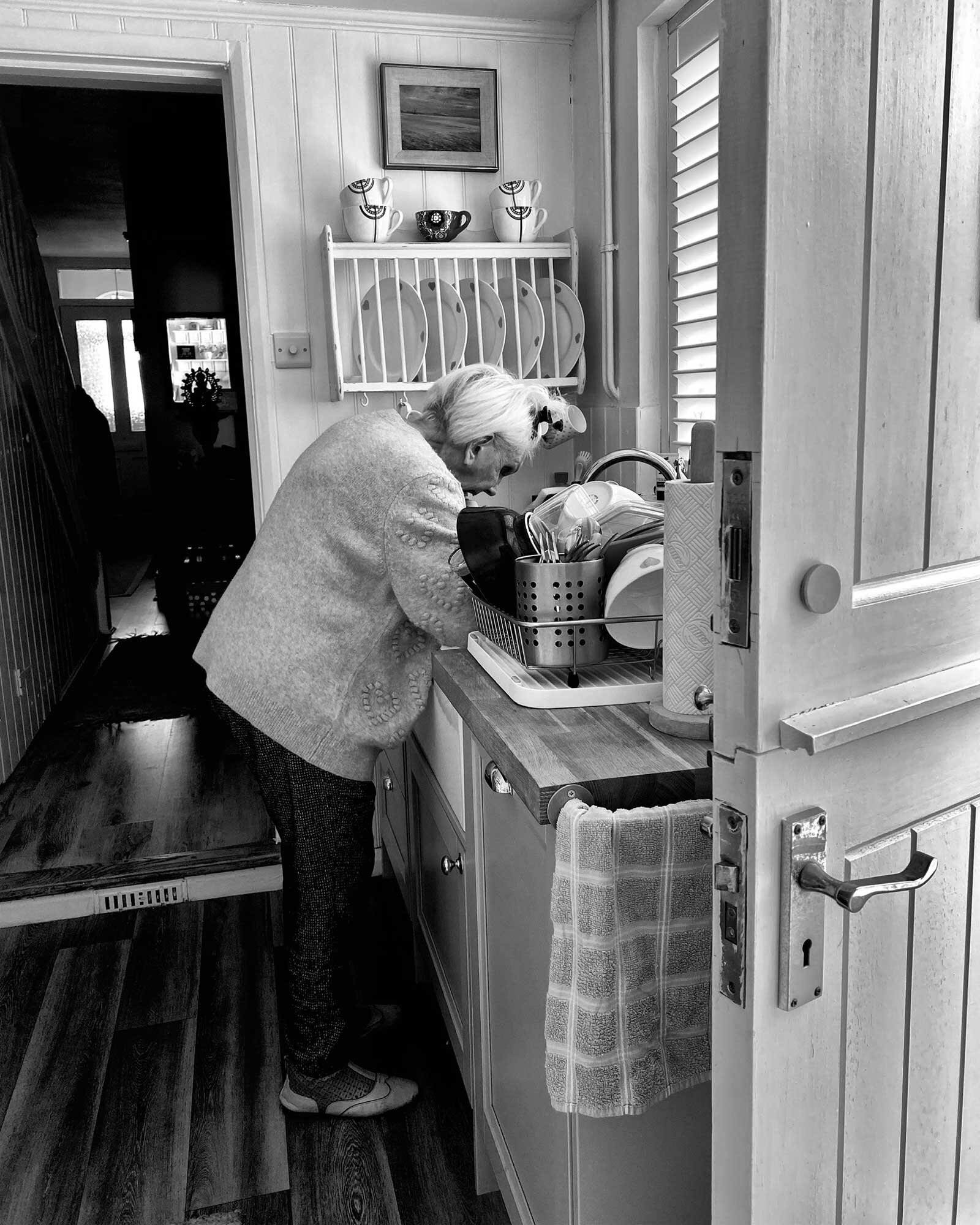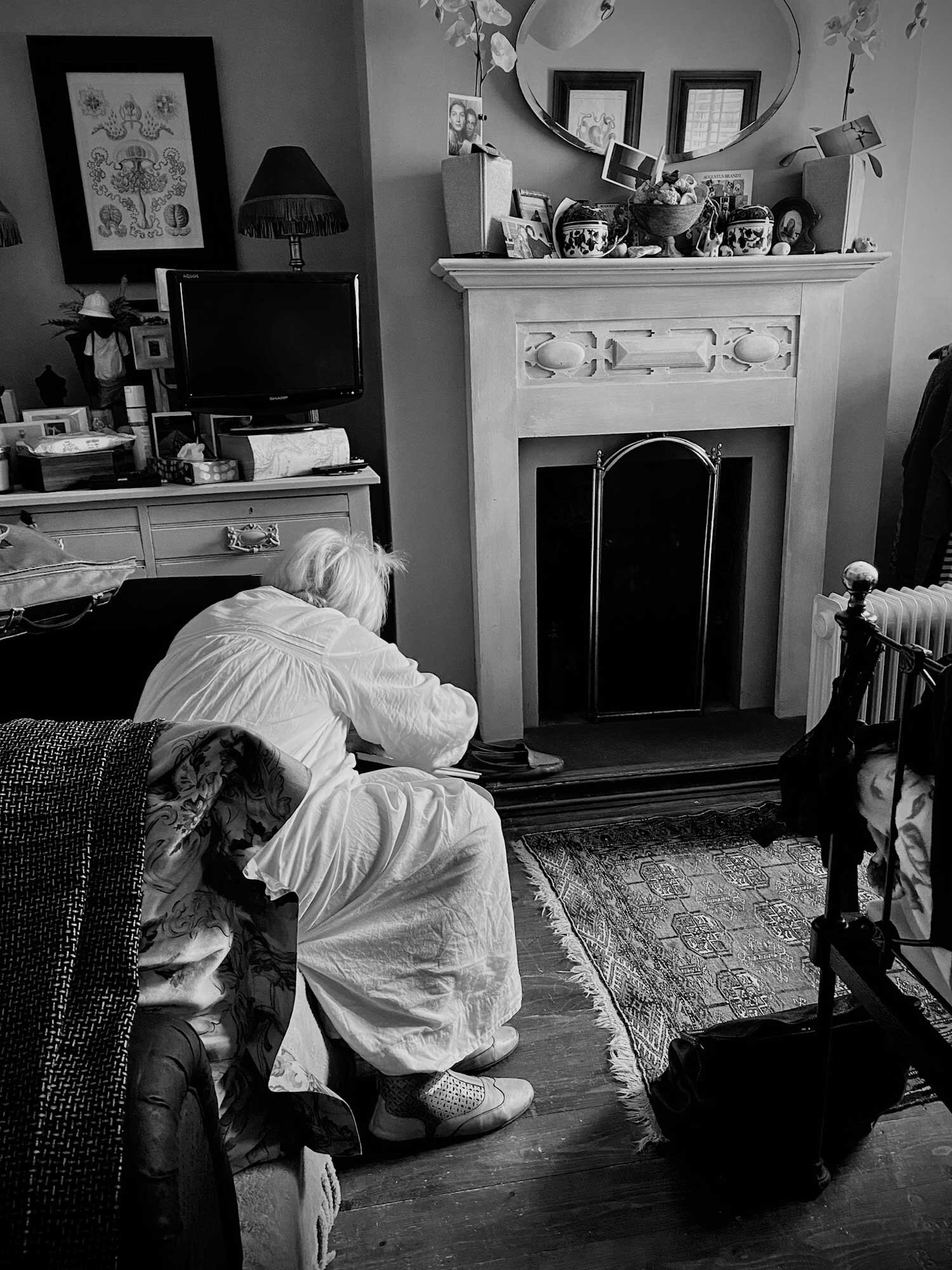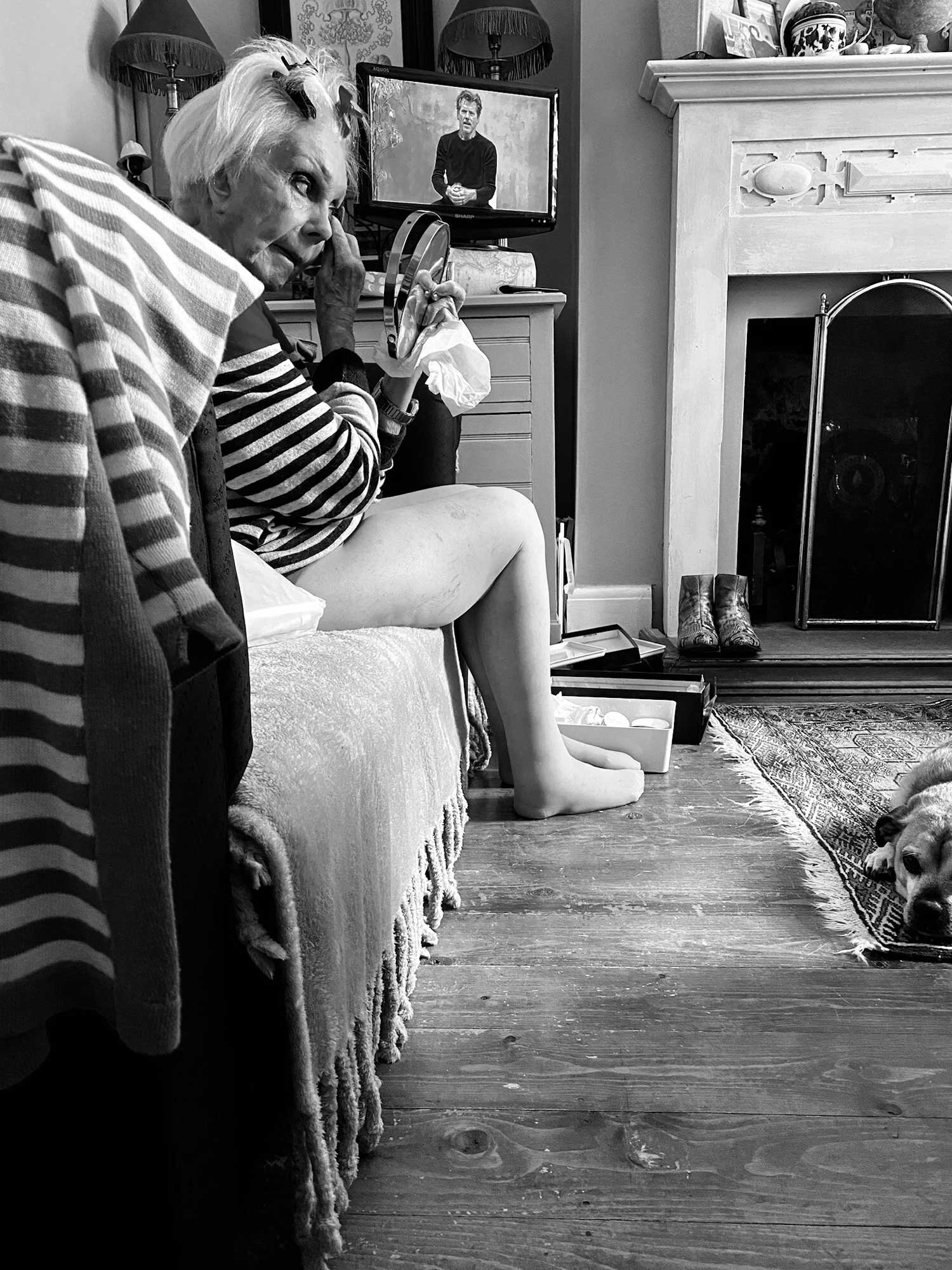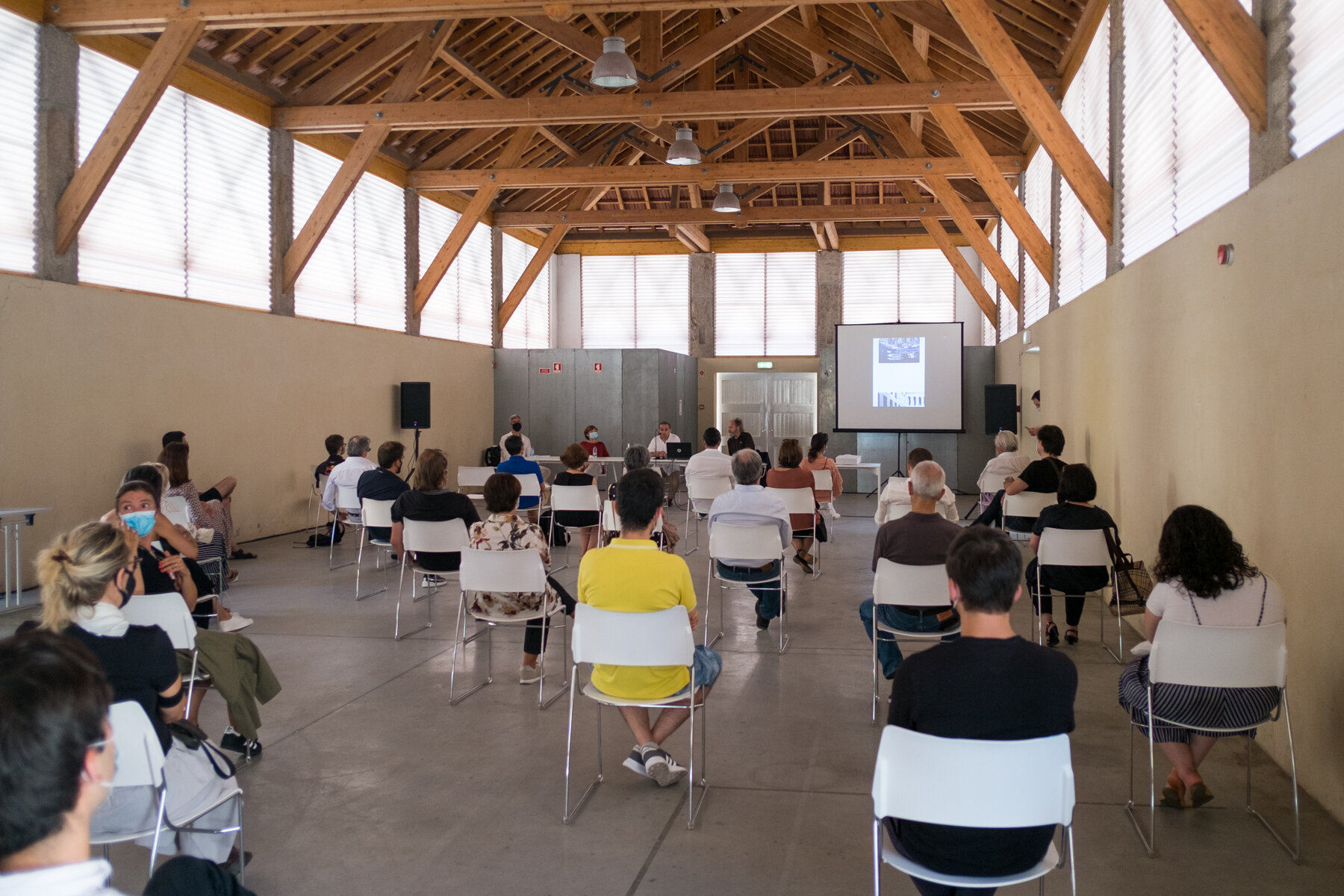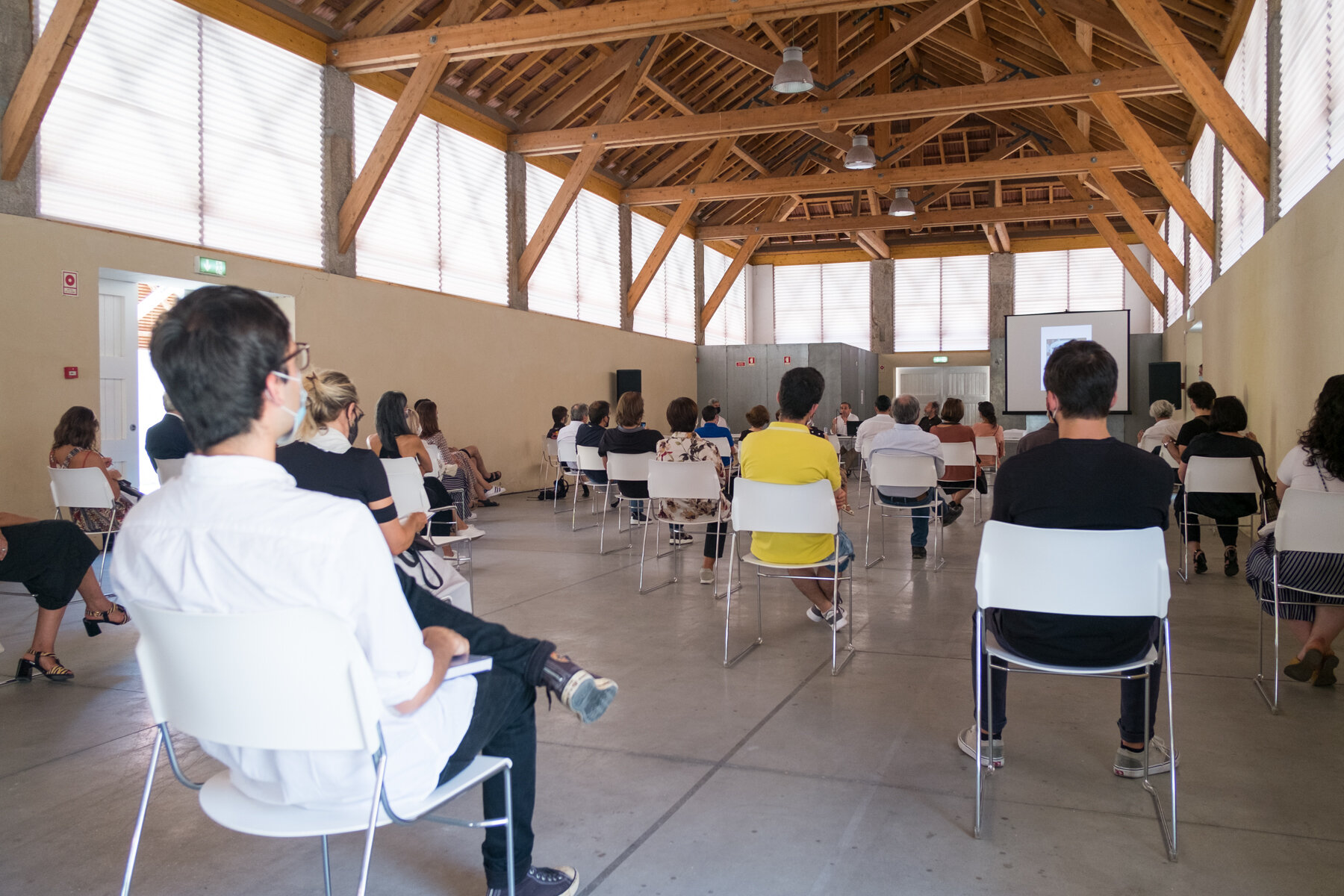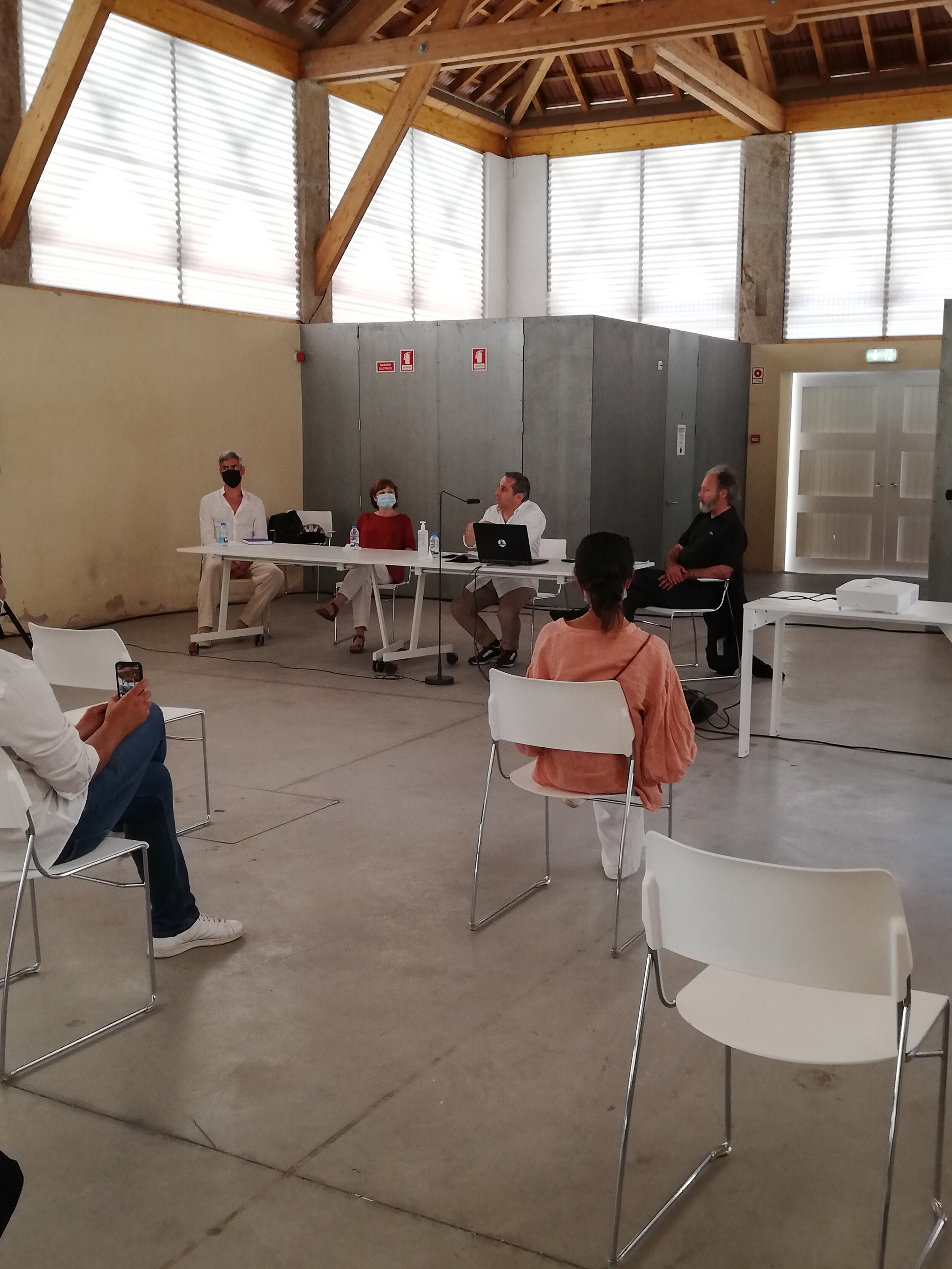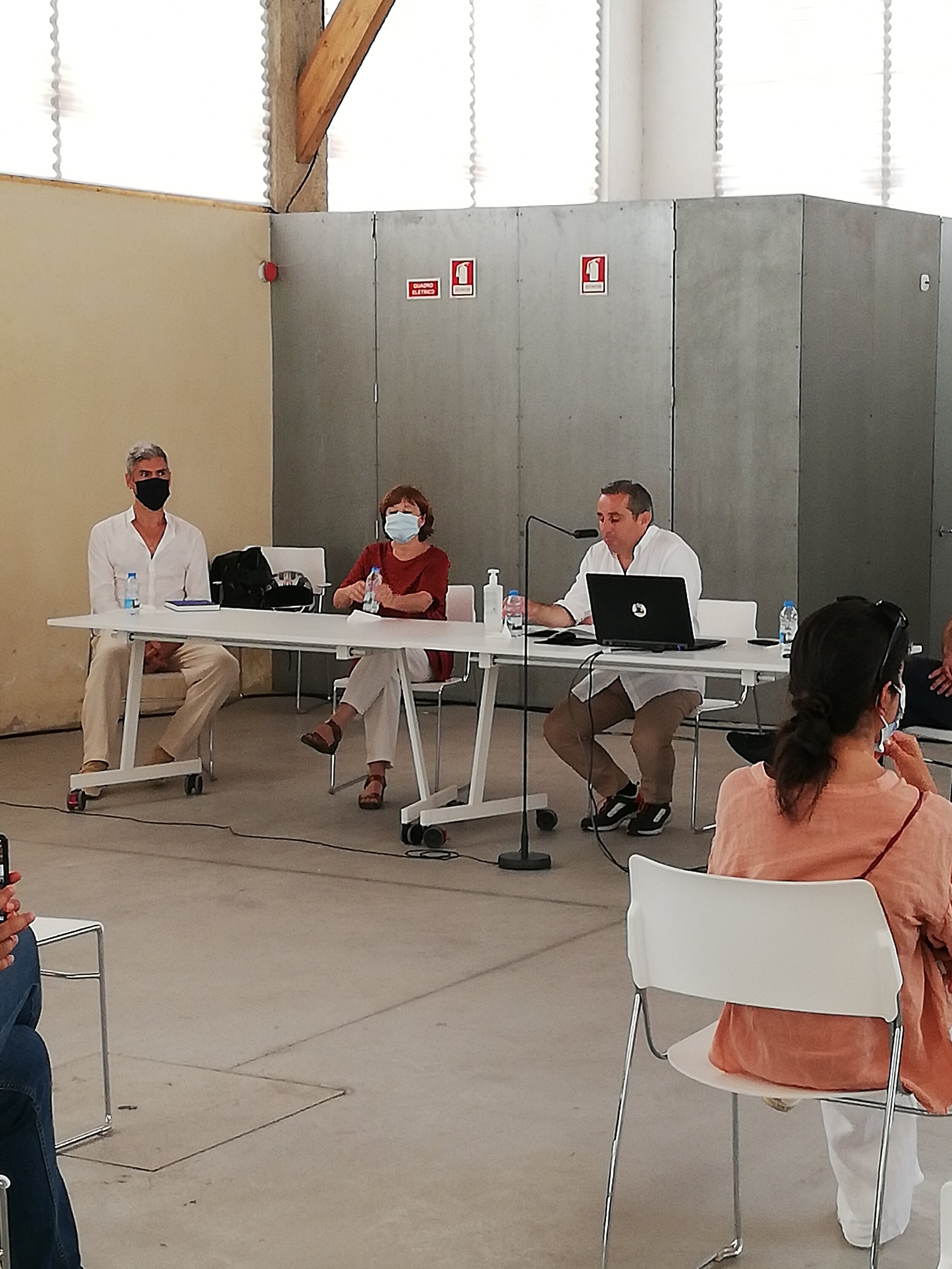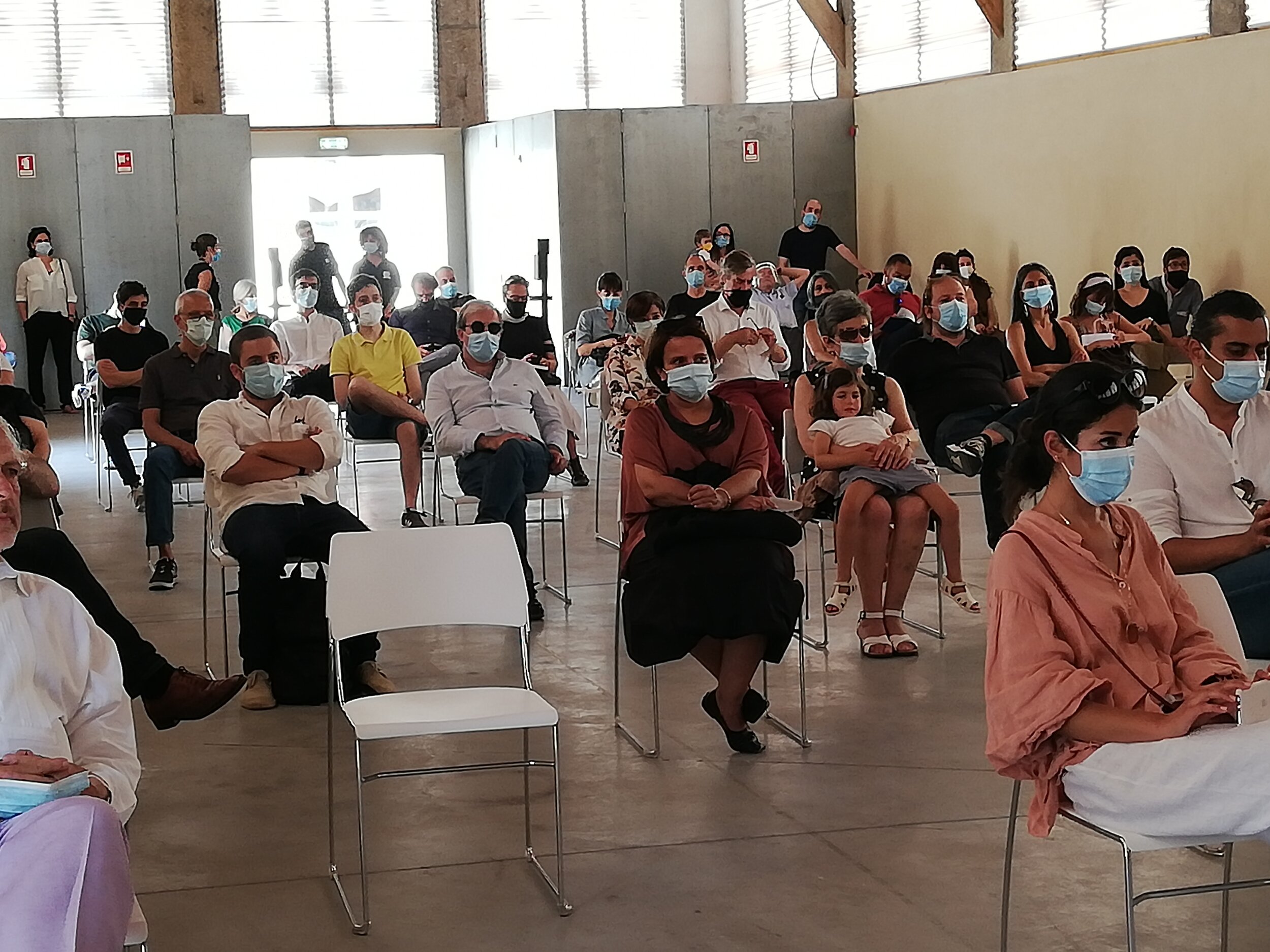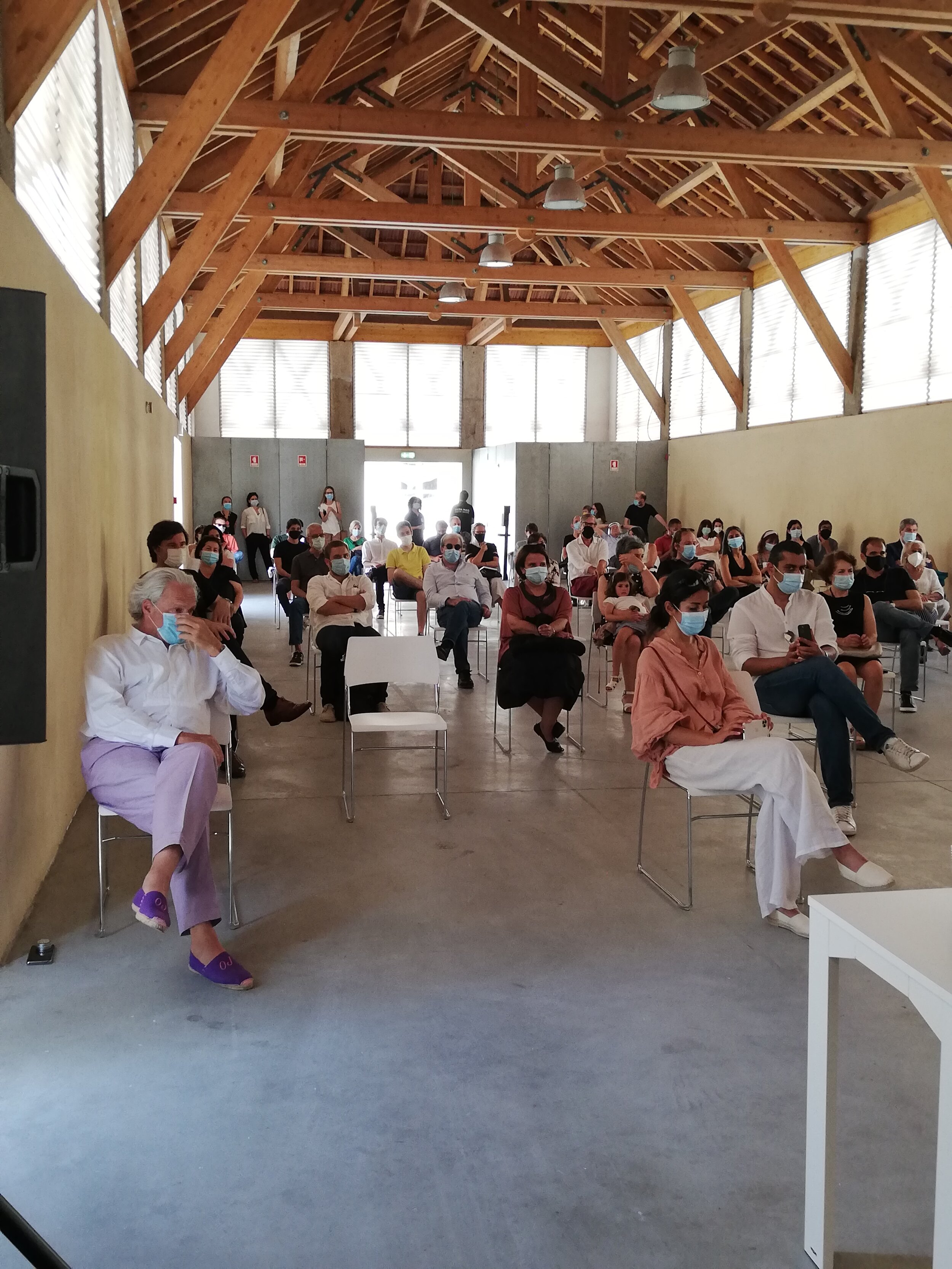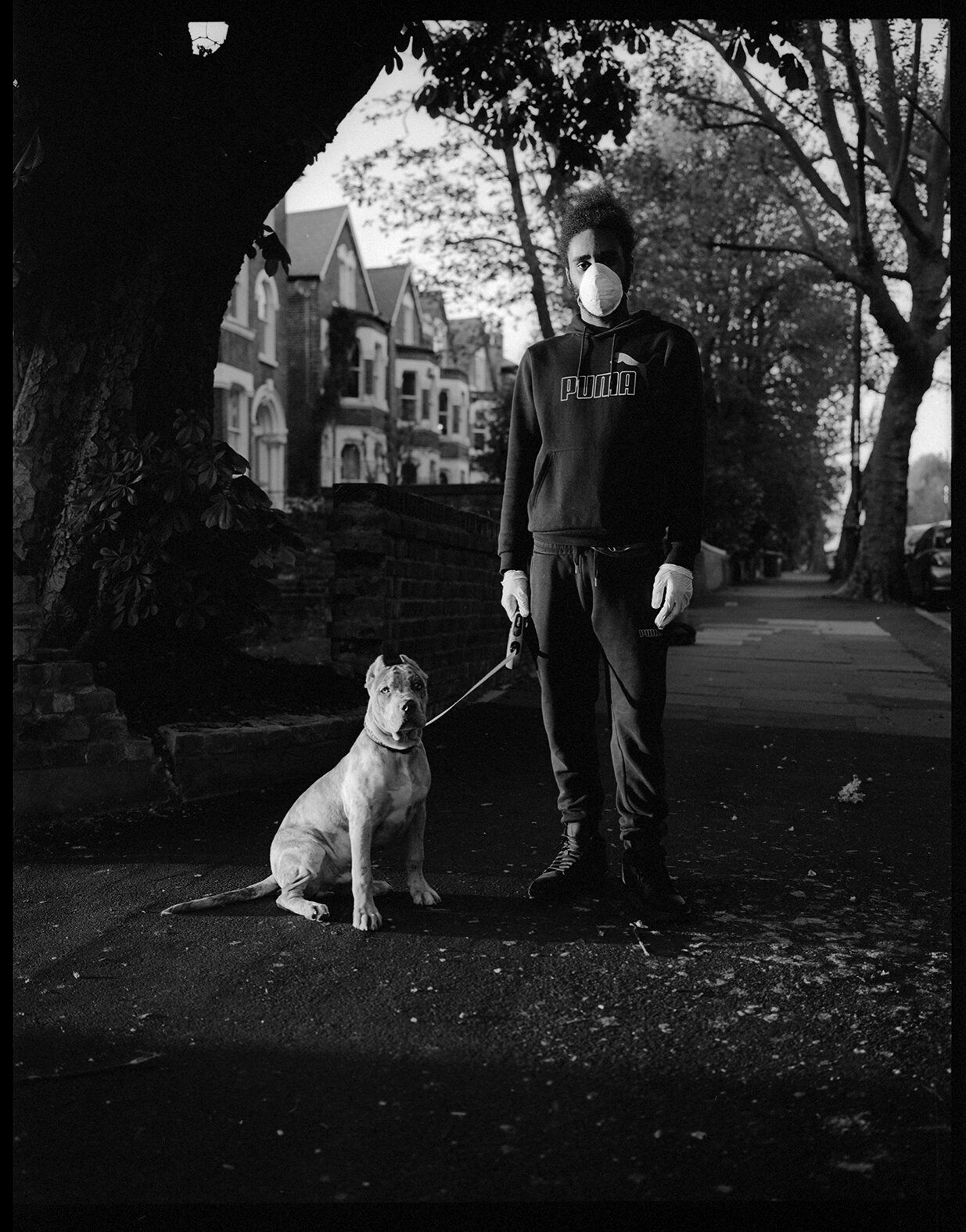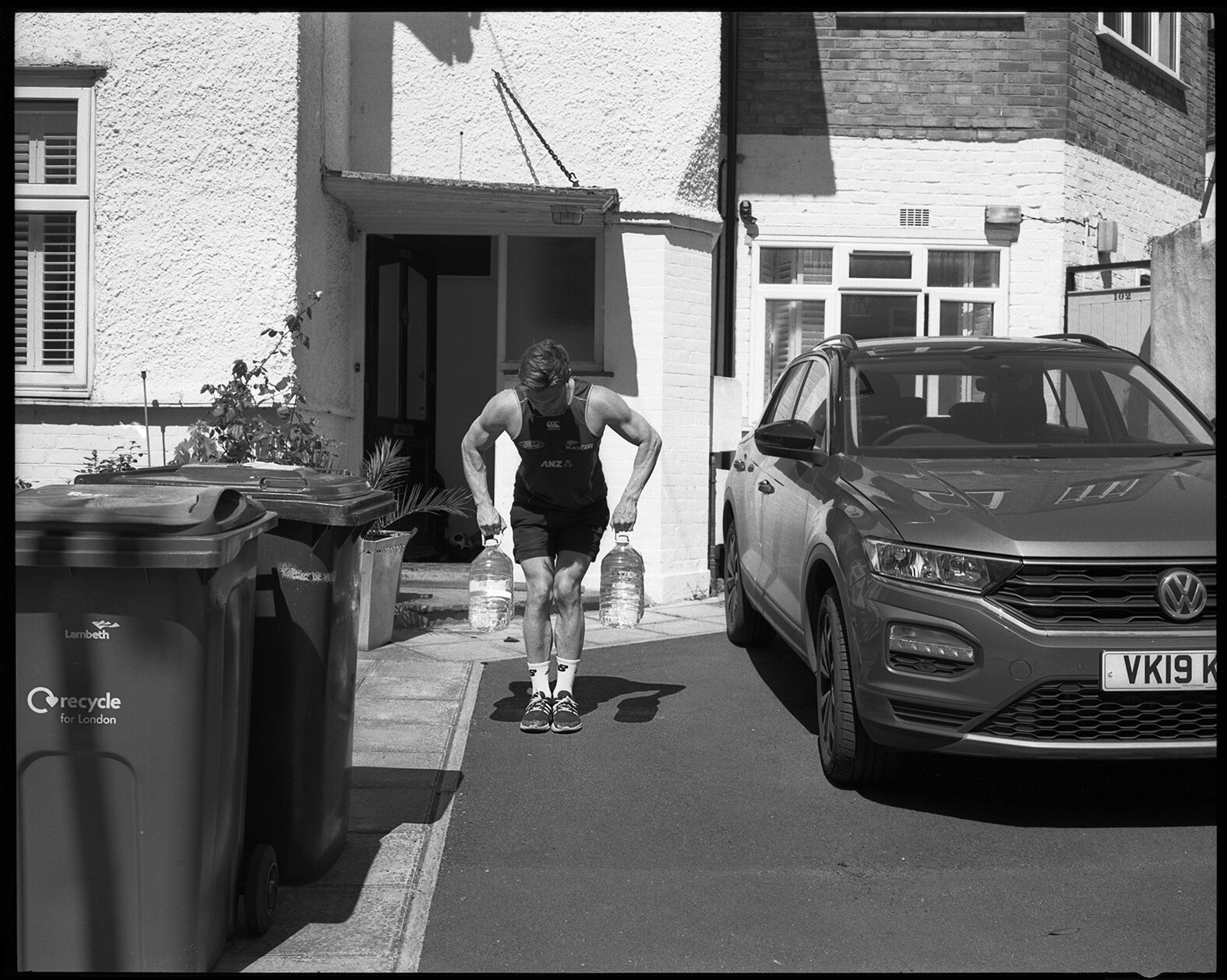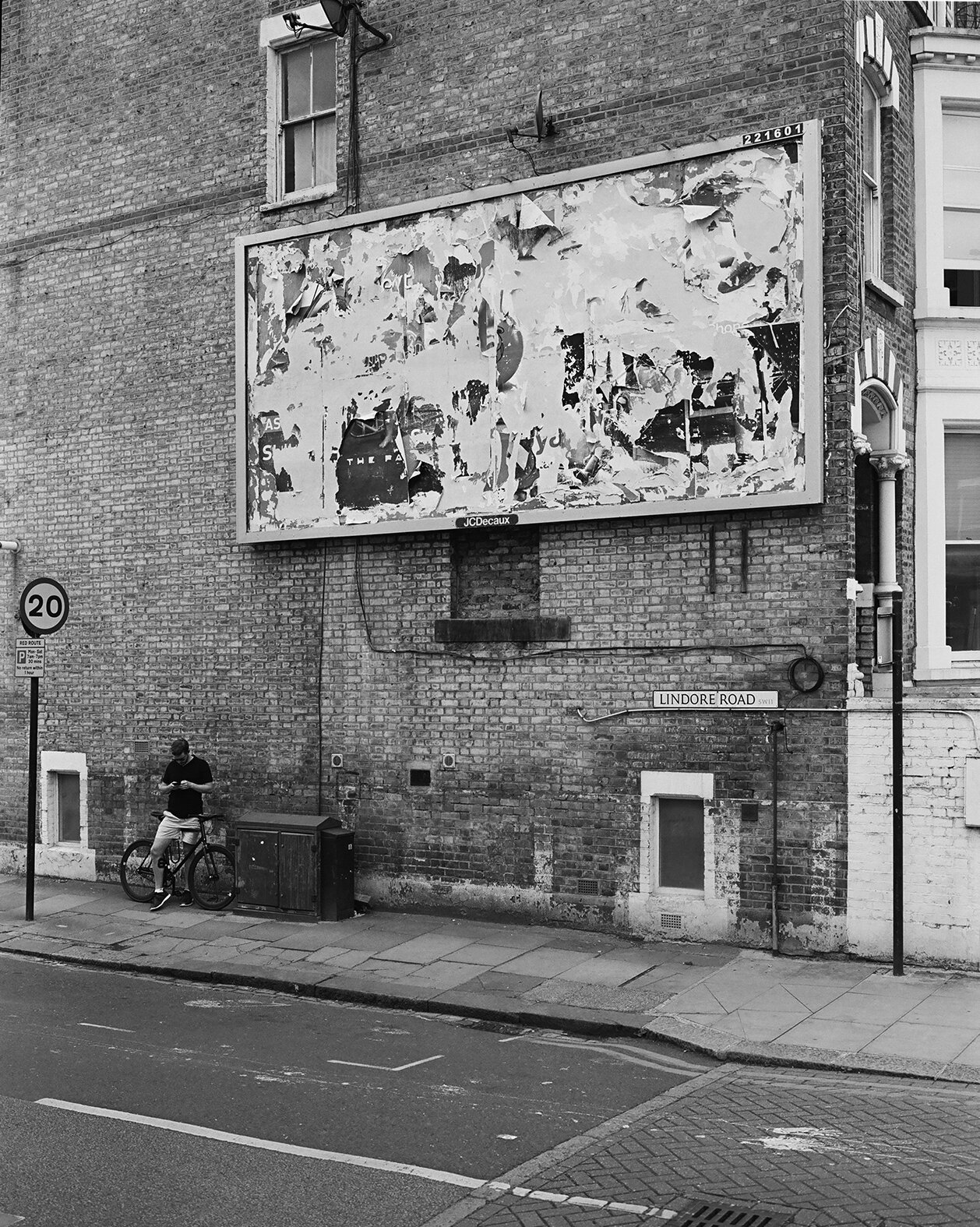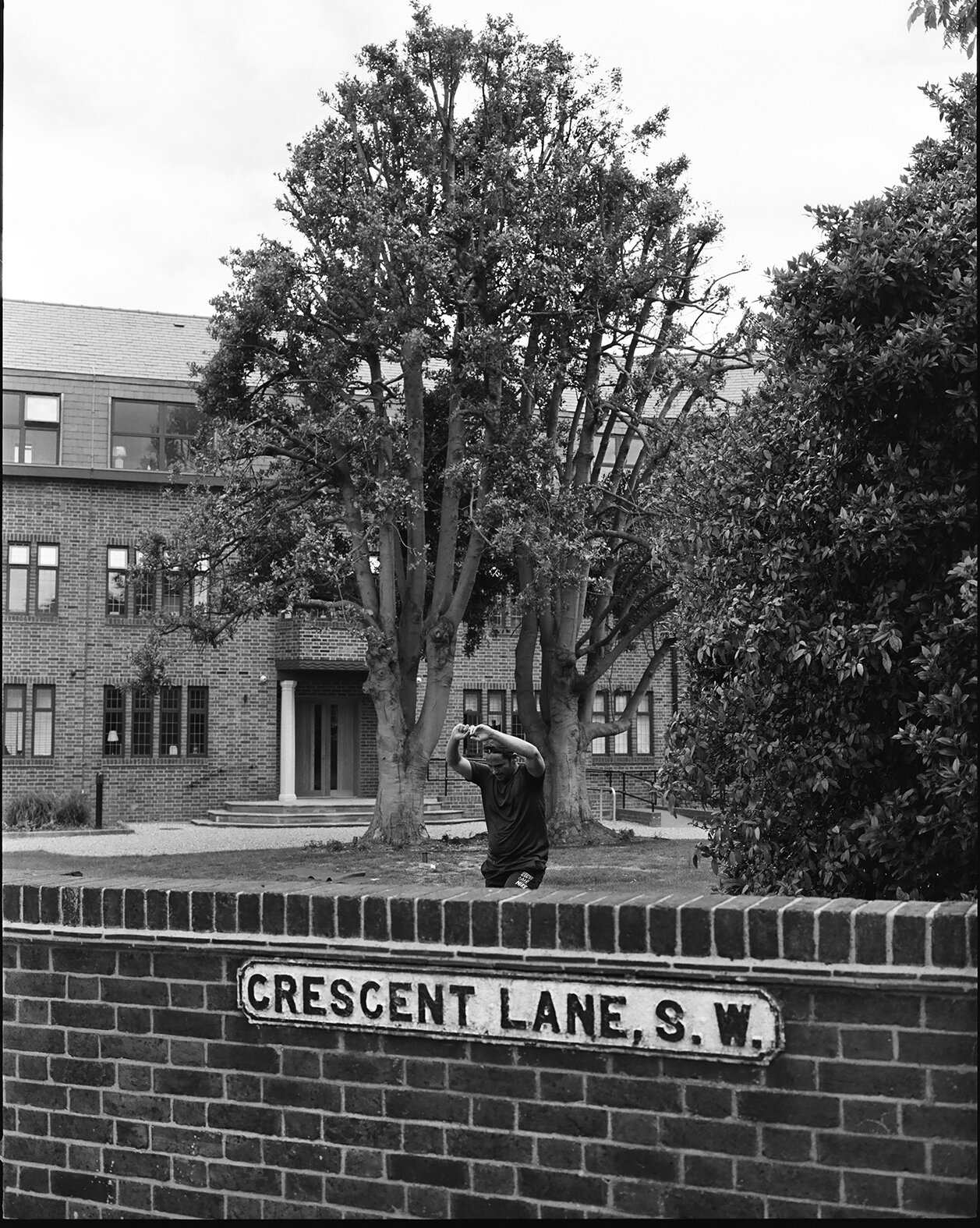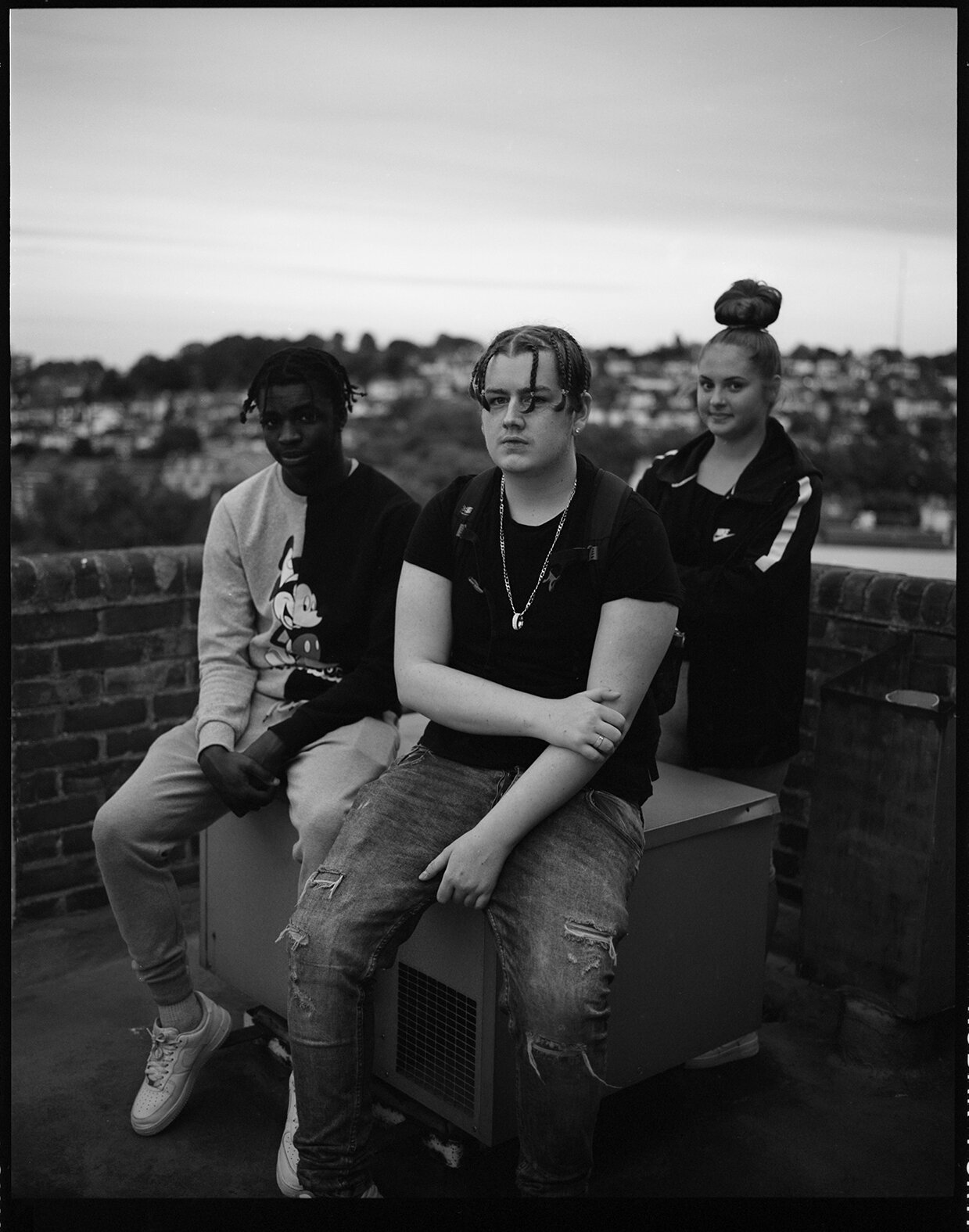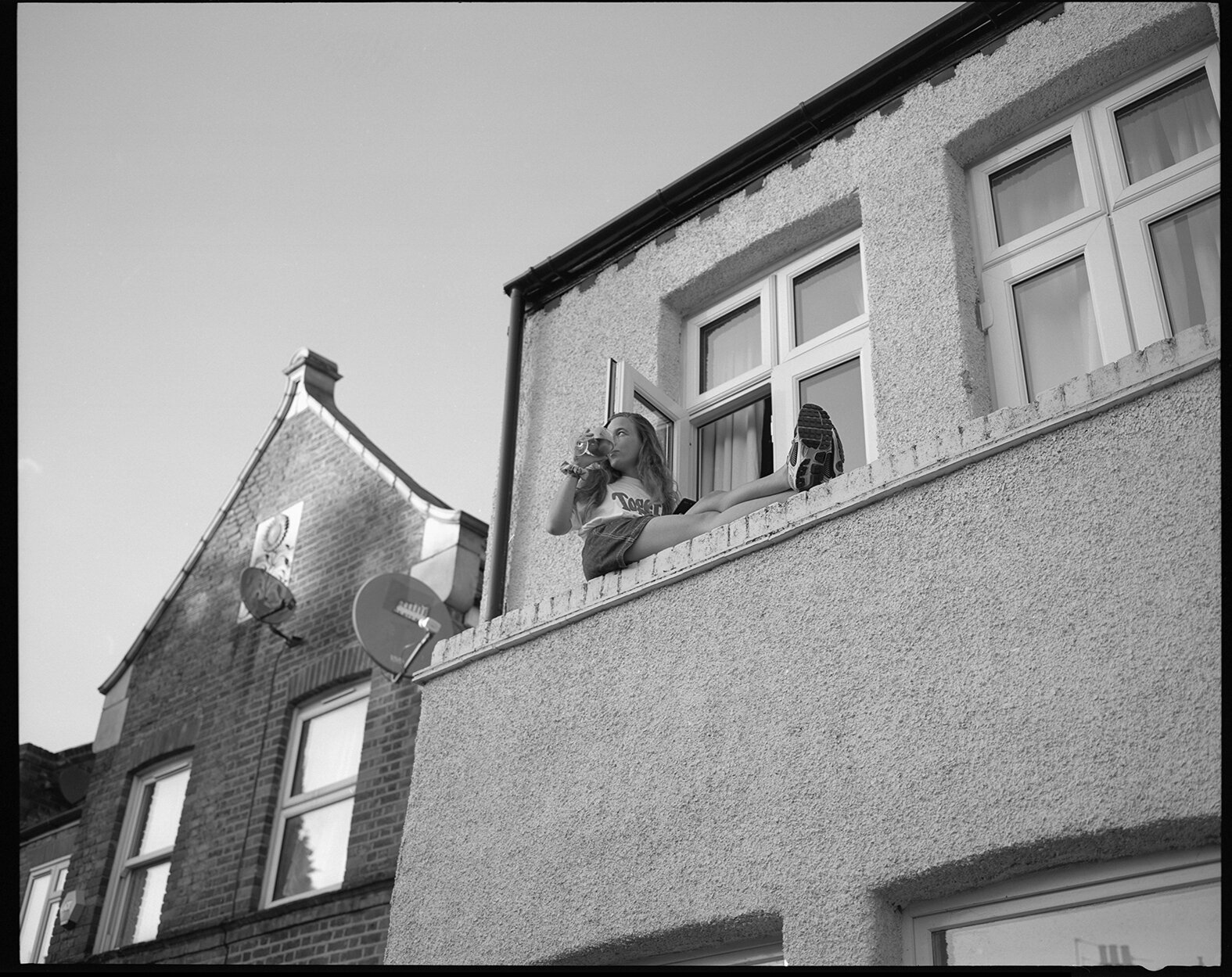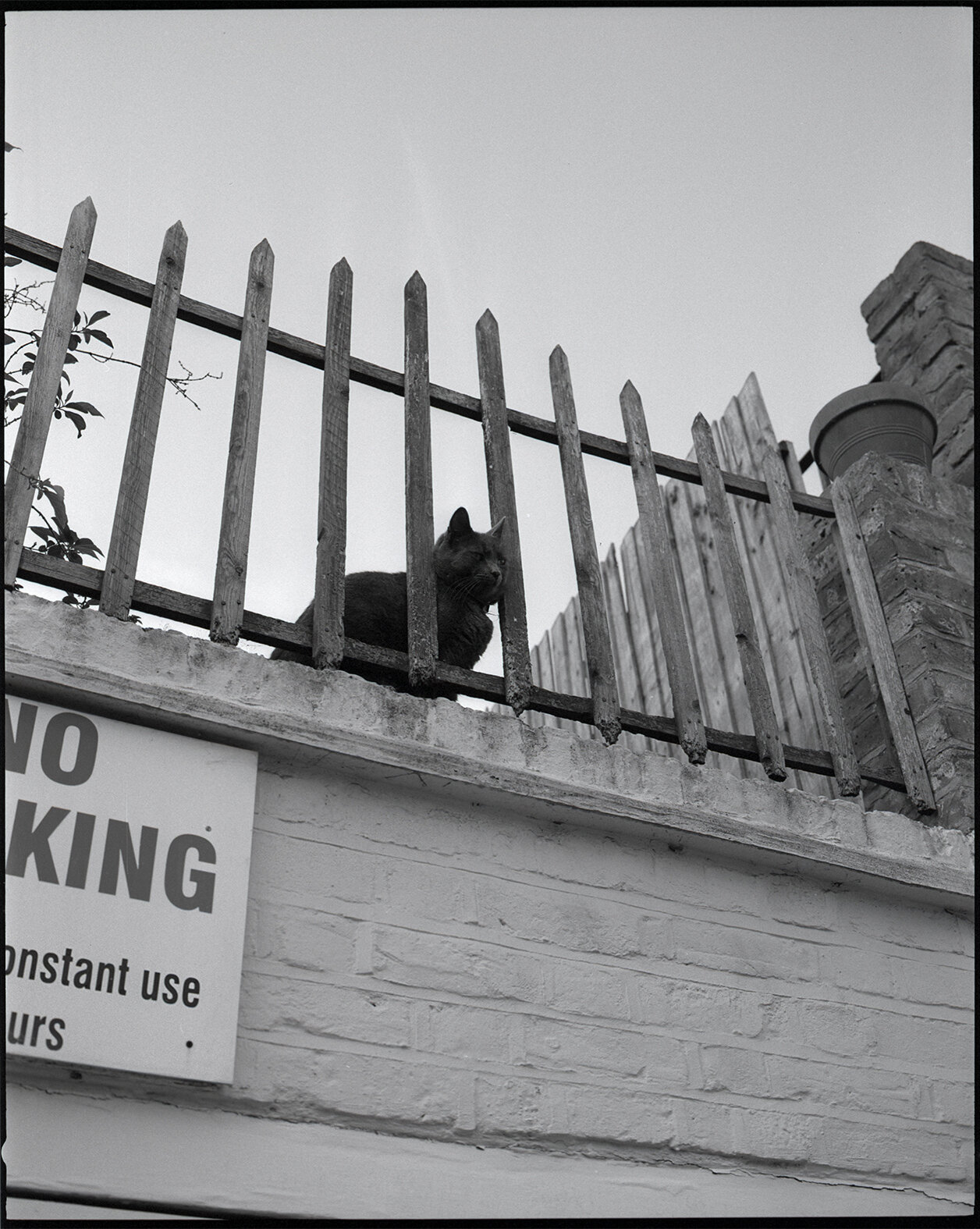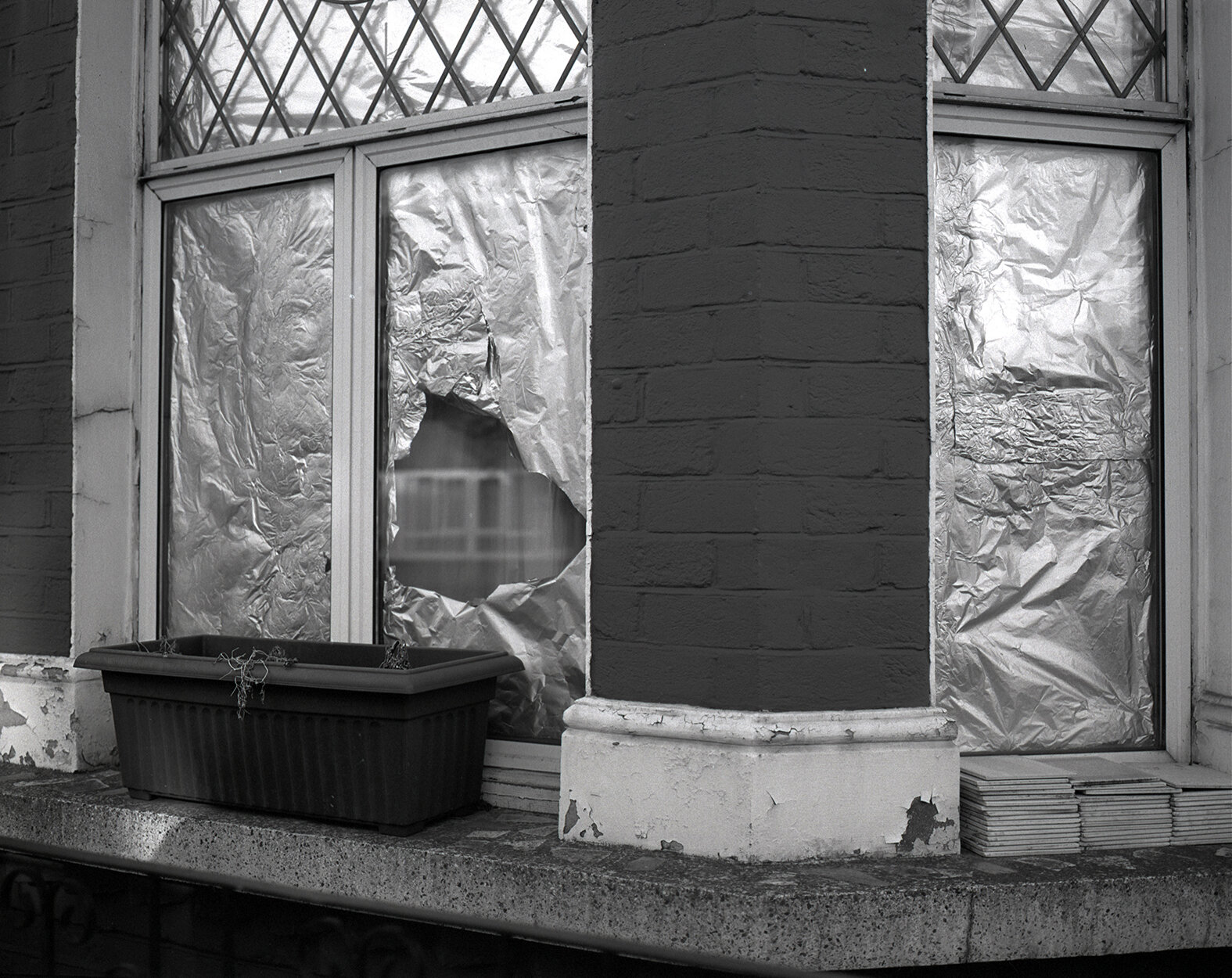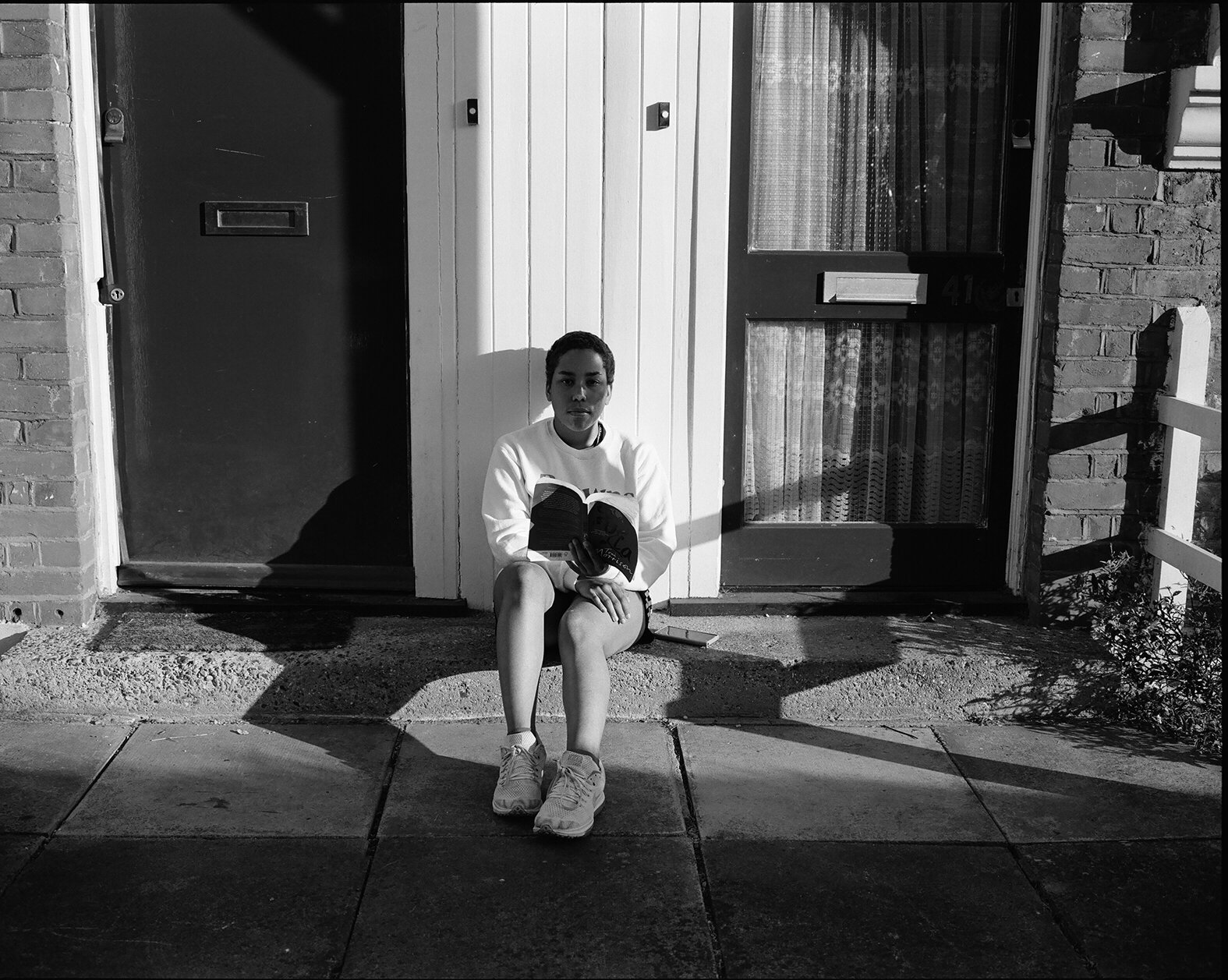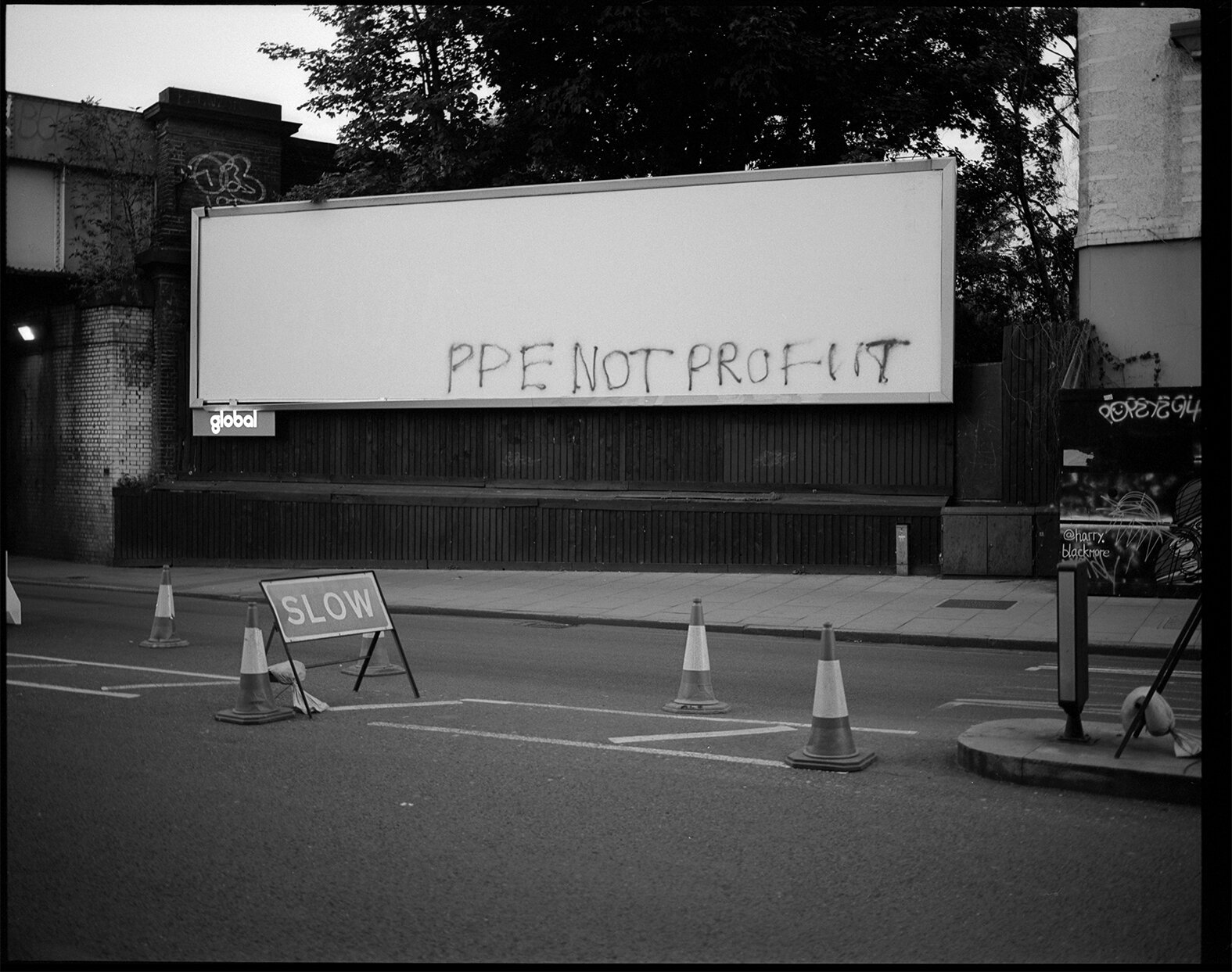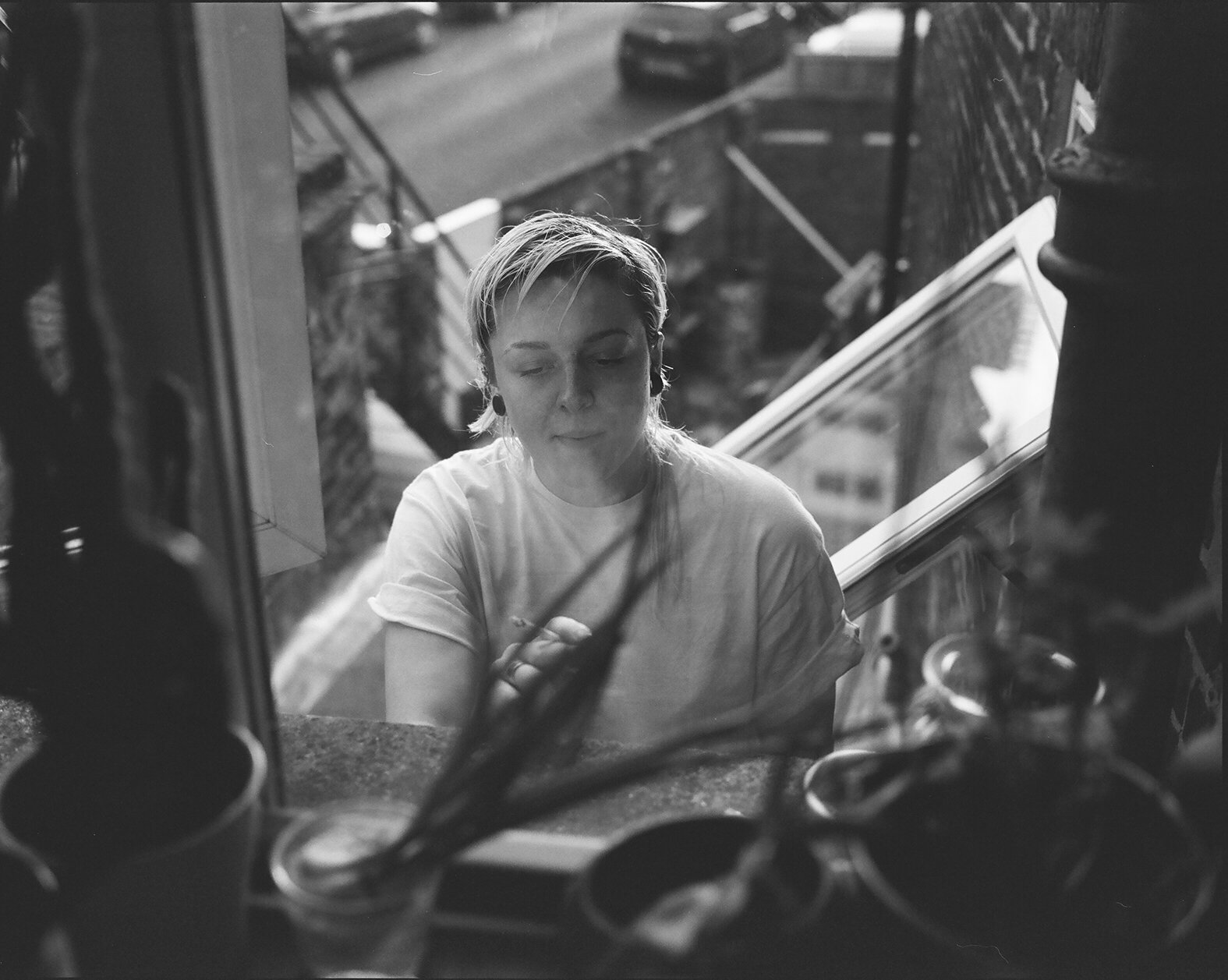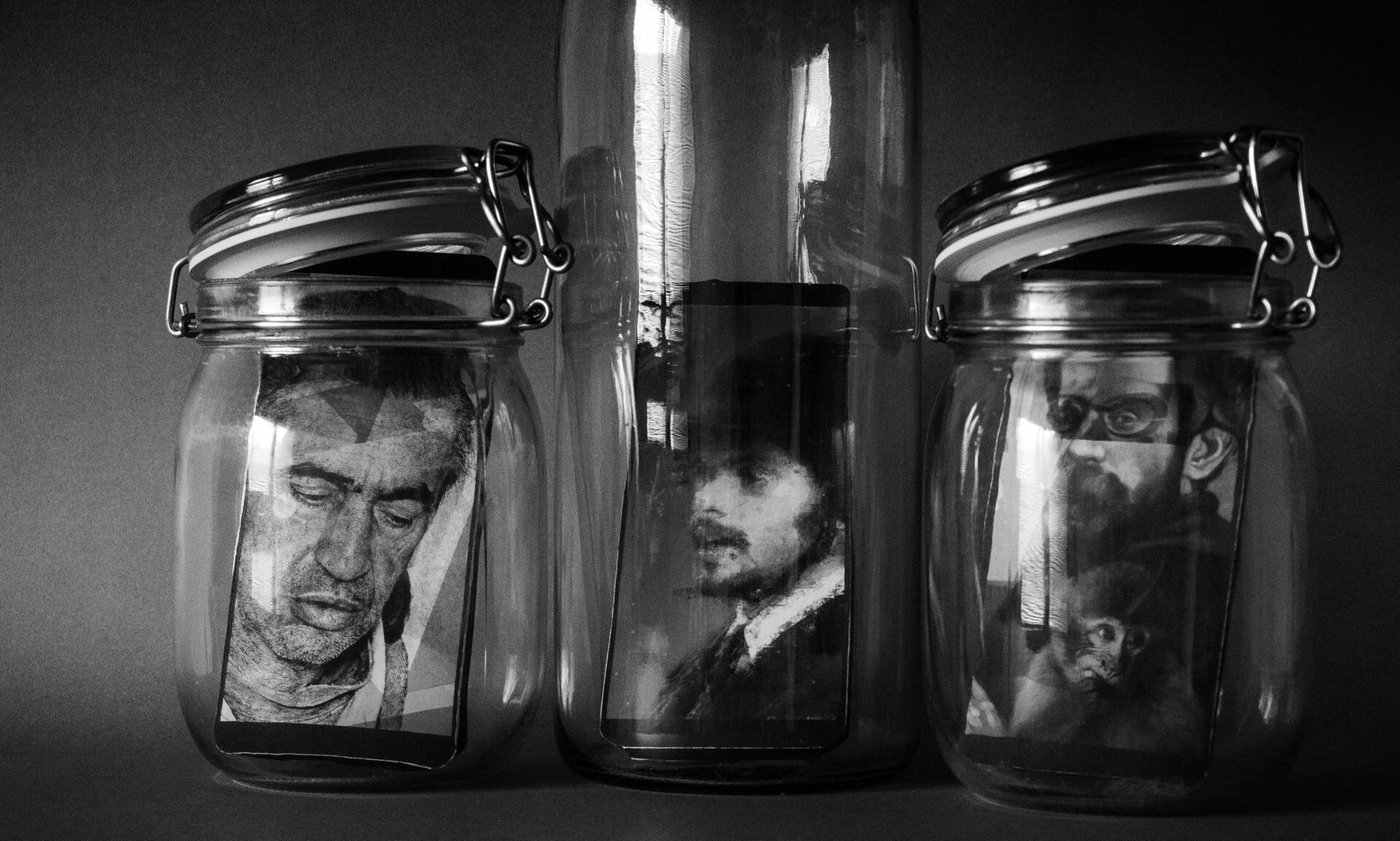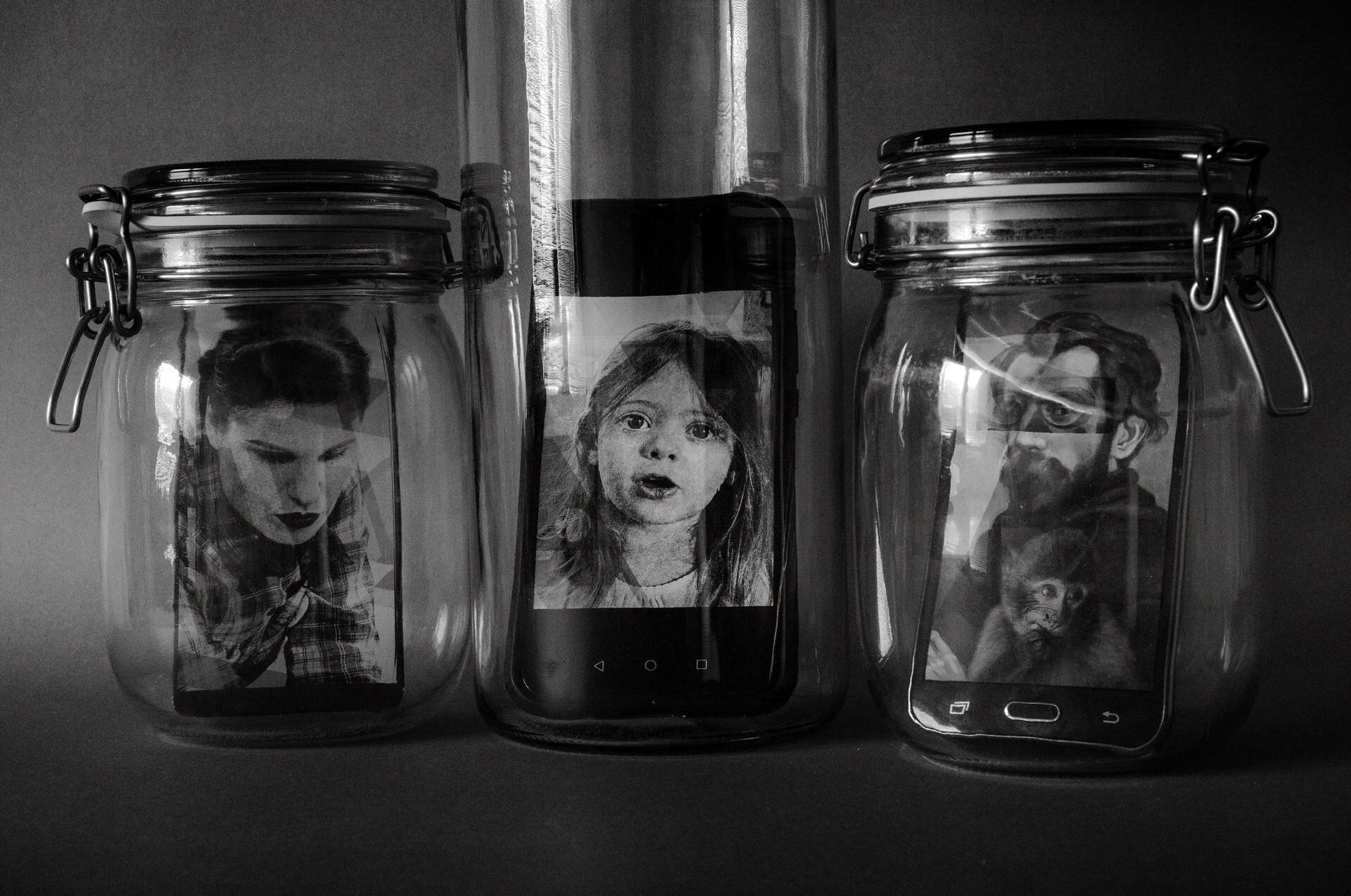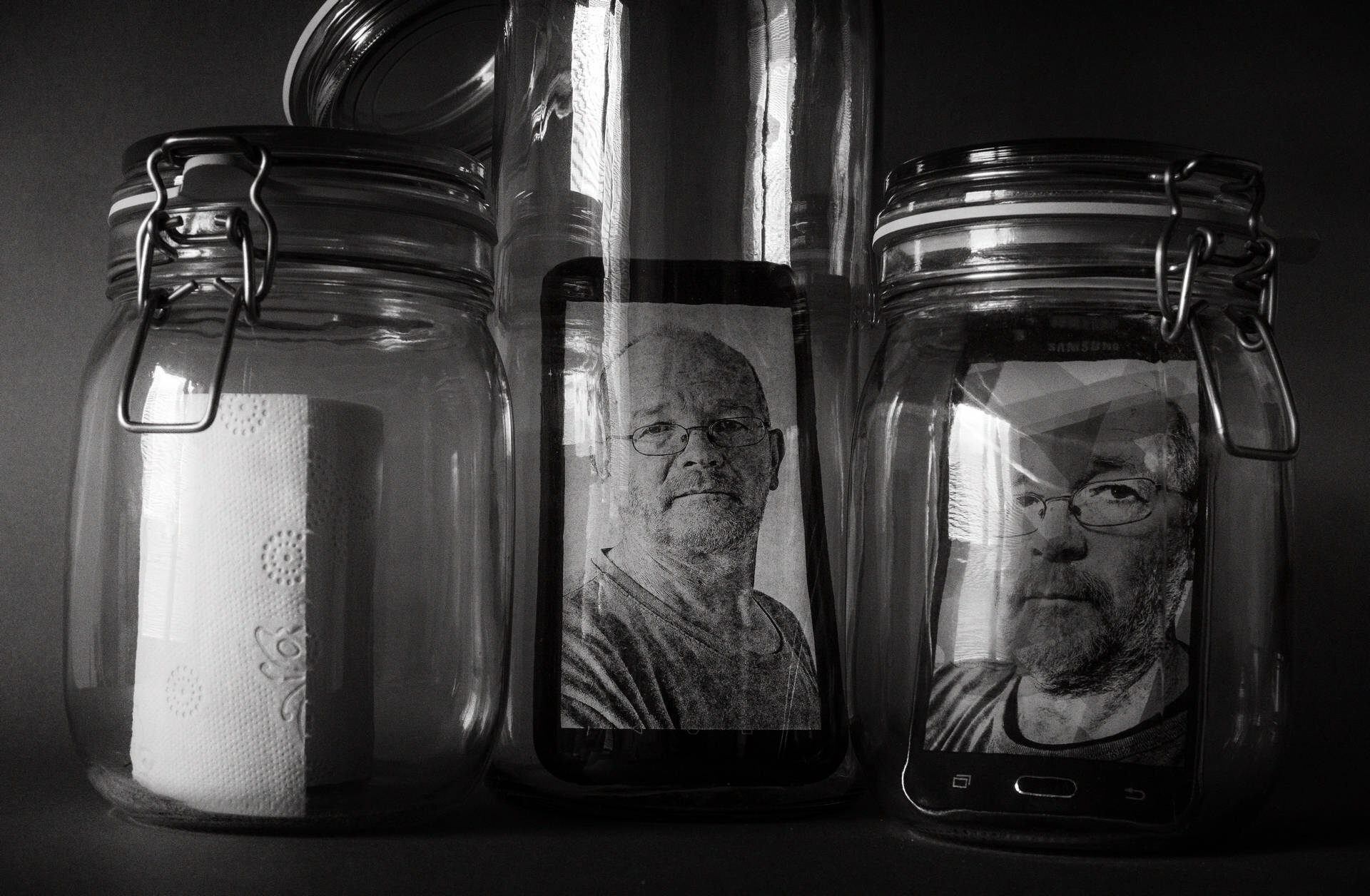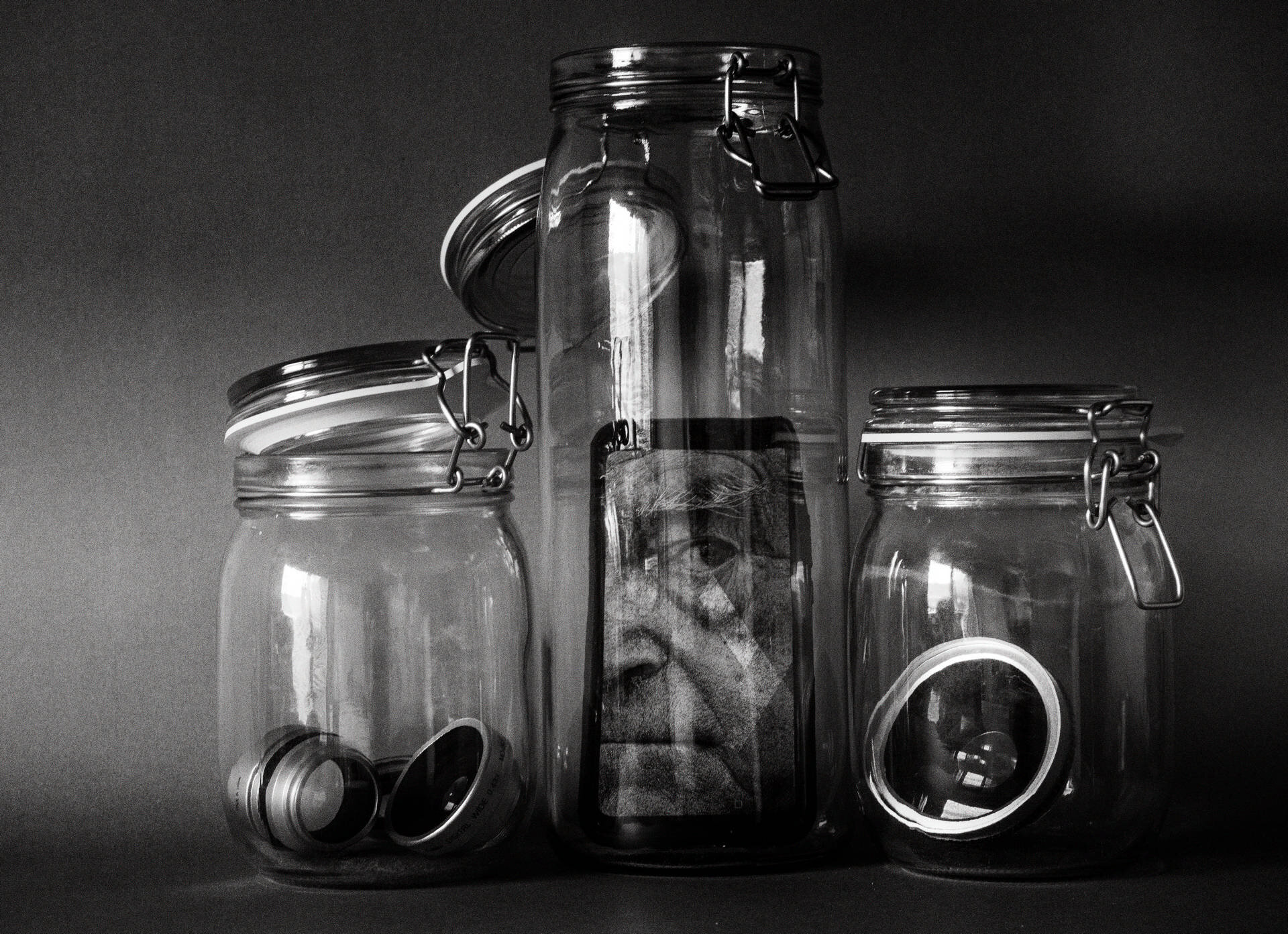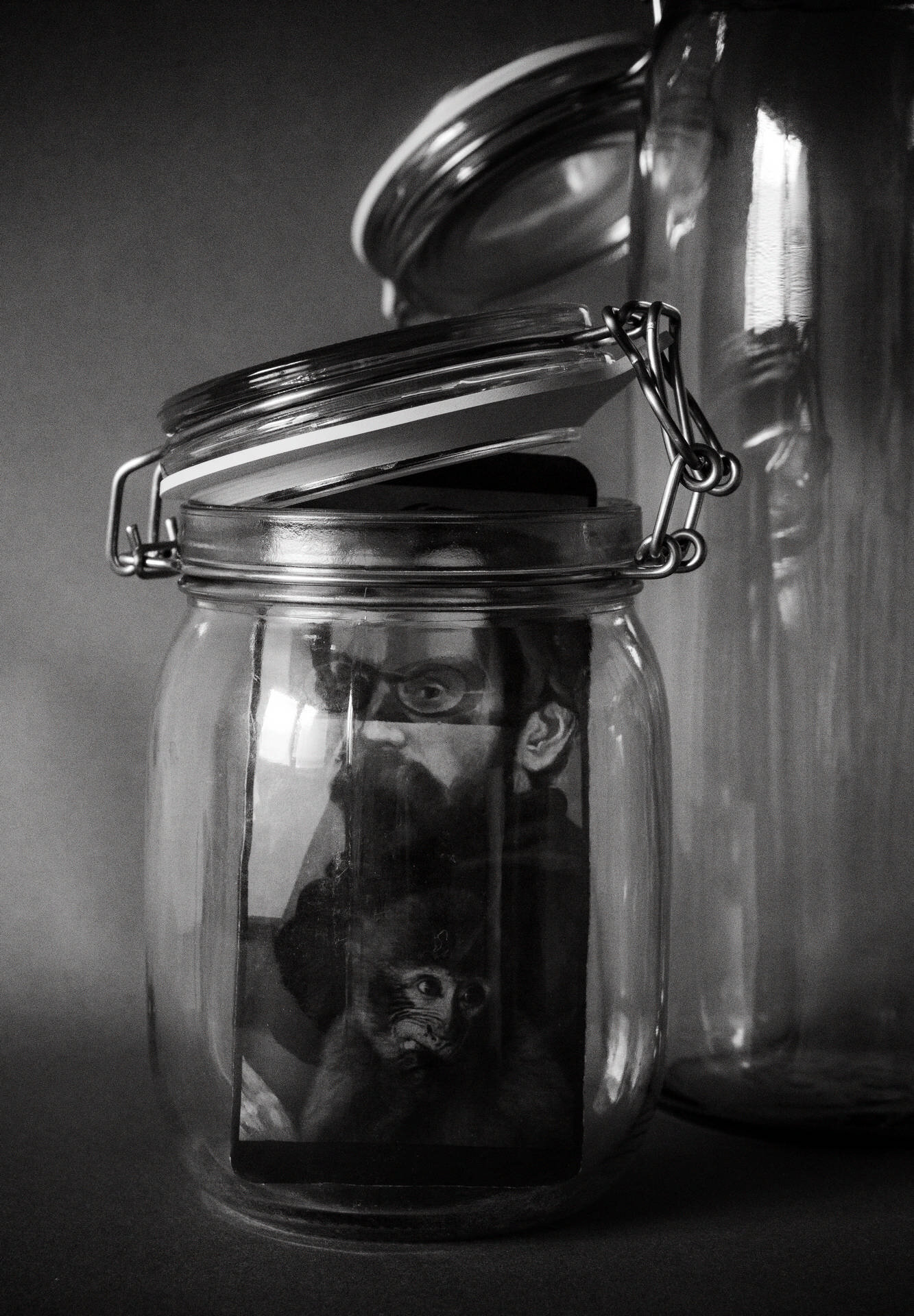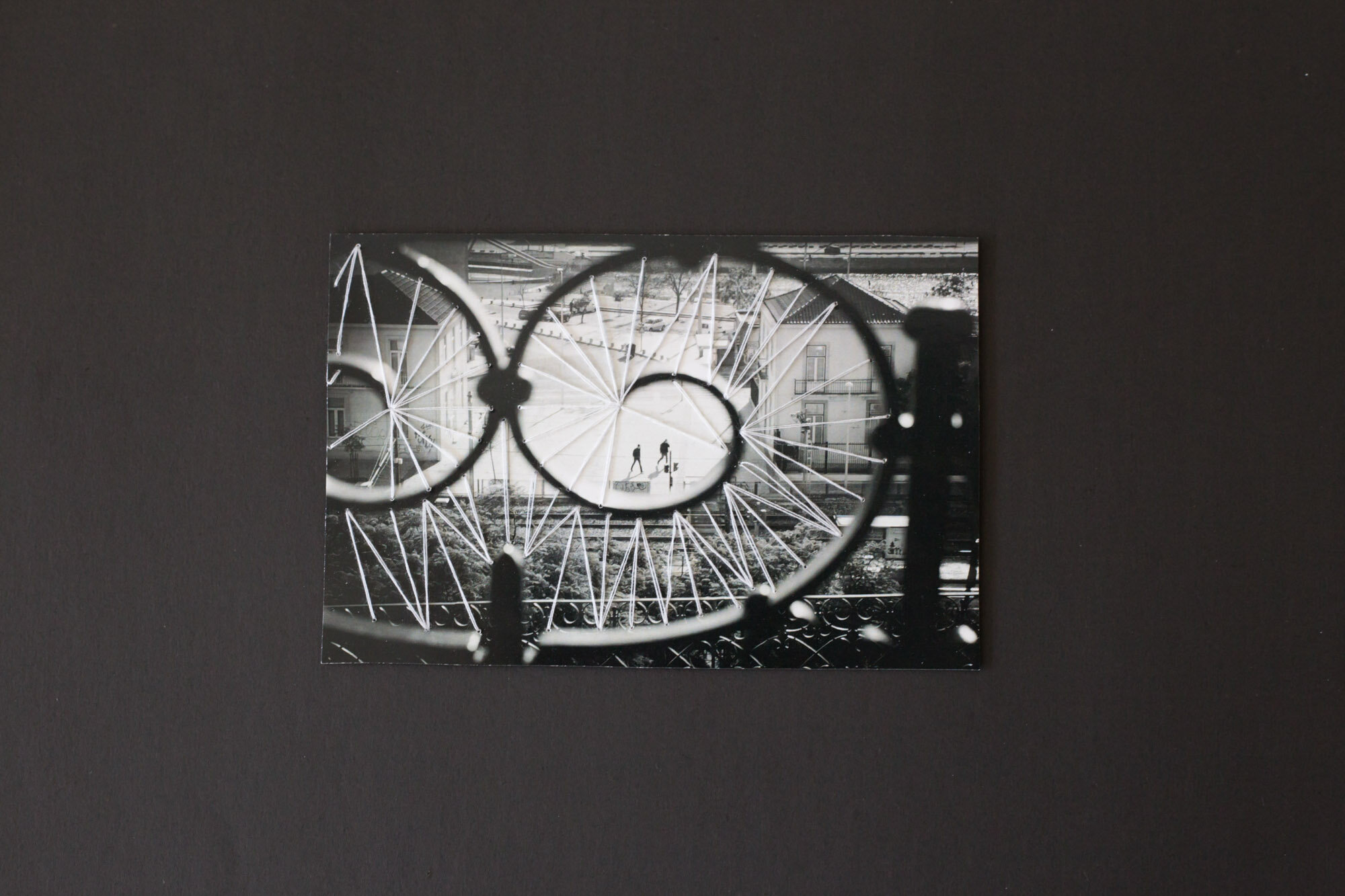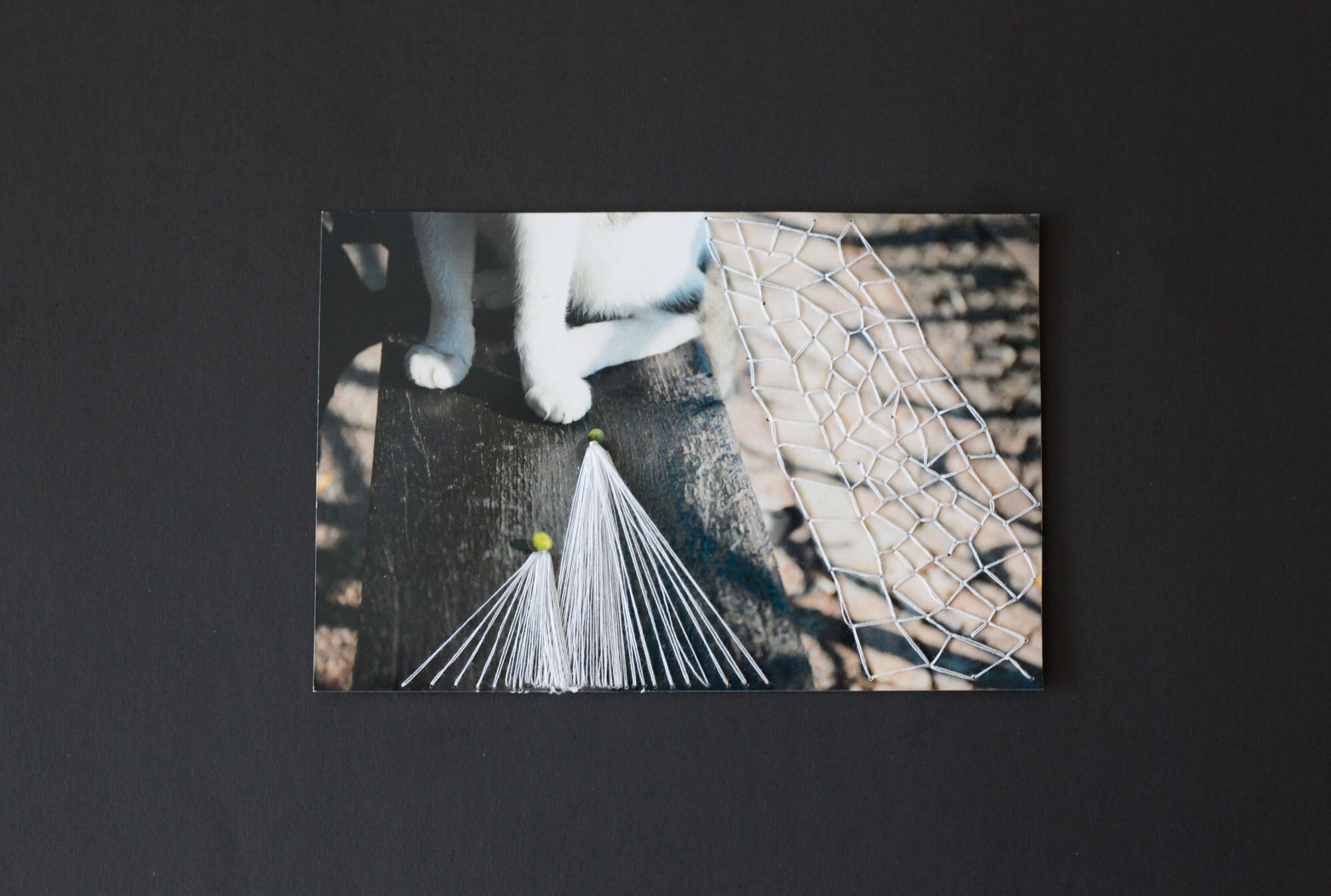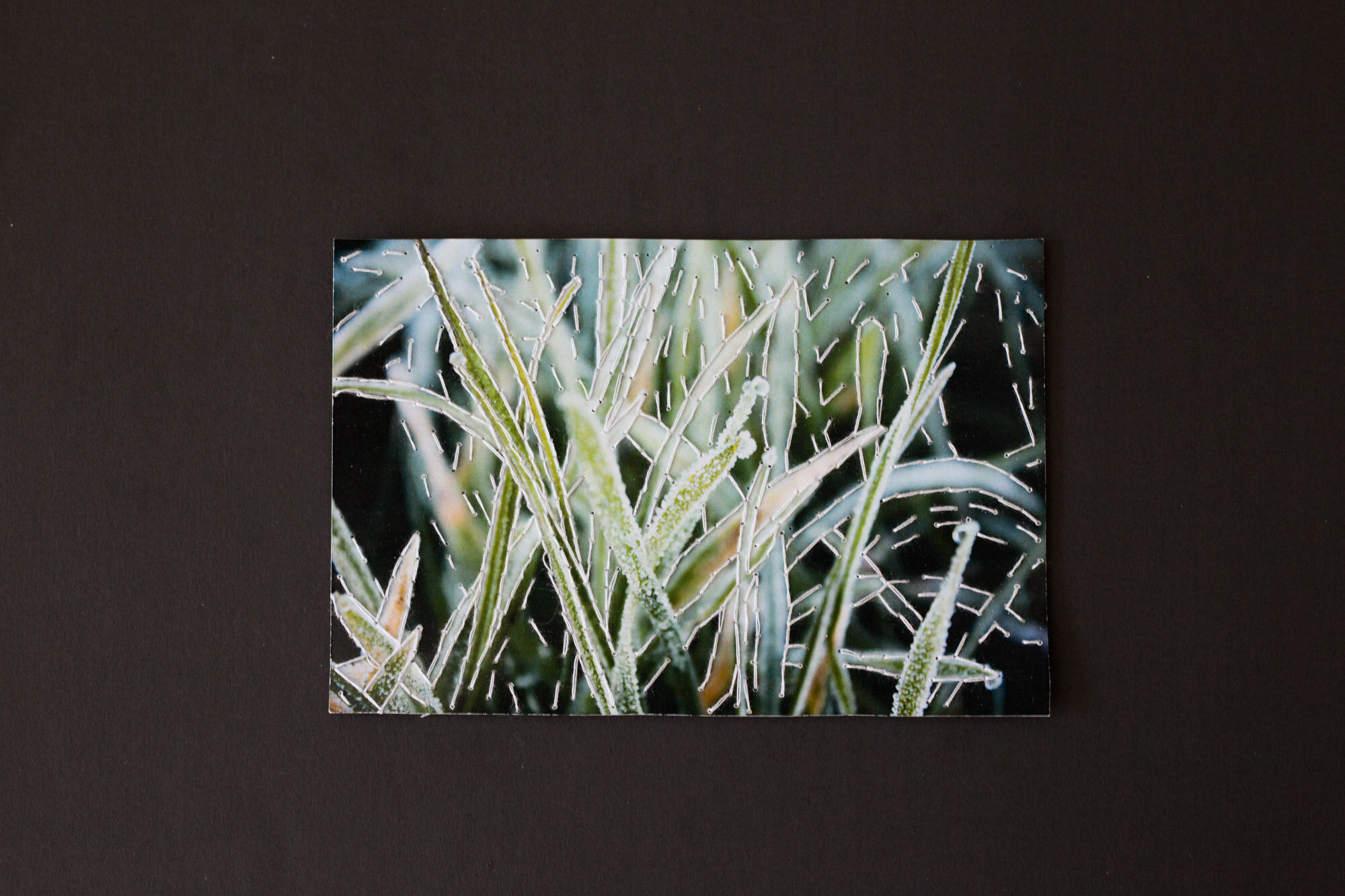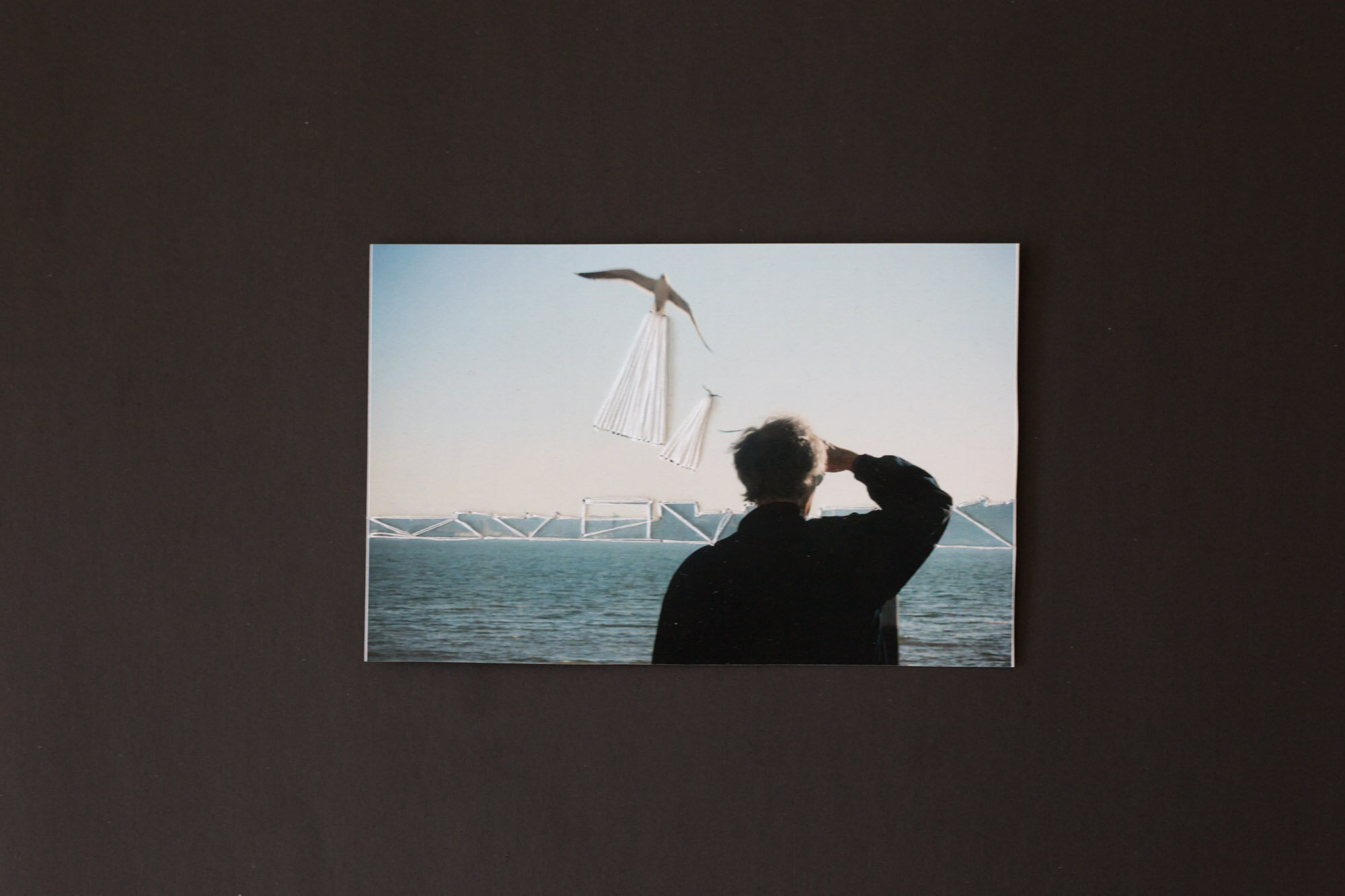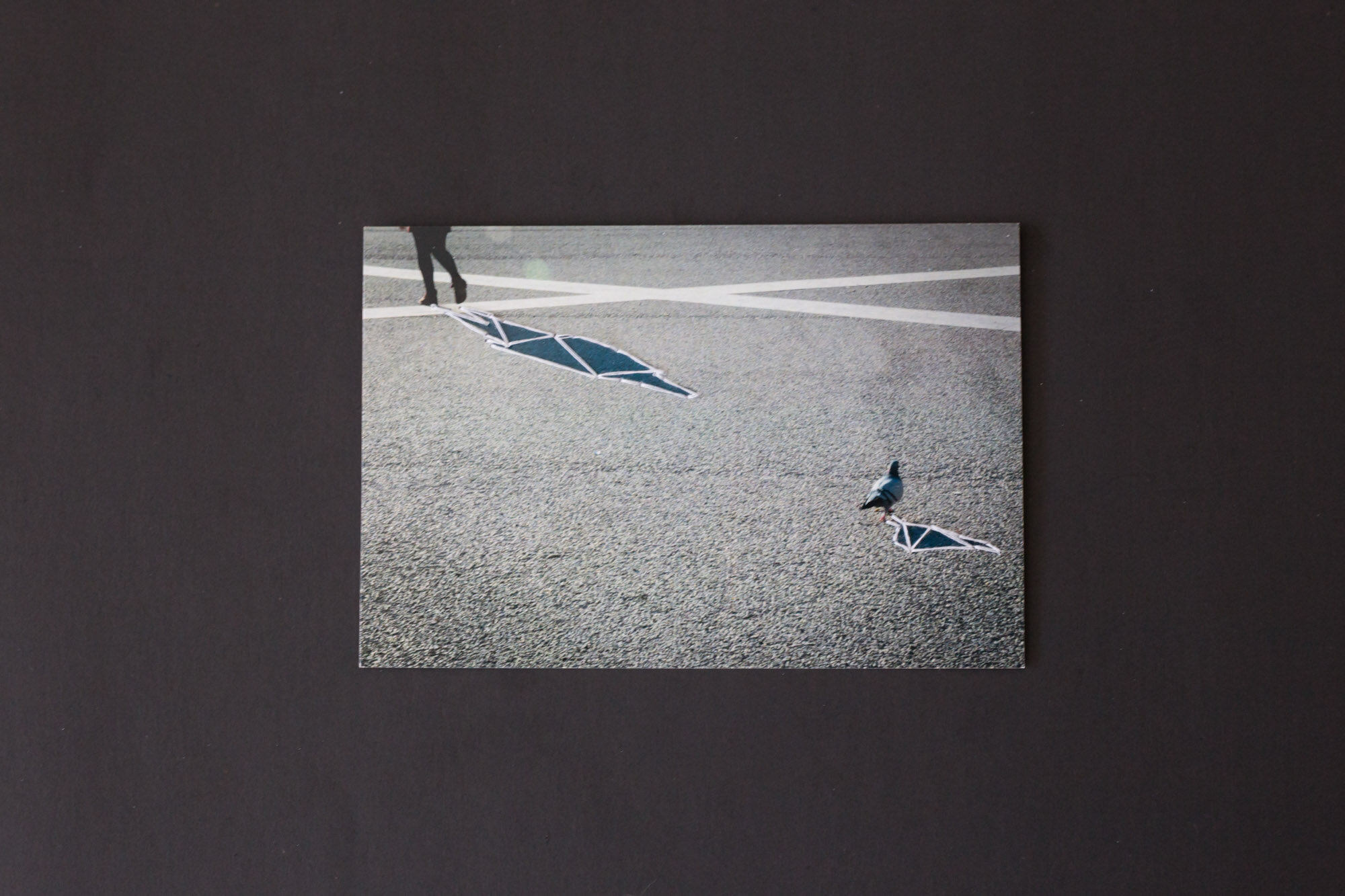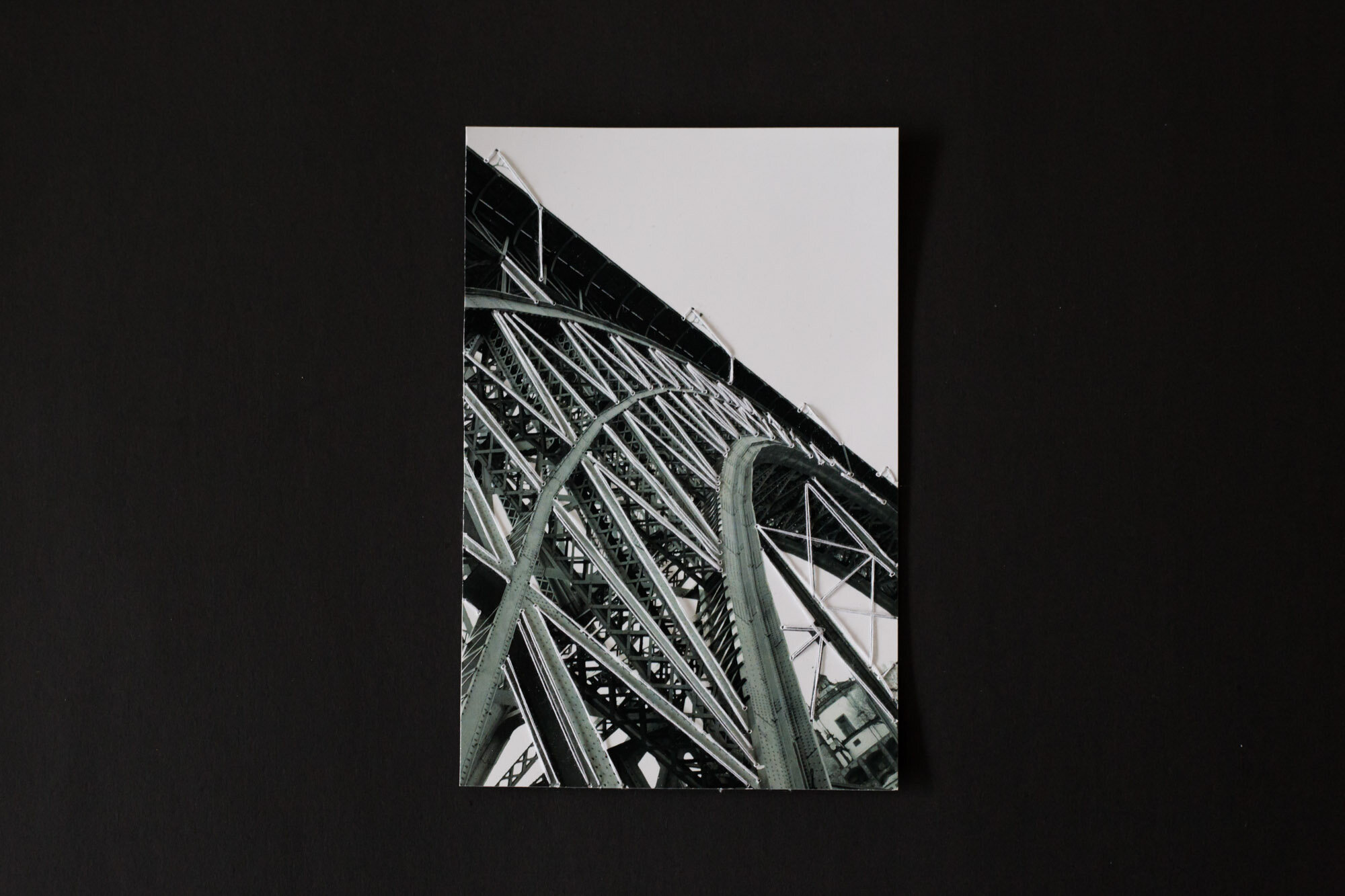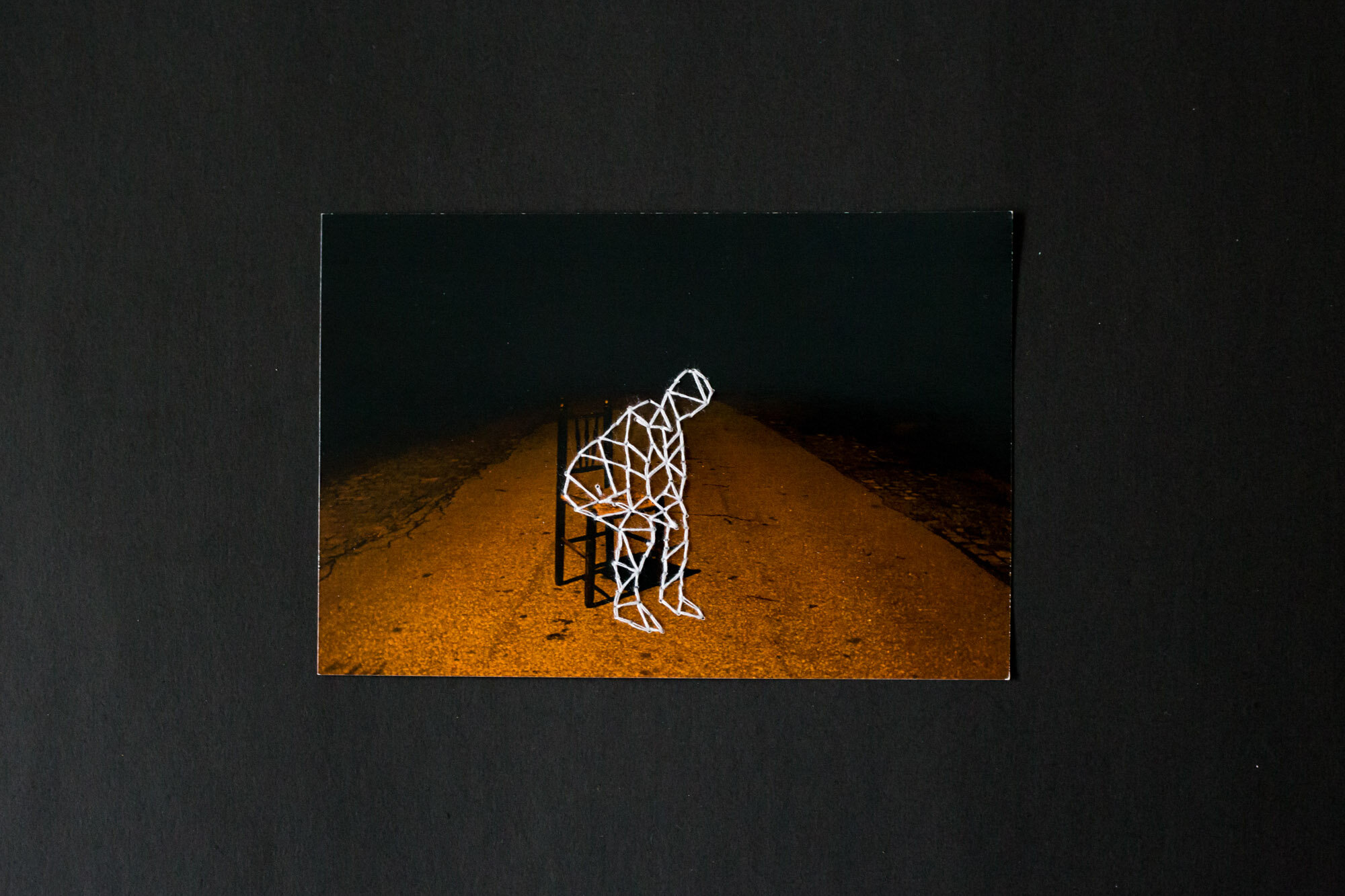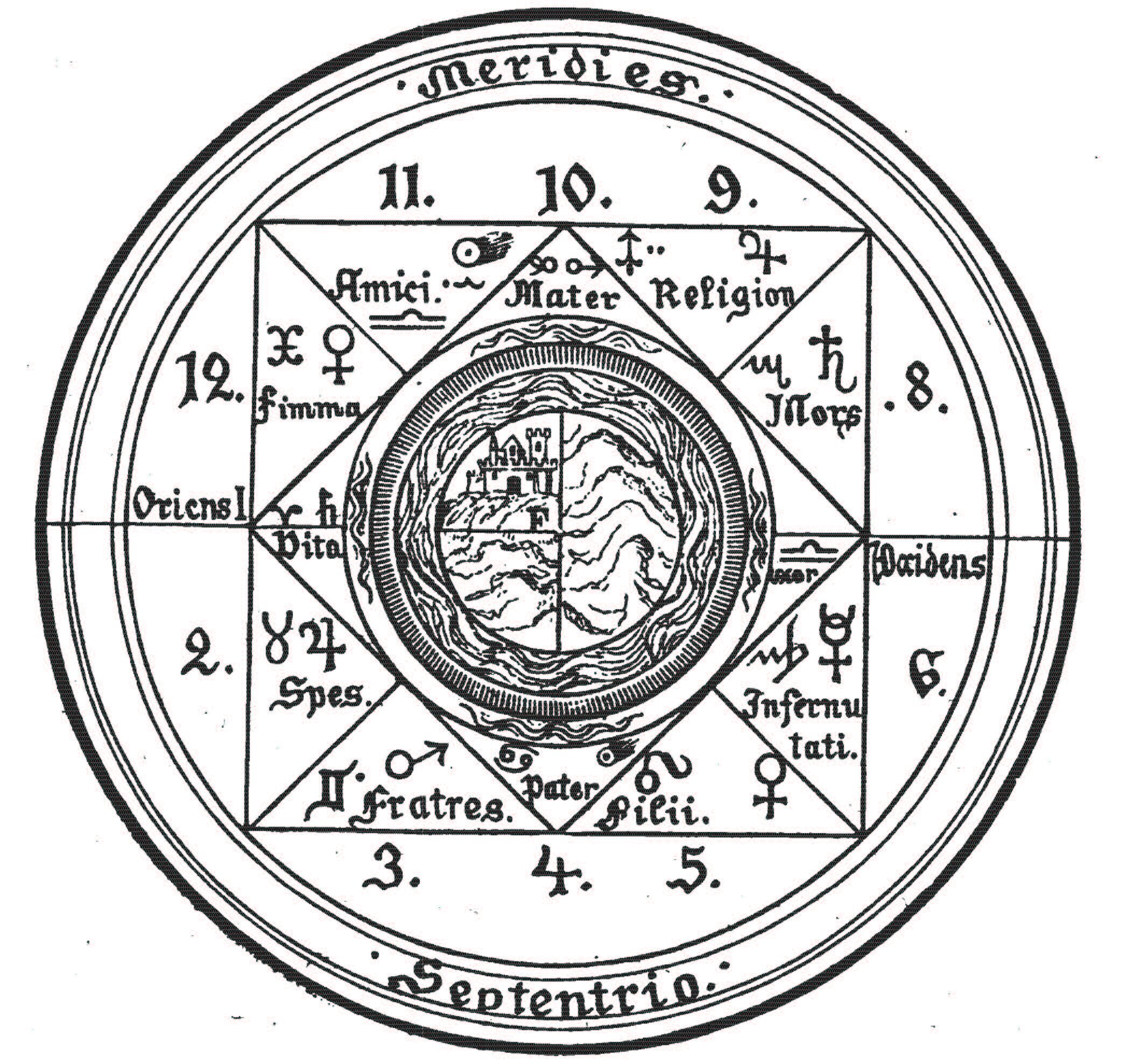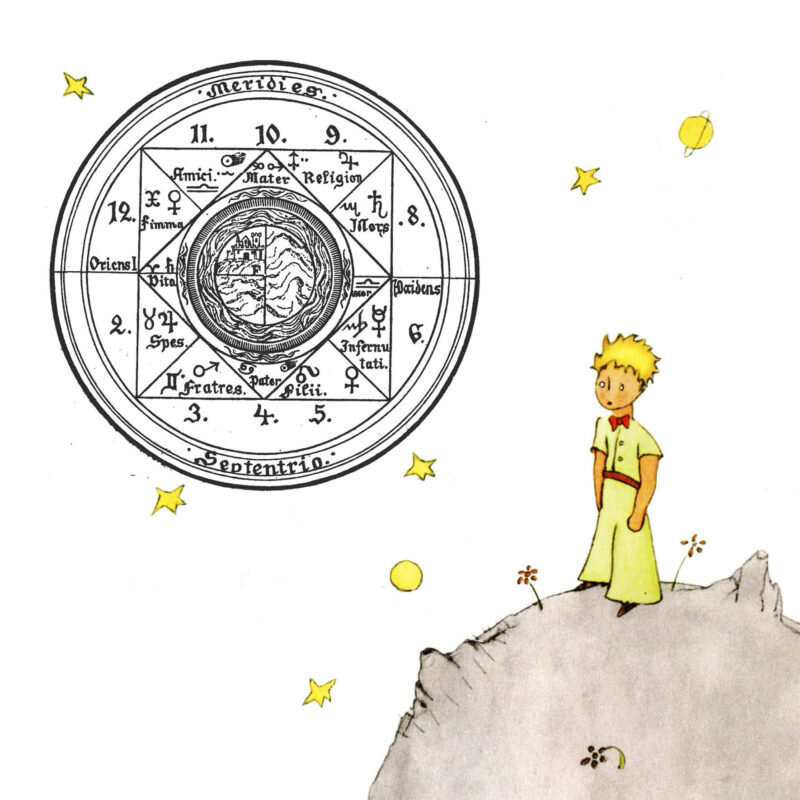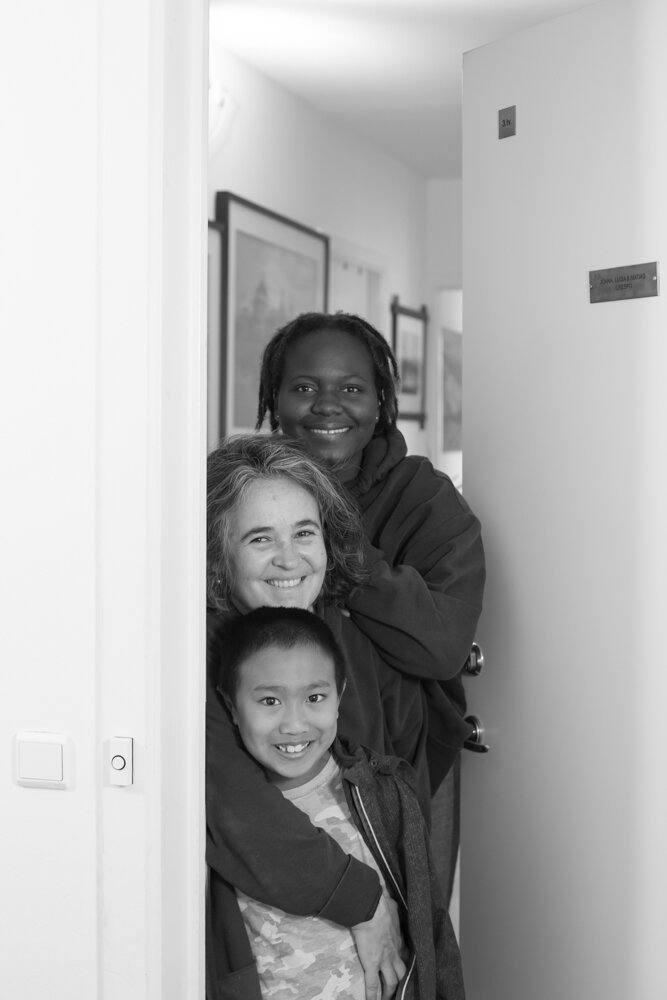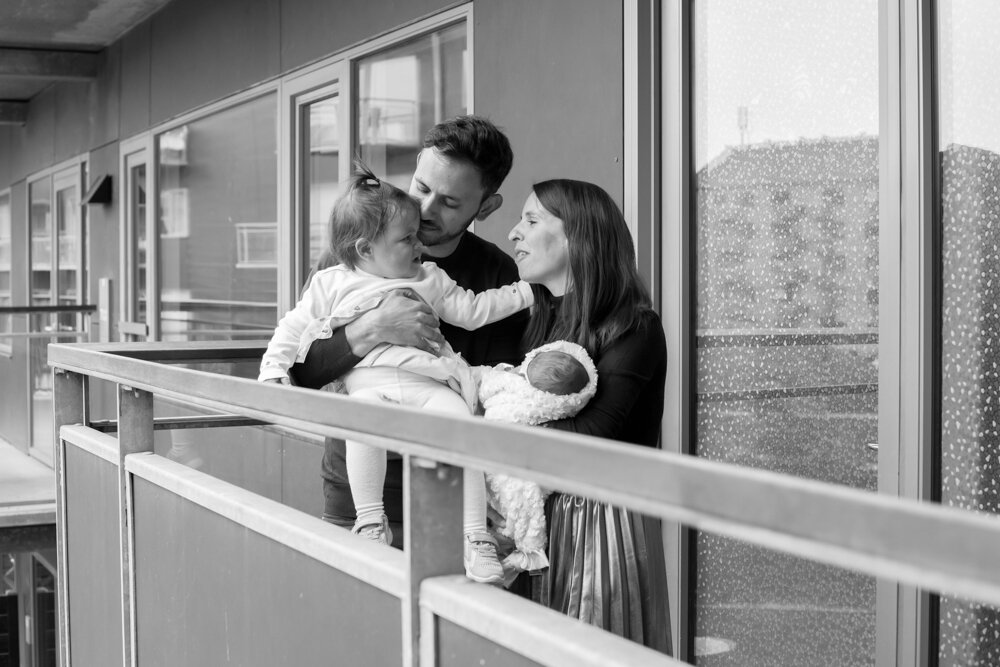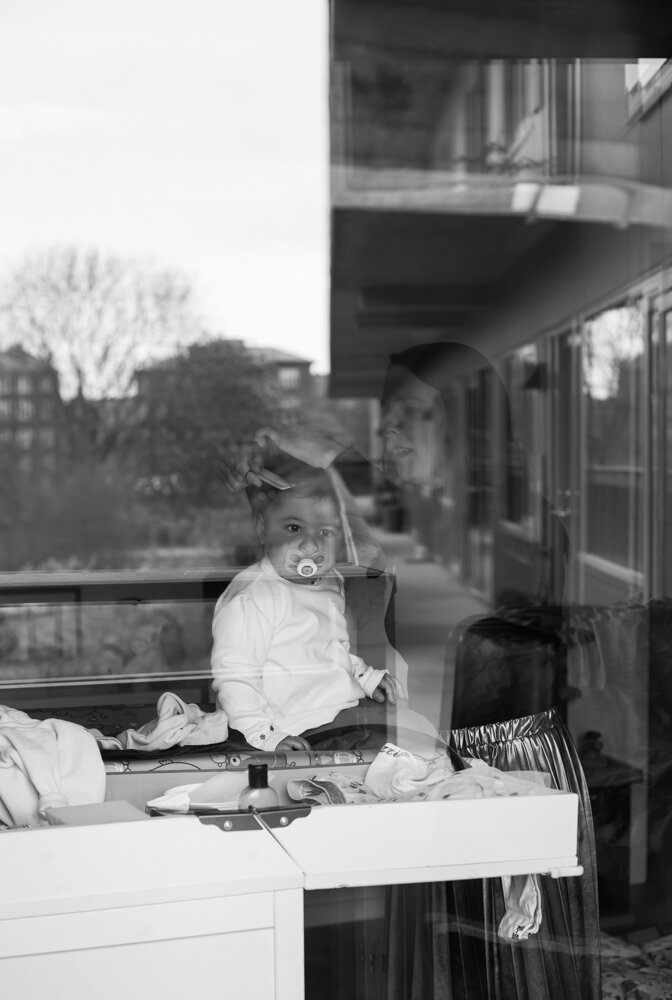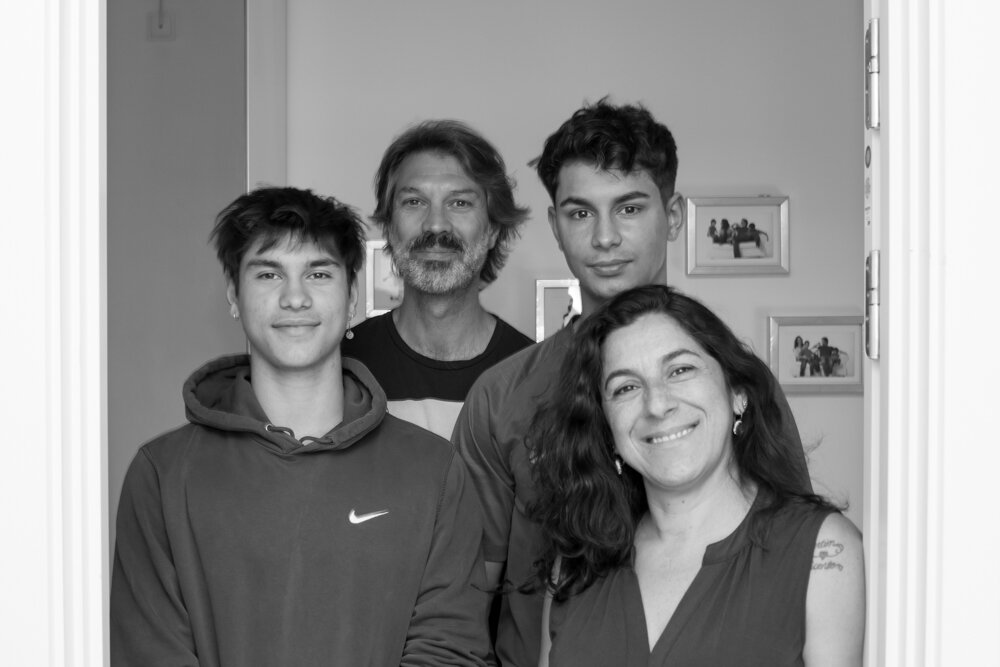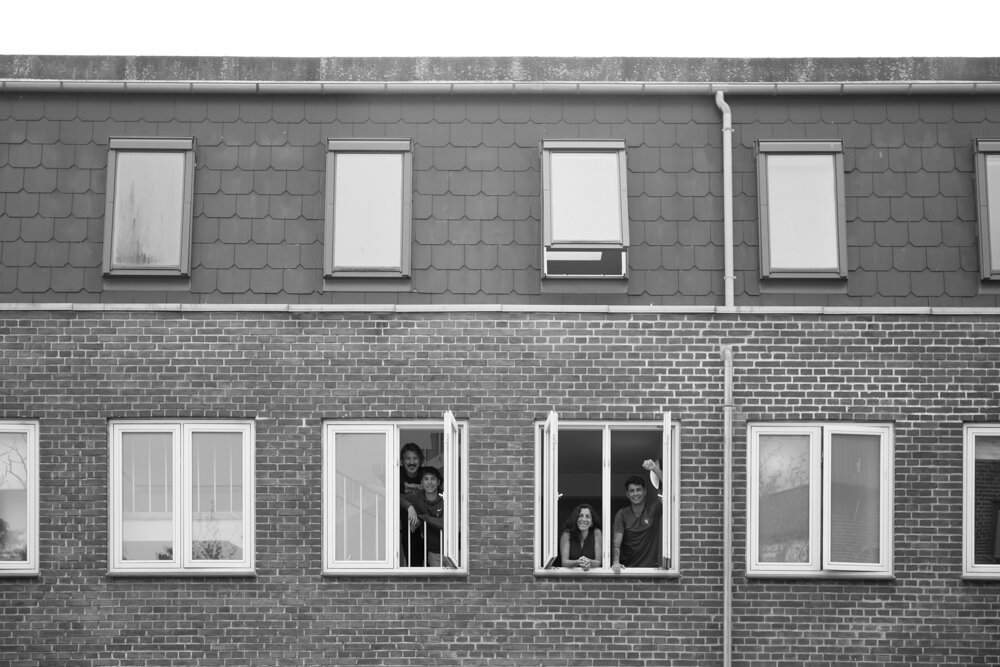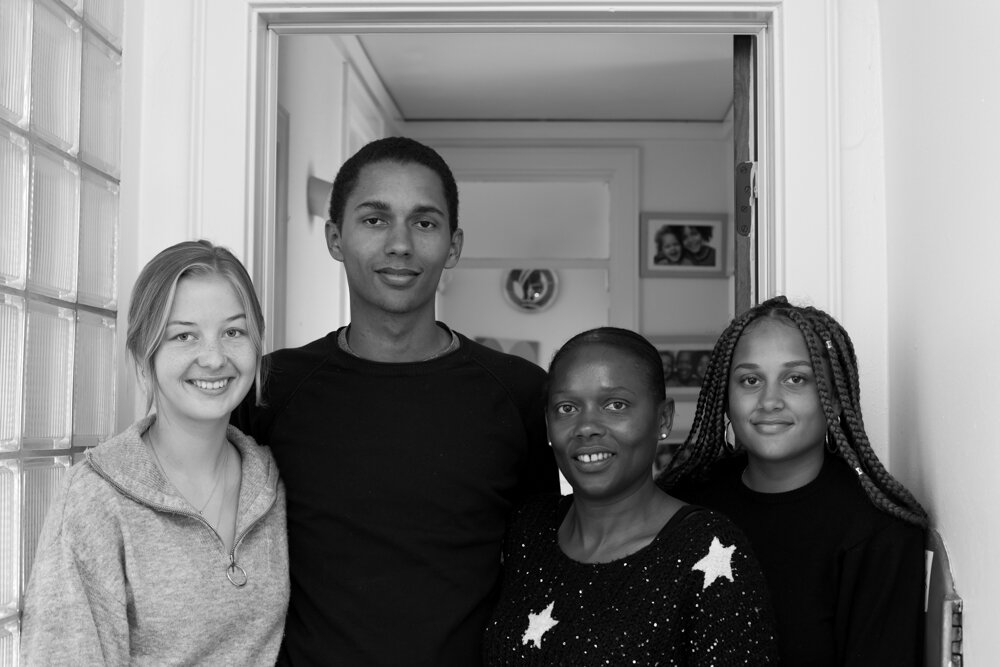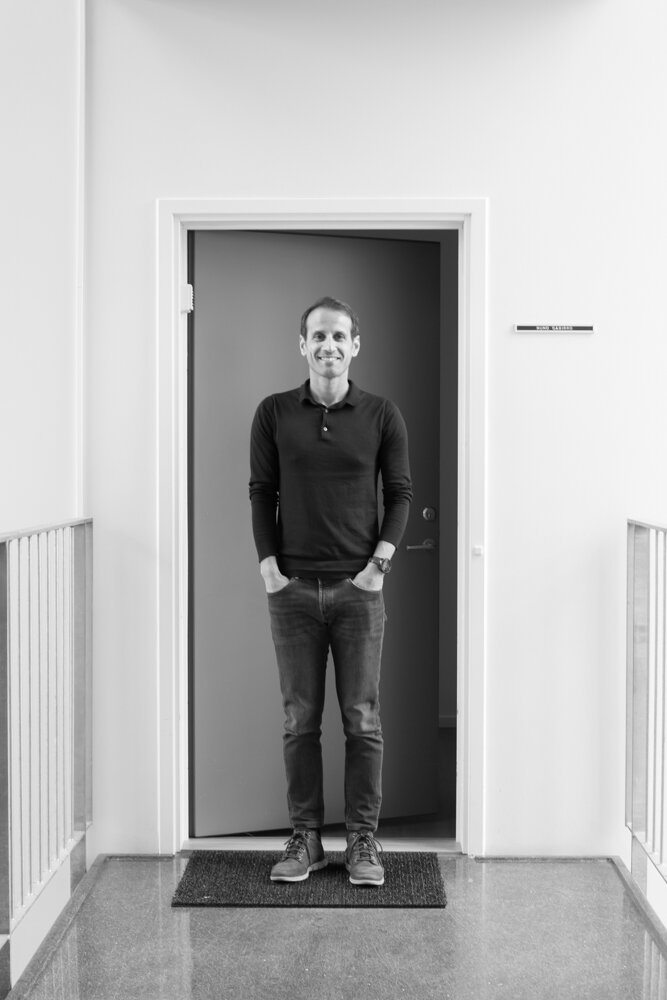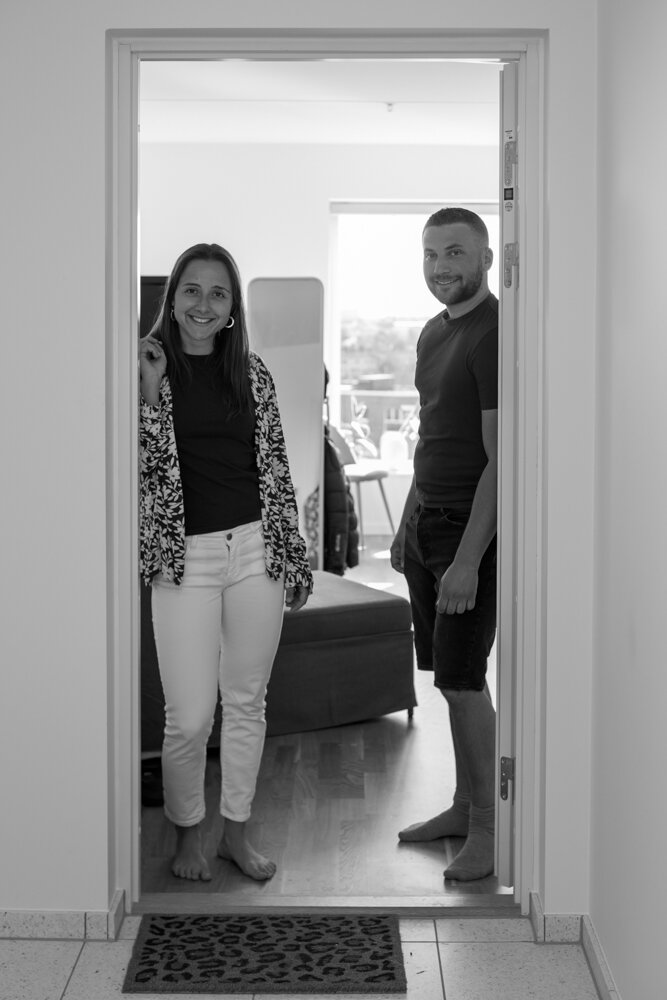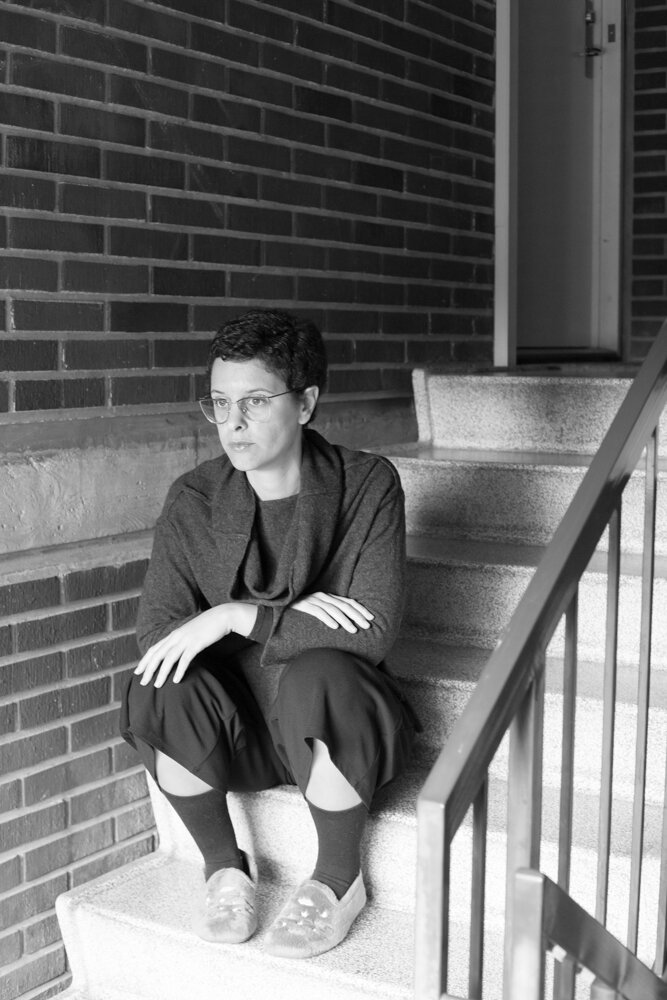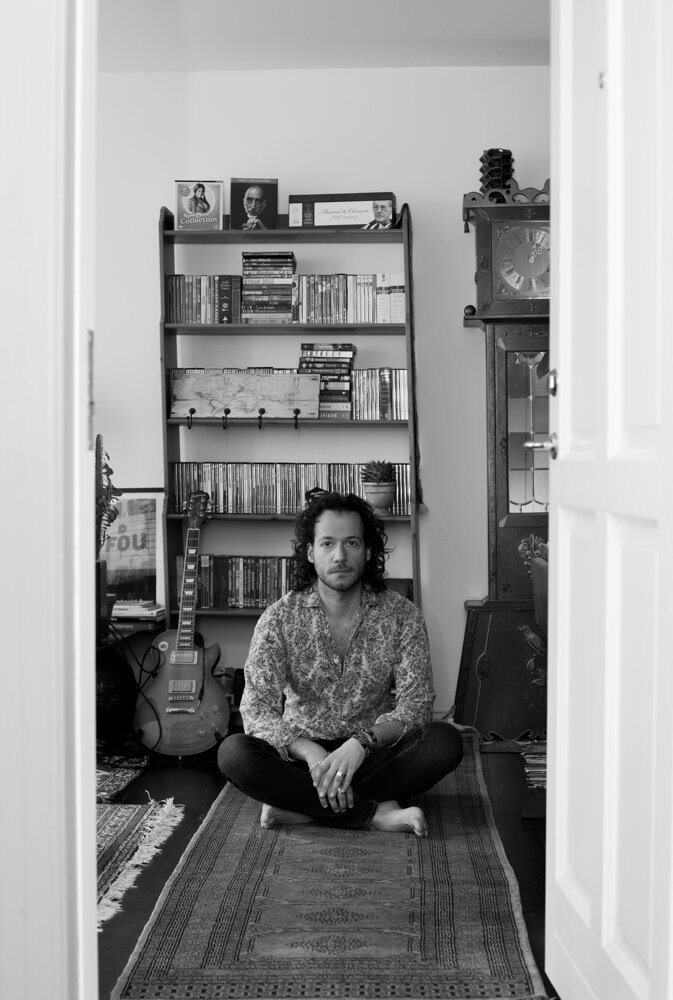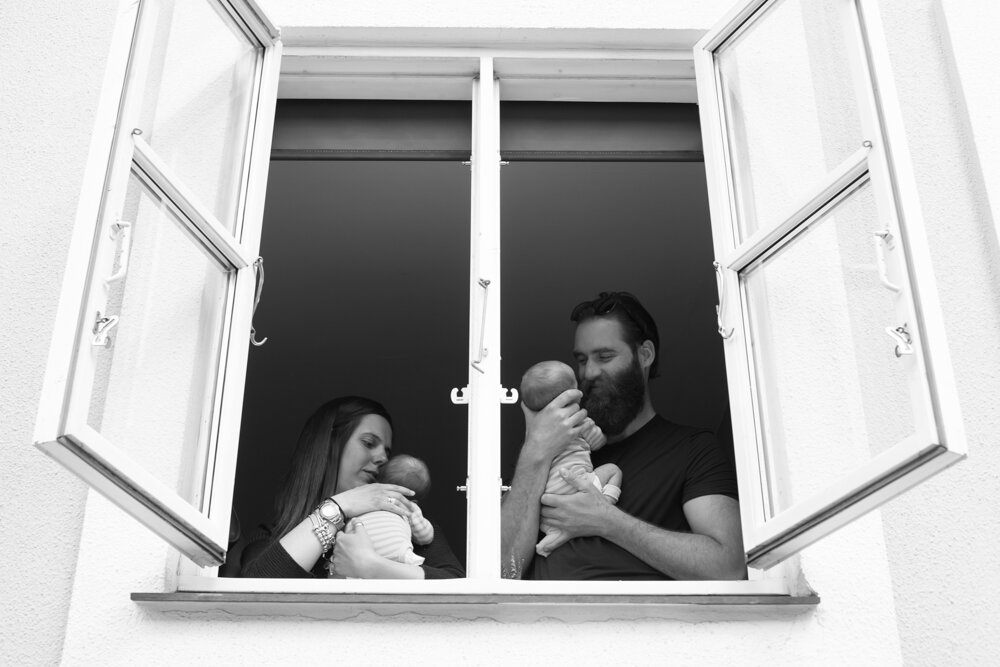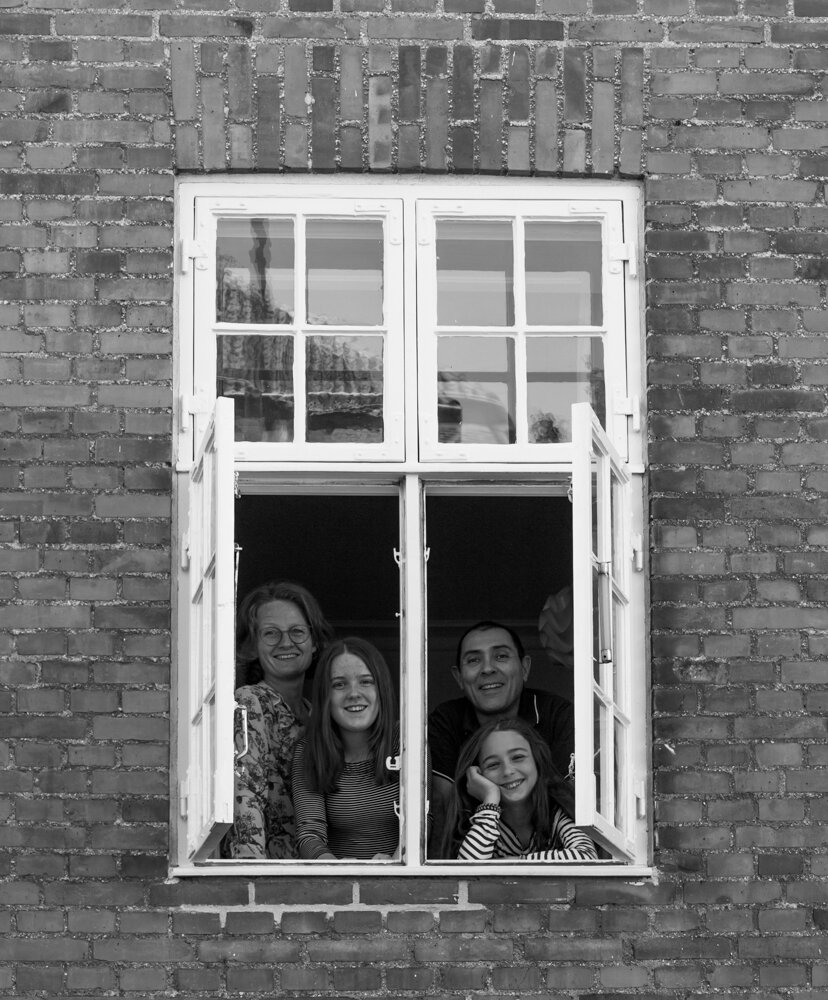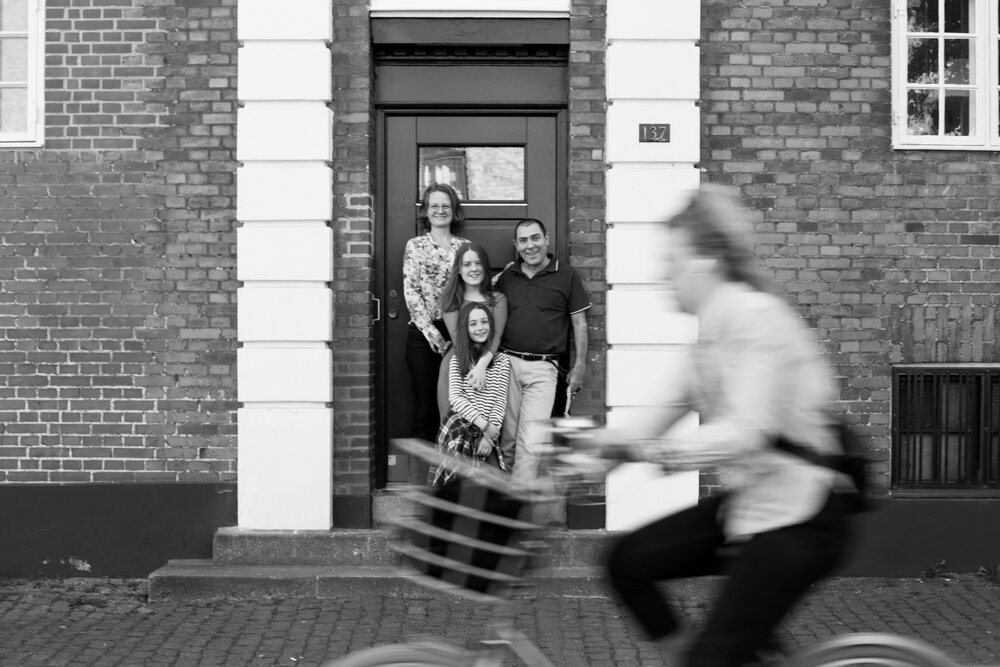PT | EN
On the 14th of october 2020, the International Conference: Visual Spaces of Change: Sophia Journal Exhibition and Mobile Projector Awards will take place in Auditorium Fernando Távora, FAUP. The live conference and the videoconferences program is organized within the framework of the Architecture, Art and Image (AAI) Conference and Debate cycle in FAUP, in partnership with UNIZAR, U. Aveiro and DECA / ID. This event will be broadcasted live online, encompassing: (i) a series of videoconferences; (ii) the roundtable launch and presentation of the 4th number of the Peer Review journal Sophia: Visual Spaces of Change: Unveiling the Publicness of Urban Space through Photography and Image; (iii) the presentations of articles of the 5th number of Sophia Journal: Visual Spaces of Change: Designing Interiority - shelter, shape, place, atmosphere; (iv) the launch of the open call for papers for the 6h issue of Sophia Journal: Visual Spaces Of Change: photographic documentation of environmental transformations; (v) the annoucement of the awards of the International Competition of Ideas: Exhibition and Mobile Projector and the Visual Spaces of Change exhibition, developed for this conference and for the spaces of FAUP, where new Contemporary Photography Projects will be communicated, as well as a new Exhibition Structure that was awarded with the first prize in the International Competition of Ideas: Exhibition and Mobile Projector.
In the first part of the event, Pedro Leão Neto (AAI / CEAU-FAUP) will open the roundtable discussion by announcing the awards for VSC International Competition of Ideas: Exhibition and Mobile Projector - 1º Prize Sérgio Magalhães (studium.creative studio) and then pass the word to Wilfried Wang (UTSoA) O'Neil Ford Centennial Professor in Architecture at the University of Texas at Austin and Guest Editor of Issue #6 of Sophia journal: "Visual Spaces Of Change: photographic documentation of environmental transformations" who will announce the open call for this 6th issue of Sophia.
Fátima Pombo (Department of Communication and Art - U. Aveiro) Guest Editor of the 5th number of Sophia - Visual Spaces of Change: Designing Interiority - shelter, shape, place, atmosphere - will introduce this publication and give the stage for the selected authors to present their articles. The following debate - Visual Spaces of Change through Photography and Image - will count with the participation of Inaki Bergera (Escuela de Ingeniería y Arquitectura Universidad de Zaragoza), Pedro Gadanho, who co-organised the conference Visual Spaces of Change that took place at the Museum of Art Architecture and Technology (MAAT) in 2018 and was at the time Director of the Museum, Paolo Rosselli and Marco Iuliano who were both keynote speakers in the MAAT conference and Fátima Pombo, guest Editor of Sophia 5th number.
The objective of this event that will take place both in Auditorium Fernando Távora and online through the form of videoconference,is to promote the reflection and debate on the universes of Architecture, Art and Image, addressing various issues transversal to the worlds of Photography and Architecture, exploring how the image can be a means to cross borders and shift boundaries between different disciplinary areas. The focus is on the contemporary transformations of public space and designing interiority, having as its motto, on the one hand, the published works and authors that reflect the debate and analysis of the conference ON THE SURFACE that took place in May 2019 at the Museum of Art Architecture and Technology (MAAT), focusing on the potential of Photography as a significant instrument to investigate, reflect and make visible the emergence of new collective experiences in social space. And, on the other hand, present the articles selected for the 5th number of Sophia - Visual Spaces of Change: Designing Interiority - shelter, shape, place, atmosphere.
Finally, it will be possible to visit the exhibition of the Visual Spaces of Change Projects developed for this conference, featuring new projects in the new exhibition modular structure that was awarded the first prize in the International Conference: Visual Spaces of Change: Sophia Journal Exhibition and Mobile Projector Awards.
The Visual Spaces of Change research project proposes a visual communication strategy based on the development of contemporary photography projects that reflect upon different dynamics of urban change to open new horizons of public intervention in the public space. These projects are conceived as “visual narratives” of these dynamics, intentionally interfering with the metropolitan territory in a self-reflexive representation of its own process of change, reducing the distance between the objects of investigation (landscapes, places, public and collective spaces) and their representations. The VSC exhibition contents will also be available online in the VSC platform. The encounters between individuals and the photography projects being exhibited will be registered for research purposes, constituting significant research content for further analysis in the context of the Visual Spaces of Change research project.
The conference will be conducted in English.
Due to the circumstances arising from the current post-Pandemic situation, the conference will be held simultaneously in person and online. You can join this online session by accessing the following link:
> Hiperlink to the Conferencia by Zoom meeting
https://us02web.zoom.us/j/87624067201?pwd=cmpadHU3Y05PQUdlWEhrZmVNT0dtdz09
Meeting ID: 876 2406 7201
Passcode: 4gjzKL
Support for dissemination:
U. Porto - Common House. Marques da Silva Foundation and Northern Regional Section of the Order of Architects (OASRN).
ORGANIZATION
EXECUTIVE COMMITTEE
Pedro Leão Neto (FAUP)
PROGRAMMING
Fátima Pombo (UA / DECA / ID+)
Inaki Bergera (UNIZAR)
Jorge Marum (UBI - AAI / FAUP)
João Carlos Ferreira (UFP - AAI / CEAU / FAUP)
João Varajão (Centro ALGORITMI / U. Minho / VSC)
José Carneiro (FBAUP / i2ADS)
Luís Gonzaga (Centro ALGORITMI / U. Minho / VSC)
Marco Iuliano (LSA-CAVA)
ORGANIZATION AND PRODUCTION
Miguel Santos (AAI / FAUP / VSC)
Eduardo Silva (AAI / FAUP / VSC)
Miguel Fonseca (Centro ALGORITMI / U. Minho / VSC)
Ana Miriam (AAI / CEAU / FAUP)
David Viana (ISCTE - AAI / CEAU / FAUP)
Isa Clara Neves (CEAU / FAUP)
Maria Neto (AAI / CEAU / FAUP – UBI)
COMMUNICATION
Departamento de Comunicação e Imagem / FAUP
AAI / FAUP
OPENING SESSION
Pedro Leão Neto (FAUP)
OPENING KEYNOTE SPEAKER
Volume 6 of Sophia: Visual Spaces of Change: photographic documentation of environmental transformations
Wilfried Wang - (UTSoA)
PANEL MODERATOR
Volume 5 of Sophia: Visual Spaces of Change: Designing Interiority - shelter, shape, place, atmosphere
Fátima Pombo – (DECA, UA)
SPEAKERS / ARTICLES
Pedro Bandeira Maia, Raul Pinto: Preserving Heritage Through New Narratives: designing a guesthouse within a multidisciplinary team | Speaker: Raul Pinto
Bárbara dos Santos Coutinho, Ana Tostões: The Role of Architecture for an Exhibition Engaging and Meaningful Aesthetic Experience
| Speaker: Bárbara dos Santos Coutinho
José António Bandeirinha, Rui Aristides: The modern Shelter: Laugier or Ledoux, metaphormosis or ex-novo, architecture for modern subjects and powers | Speaker: Rui Aristides
ROUNDTABLE MODERATORS
Visual Spaces of Change through Photography and Image
Inaki Bergera - (UNIZAR)
Fátima Pombo – (DECA, UA)
Pedro Leão Neto (FAUP)
INVITED SPEAKERS
Marco Iuliano (LSA-CAVA)
Paolo Rosselli (Photographer, writer)
Pedro Gadanho – (Curator, Loeb Fellow, Harvard university)
SCIENTIFIC COMMITTEE – SOPHIA JOURNAL
Álvaro Domingues (FAUP/ CEAU)
Ana Francisca de Azevedo (DeGeoUM/Lab2PT)
Andrew Higgot (AA Grad Dipl PhD)
David Viana (ISCTE - AAI / CEAU / FAUP)
Fátima Pombo (UA / DECA / ID+)
Francisco Ferreira (EAUM)
Gabriela Vaz-Pinheiro (FBAUP / i2ADS)
Isa Clara Neves (CES / CEAU / FAUP)
Iñaki Bergera (Arquitectura / UNIZAR)
João Carlos Ferreira (UFP - AAI / CEAU / FAUP)
Jorge Marum (UBI - AAI / CEAU)
José Carneiro (FBAUP / i2ADS)
José Miguel Rodrigues (FAUP / CEAU)
Marco Iuliano (LSA/CAVA)
Margarida Medeiros (FCSH)
Mário Mesquita (FAUP / FBAUP / i2ADS)
Marta Cruz (FAUP/ CEAU)
Miguel Leal (FBAUP / i2ADS)
Miguel Santos (FAUP / CEAU)
Olívia da Silva (P.PORTO / ESMAD)
Paulo Catrica (UNL)
Susana Lourenço Marques (FBAUP / i2ADS)
Susana Ventura (FAUP / CEAU)
Teresa Ferreira (FAUP/ CEAU)
Wilfried Wang (UTSoA)
CONFERENCE TEAM
Ana Miriam (AAI / CEAU / FAUP)
Eduardo Silva (AAI / CEAU / FAUP)
Maria Neto (AAI / CEAU / FAUP – UBI)
Miguel Santos (AAI / CEAU / FAUP)
Sara Lino (scopio Editions)
ARTISTIC DIRECTOR
Né Santelmo (scopio Editions)
PRINT AND WEBDESIGN
Eduardo Silva (AAI / CEAU / FAUP)
Sara Lino (scopio Editions)
VISUAL SPACES OF CHANGE PHOTOGRAPHIC PROJECTS
Ana Miriam
Edu Silva
Hélder Sousa
Jiôn Kiim & Artur Leão
Marta Ferreira
Sérgio Rolando
Sofia F. Augusto
Volume 4 of Sophia: Visual Spaces of Change: Unveiling the Publicness of Urban Space through Photography and Image
The theoretical aims of the 4th number of Sophia and the 5th International Conference On the Surface, “Visual Spaces of Change: Unveiling the Transformation of Publicness” were for an interdisciplinary debate on photography and architecture, with a strong editorial component devoted to the publication of original works and ideas at the intersection of these two fields. The theme chosen for this edition On the Surface was focused in contemporary transformations of the public space: “Visual Spaces of Change: unveiling the publicness of urban space” proposing to debate and explore the potential of Image and Photography as resourceful tools to research, reflect upon and render visible the emergence of new collective experiences in the social space.
In Volume 4 of Sophia the following authors are published
Editorial
About the 4th number of Sophia, Visual Spaces of Change: Unveiling the Publicness of Urban Space through Photography and Image
Iñaki Bergera
About the 5th International Conference On the Surface
Pedro Leão Neto
Pedro Gadanho
HC (hortus conclusus)
Beate Gütschow - Invited Author
Contemporary discurses on Architecture, City and Territory: Visual Spaces of Change
Pedro Leão Neto
Visually reinventing architecture in the pre-cinematic scenario of Idris Khan’s photograph
Katarina Andjelkovic
Photocreation as a propeller to upcoming new urban and spatial utopias
Klauss Borges
Ringroad (Houston), 2005: The Construction of an Image
Bas Princen - Invited Author
Re-framing the Public Space: Relations between Architecture and Photography
Iñaki Bergera
Clareira: Towards a phenomenological perspective in the representation of architectural space
Ana Miriam, Fátima Pombo, José Carneiro
A Bridge
Sebastiano Raimondo
Behavioral mapping of Abu Dhabi’s public spaces: Urban research photography and cultural clashes
Apostolos Kyriazis, Ayesha Zahid, Clemence Montagne, Clio Chaveneau, Hadrien Dubucs, Hanu Dilip, Shafaq Qamar
Atlas Interactive. Visual register of urban architecture in Latin America. A work in progress
Cristina Gastón Guirao
Image-Making After Photoshop: Architecture, Public Space and their Visual Discontents
Pedro Gadanho
The invisible villages. Up-to-date Images of Settlement in Spain
Ana Amado, Andrés Patiño
Peter Scheier and Marcel Gautherot: Brasília Lyric and Epic
Mariana W. von Hartenthal
Visual technological enthusiasm: an industrial urban spectacle in the “Tenth Anniversary” commemorative albums of China
Haode Sun
Photography on Architecture - Visual Spaces of Change: Unveiling the Transformation of Publicness
Paolo Rosselli - Invited Author
This 4th Sophia number had as Editors:
Pedro Leão Neto (AAI / CEAU-FAUP) and Inaki Bergera (Escuela de Ingeniería y Arquitectura Universidad de Zaragoza)
Volume 5 of Sophia: Visual Spaces of Change: Designing Interiority - shelter, shape, place, atmosphere
The interest of the 5th number of Sophia, which will be called Visual Spaces of Change: Designing Interiority - shelter, shape, place, atmosphere, is in original articles that discuss the core of Interiority in Architecture as a matter open to diverse ideas and practices in the realm of built space to be experienced by its inhabitants. Interiority differentiates a place of a non-place. The non-places are spots with which the individual does not create any relation; they are transit-places without memory, identity, history, personal construction, references, emotions of which solace is not a minor one. Interiority calls that kind of space that accommodates thoughts, dreams, nightmares, intimacy, changes, silence, noise, neurosis...life. Shelter, shape, place, atmosphere portray scenarios that enhance experiences, events, occurrences beyond the functionalistic rhetoric enveloping them. Our journal is now accepting papers within this framework, which may contribute to voice critically and poetically a broader understanding of designing interiority in architecture.
In Volume 5 of Sophia the following papers have been selected
Guest Editors
Fátima Pombo (UA / DECA | ID+)
Silvina Félix (UA / ESAN | ID+)
Topic Papers
Pedro Bandeira Maia, Raul Pinto: Preserving Heritage Through New Narratives: designing a guesthouse within a multidisciplinary team | Speaker: Raul Pinto
Bárbara dos Santos Coutinho, Ana Tostões: The Role of Architecture for an Exhibition Engaging and Meaningful Aesthetic Experience | Speaker: Bárbara dos Santos Coutinho
José António Bandeirinha, Rui Aristides: The modern Shelter: Laugier or Ledoux, metaphormosis or ex-novo, architecture for modern subjects and powers | Speaker: Rui Aristides
Featured Texts
Interview The Power of Imagination - an interview to designer Hans Thyge by Fátima Pombo
Miscellany Critical essay: The Compliment of Light by Nuno Grande about photography series The Idea of Álvaro Siza of Mark Durden and João Leal
Reviews About the book OLIM of Camilo Rebelo: Texts by Nuno Faria and Eduardo Souto de Moura
Volume 6 of Sophia: Visual Spaces of Change: photographic documentation of environmental transformations
Open call
Volume 6 of Sophia will be dedicated to Visual Spaces Of Change: photographic documentation of environmental transformations
How do we all become aware of the gradual, but inescapable changes in the environment? How does photography raise public awareness of the pressing environmental changes implicit in our anthropocentric epoch? How can photography contribute to these complex debates? These issues can be addressed from several perspectives: from confronting our memories and understandings of a place to reactivating ‘what is no longer there’ or proposing ‘what could be there’.
This volume of Sophia will bring together photographers and researchers who make significant contributions to these discussions, including the material processes of creating, managing and interpreting sets of documents. We are interested in material processes where photography is explored as a significant research tool for critical and innovative views on architecture and urban transformation in their expanded fields and contextualized by larger systems: cultural, political, artistic, technical, and historical dimensions.
We will be publishing long-term photographic work of environmental changes, innovative documentation or archival projects exploring discursive forms of presentation and visual constructs, articles and research papers discussing the rich spectrum of techniques and visual strategies employed in environmental discussions.
The spectrum of transformational processes is broad: deforestation, soil erosion, suburban sprawl, wastelands, decaying shopping malls, neglected social housing, postindustrial ruins, gentrification and privatization of public space, or demonstration movements from “Occupy” to “Fridays for Future”. In this context, we will be especially interested in proposals that are able to question how the different dimensions of architecture and urban transformation may be meaningfully understood or reframed through the different lenses and perspectives of visual processes.
The journal is now accepting photographic work and critical papers within the above framework that will allow the interested public to reflect on the diverse transformational processes affecting our present cities and territories.
Guest Editors
Wilfried Wang (UA / DECA | ID+)
ABOUT PEER REVIEW JOURNAL SOPHIASophia collection is specifically designed to address theoretical work, and it aims to be the publishing medium for a set of exploratory and critical texts on image in the broad sense, i.e. comprehending the worlds of design, photography, film, video, television and new media.
The etymology of the word “sophia” is closely linked to the concepts of sapience and wisdom: (Greek , “sofía”) it is what the “wise person” has, and this word is also derived from philo+sophia (“love of wisdom”). We are interested in making Sophia journal a mentis instrumenta capable of extending our critical knowledge and questioning the universe of image in an innovative way.
The collection, which welcomes several academic works, will also be an important publishing medium for some theoretical papers coming from the FAUP R & D center – CEAU. The purpose of Sophia journal collection is to publish a set of theoretical and critical texts on image in book format; these texts can either be taken from sections of scopio magazine or submitted by new authors and other R & D national and international centers, through a call for papers. The aim is to challenge different artists and creators to publish original articles, reviews, book reviews and other texts of interest and value to this collection.
More information about Sophia Peer Review Journal

